Best binoculars 2025: Our picks for stargazing, bird watching and observing wildlife
The best binoculars can be used for birdwatching, stargazing or observing wildlife — find a new pair ahead of Prime Day on July 8-11.
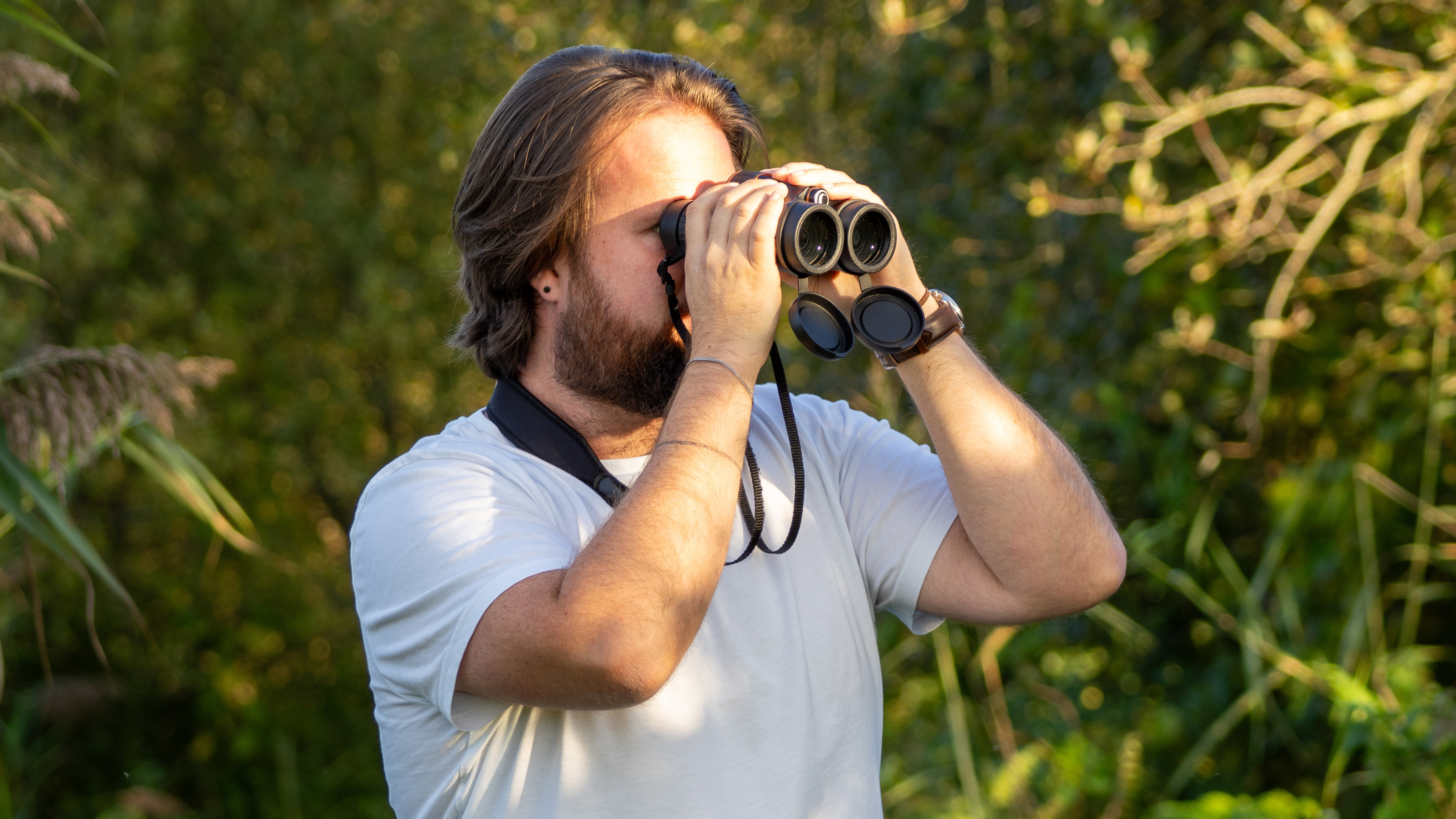
Whether you want to observe the night sky, spot rare birds of watch wildlife in its natural habitat, you'll want a set of the best binoculars. We've rounded up our favorites here, including options suited for all types of uses — as well as versatile binoculars that can be used for multiple purposes.
The quick list

Best overall
Well-constructed flagship binoculars marry a respectable 10x magnification to a large-ish objective lens.

Best value
An able travel companion, these portable roof prism binos are excellent for bringing wildlife closer.

Best styling
Mid-range multi-purpose binoculars suitable for observing nature in the great outdoors.
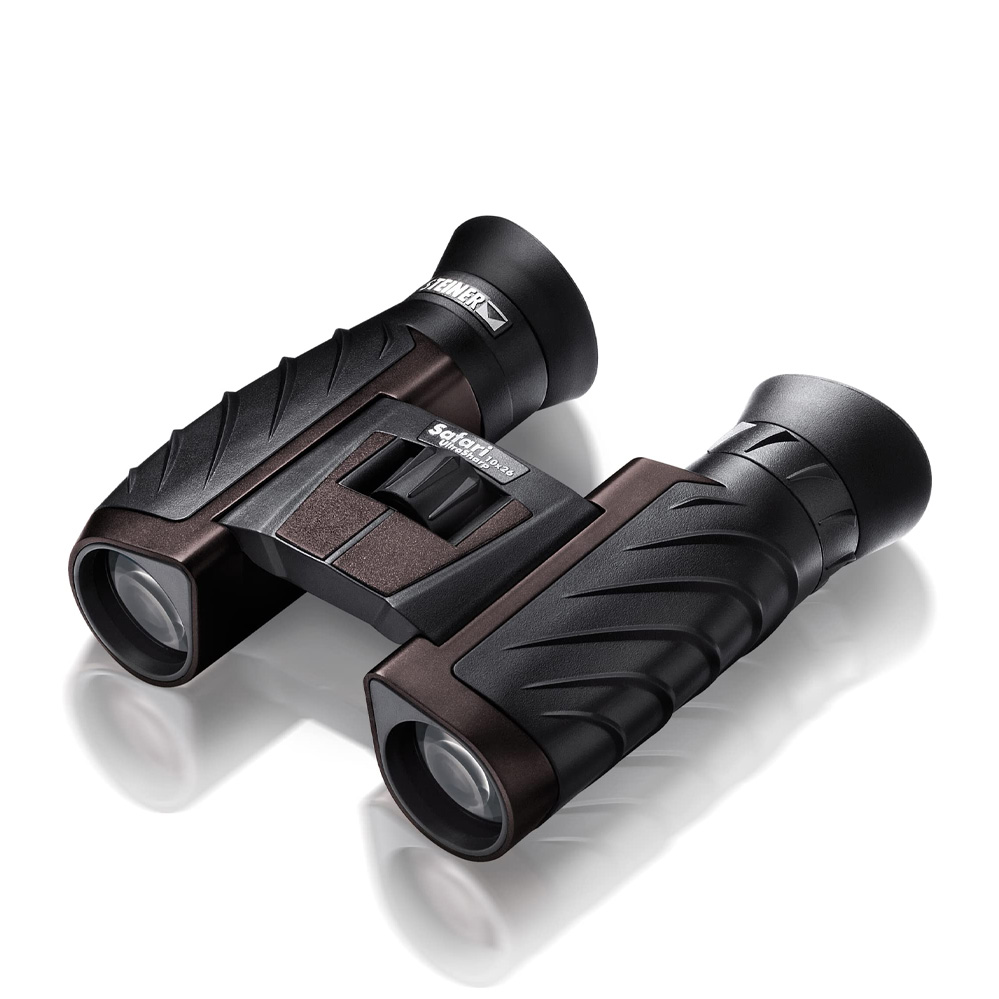
Best compact binos
Compact and ultra-portable binoculars suitable for sightseeing, and that’s just for starters.
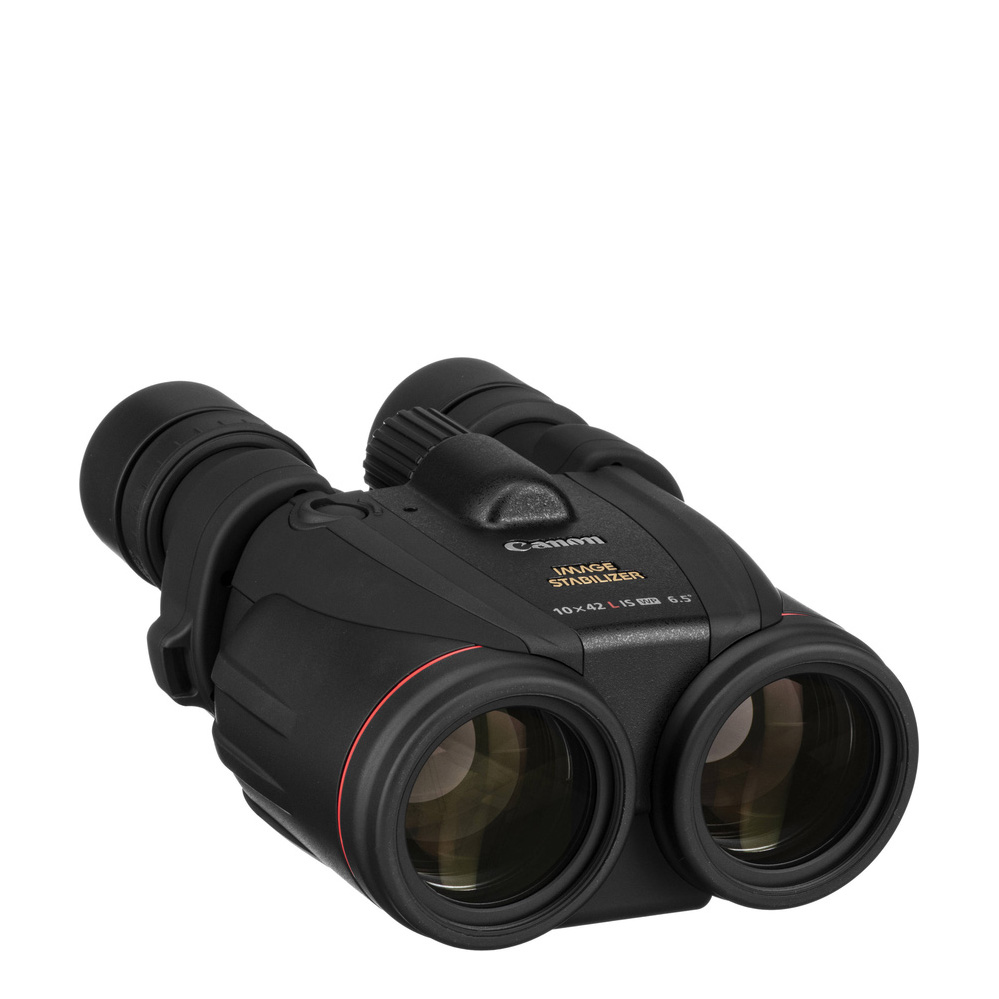
Best image stabilized binoculars
Powerful binoculars that stand out from the crowd thanks to its built-in image stabilization.

Best for bird watching
One of our favorite binoculars ever, the Noctivids are a birdwatchers dream, with excellent sharpness, brilliant light transmission and near flawless optics — should your budget stretch, we wouldn't hesitate to buy them.
If you're enthusiastic about stargazing, you'll want a set of the best binoculars for stargazing. Alternatively, if ornithology is more your thing, you'll likely be interested in the best birdwatching binoculars. In this guide to the best binoculars currently on the market, we've been sure to include a mixture of both, including binoculars that are good all-round performers.
In choosing the best binoculars, we've considered their optics, their build quality, their price and how well they perform in different situations. Our expert reviewers have tried and tested everything on this list, so you can always find more information in each individual review.
With Prime Day coming up on July 8-11, it's a good time to start thinking about making a purchase if you're in the market for some new binoculars. There's a lot to enjoy this time of year too: for wildlife enthusiasts, there are minke and humpback whales to be spotted in Cape Cod, and June marks the peak of puffin feeding season in Maine. If you're in the northwest, you might be lucky enough to spot a bear cub emerging from its den in Alaska. If you're more interested in the night sky, Venus and Saturn can be seen in the pre-dawn hours, and the latter half of the month has Mercury visible in the night sky in the west.
Best binoculars we recommend in 2025
Why you can trust Live Science
Best binoculars overall
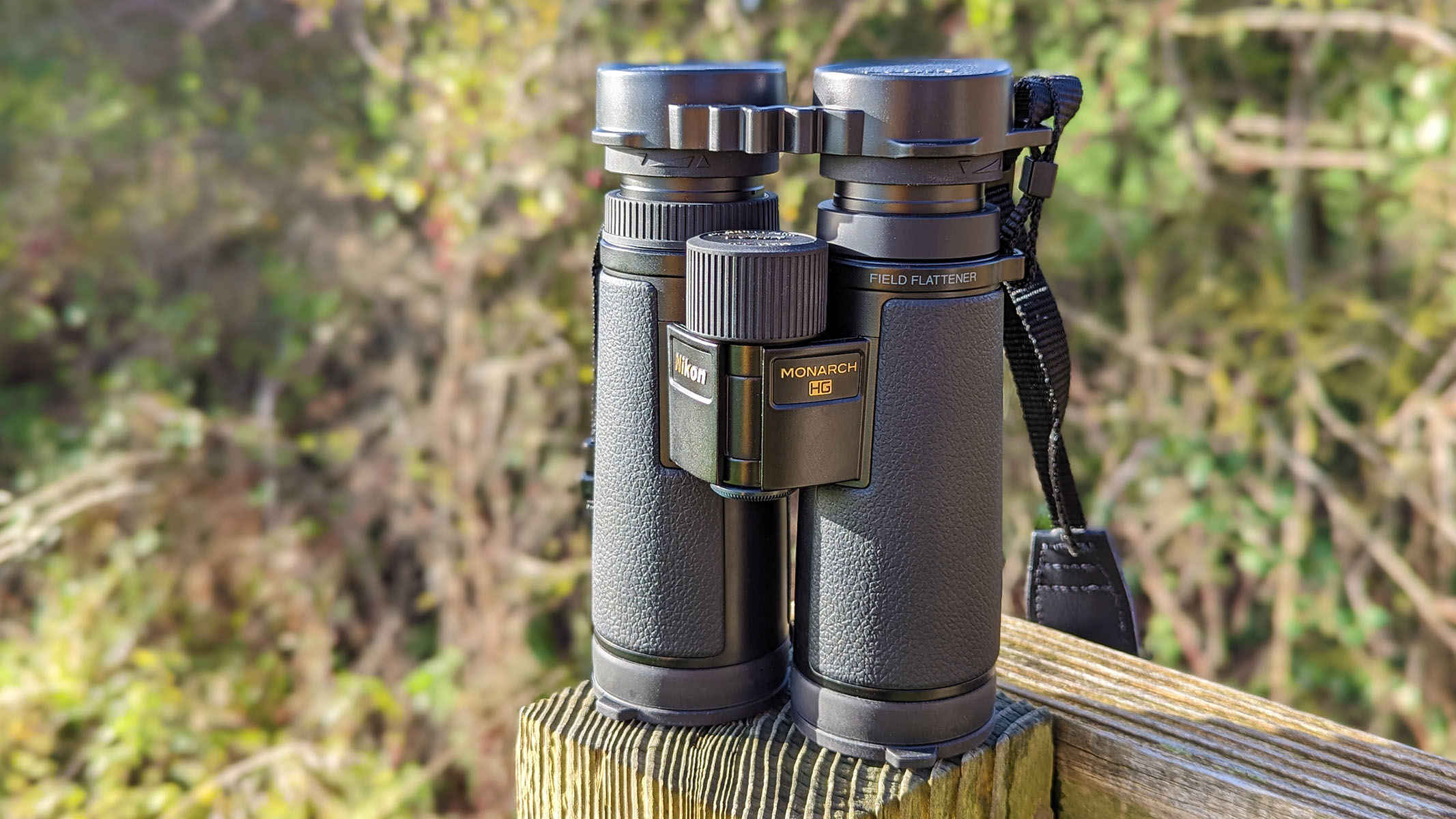
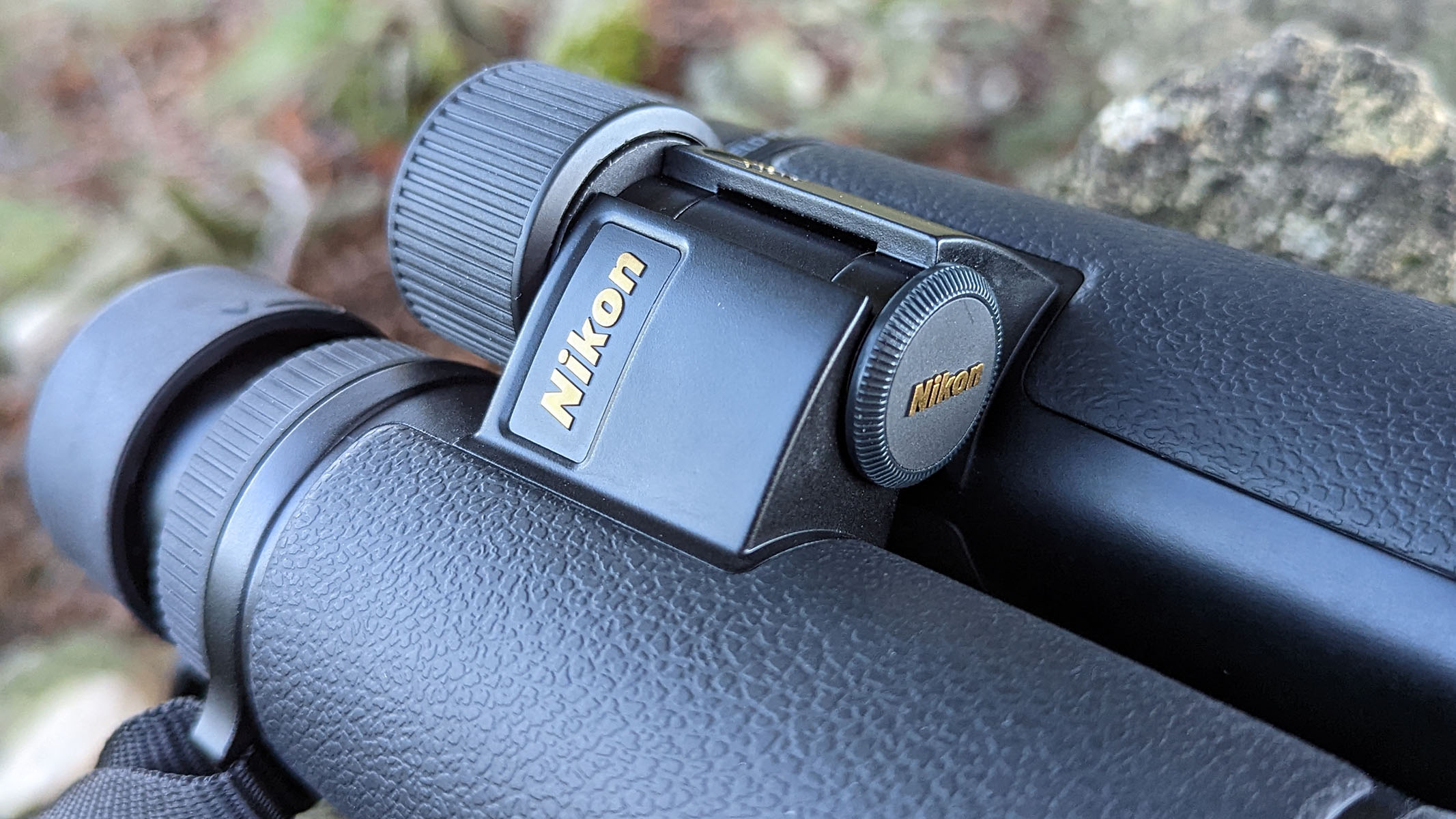
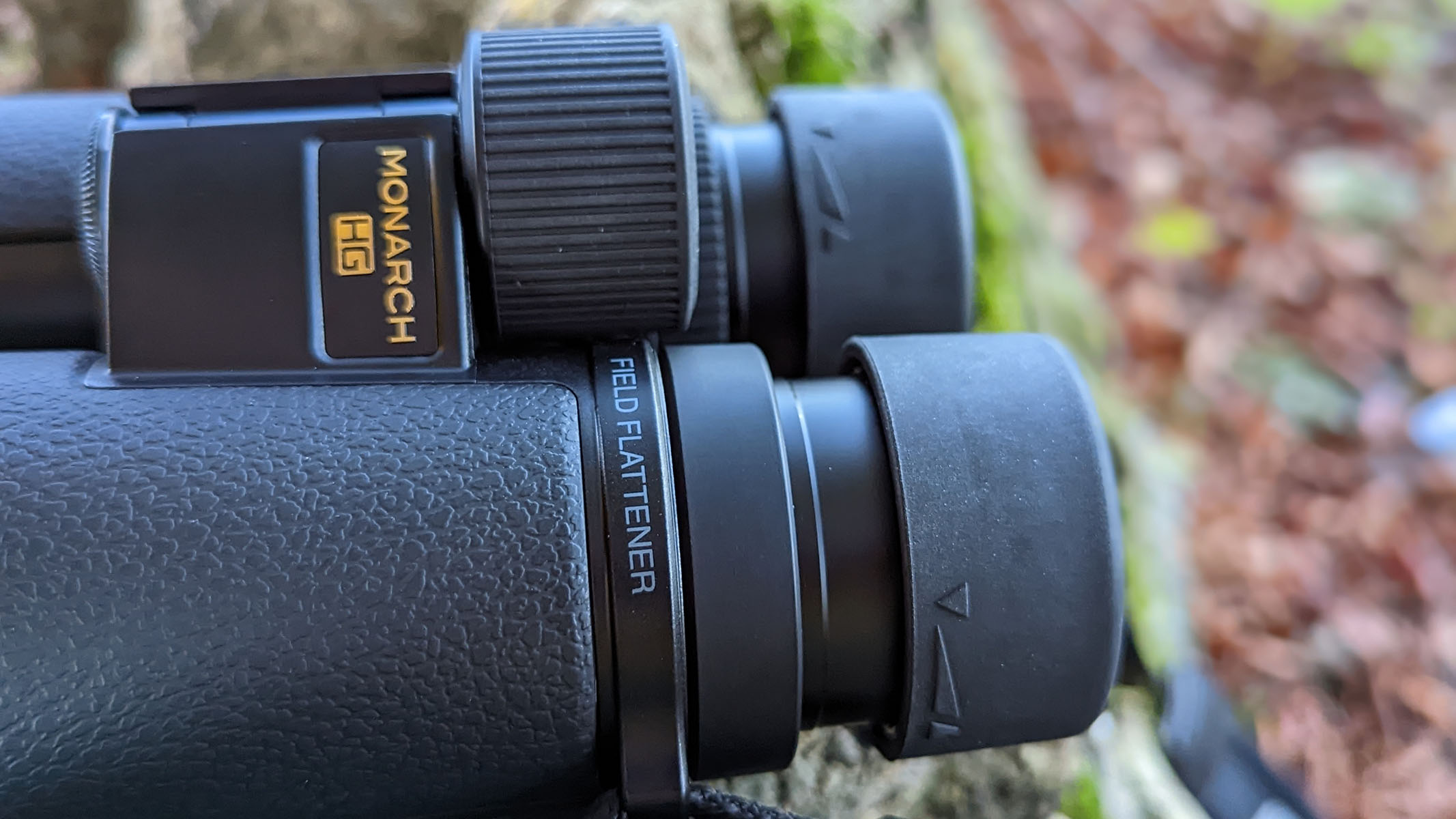
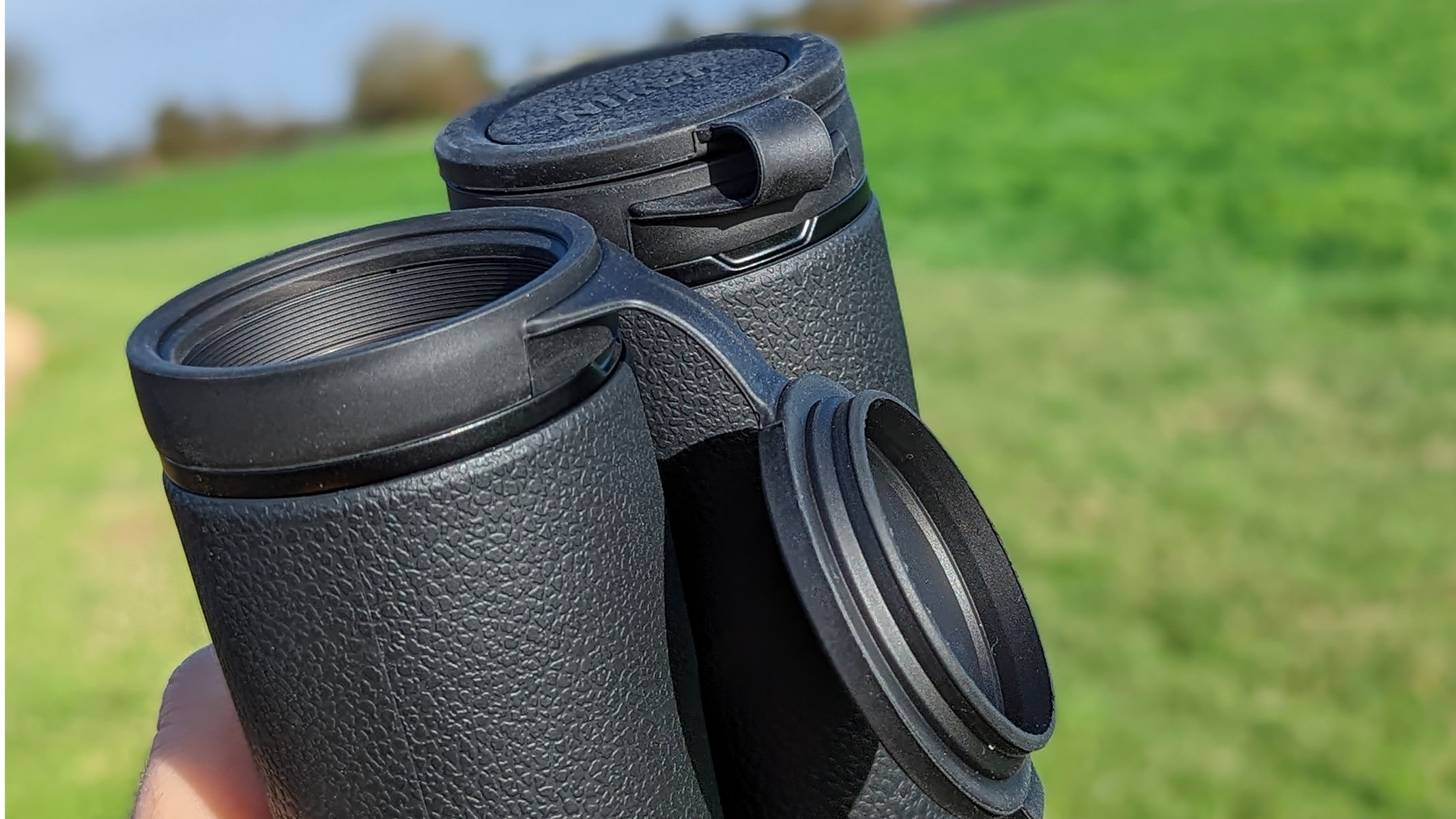
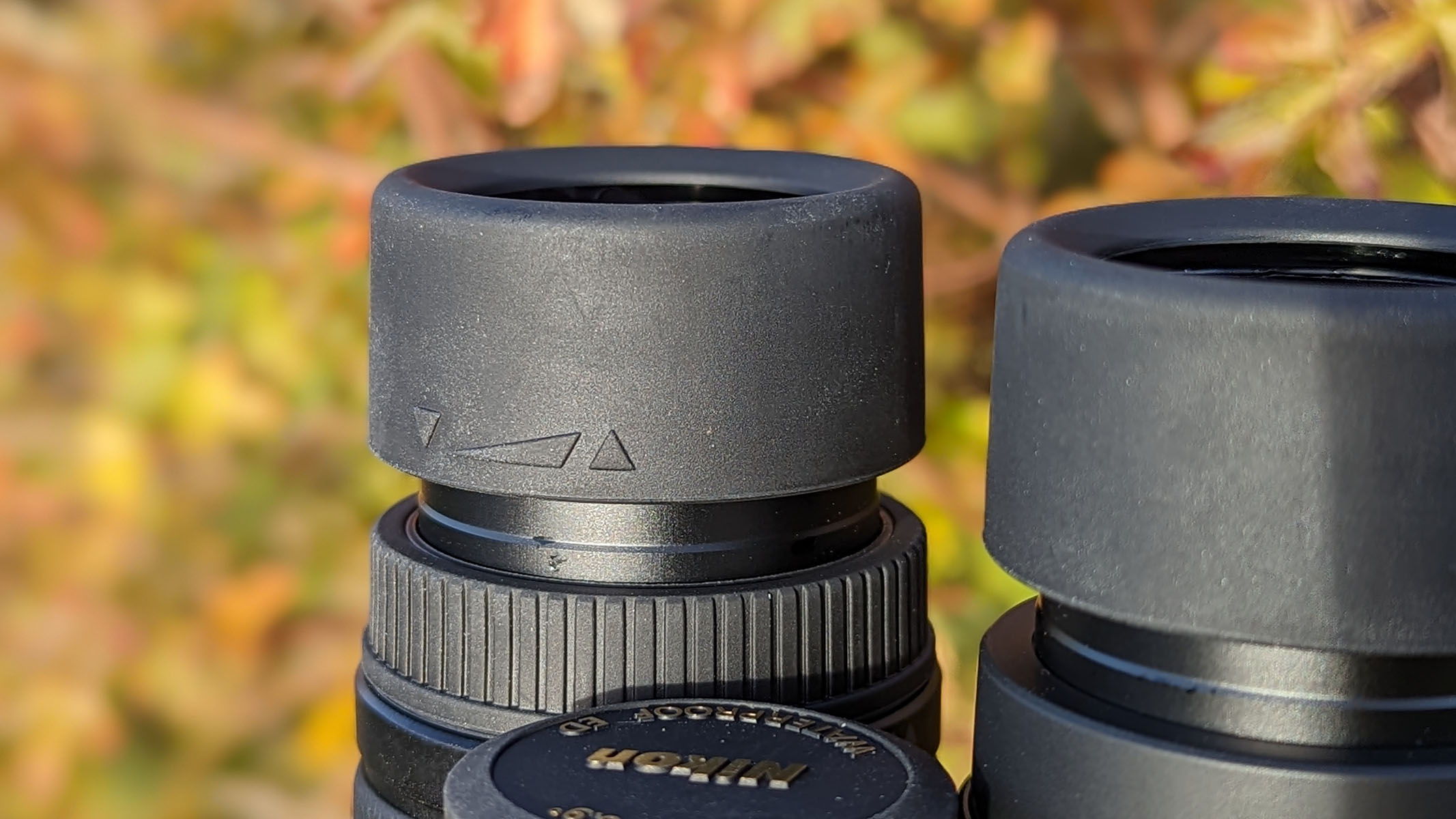
Specifications
Reasons to buy
Reasons to avoid
✅ You want something portable: They have a narrow, slender design and only weigh 1.5 lbs / 680g.
✅ You want outstanding optics: They have excellent light transmission, edge-to-edge sharpness and practically no chromatic aberration.
❌ You're on a budget: If you want top-of-the-line optics, you'll need deep pockets. If you're on a budget, try the Celestron Nature DX 12x56.
❌ You want image stabilization: These binos don't have image stabilization — we'd recommend the Canon 10x42L IS WP.
🔎 Nikon Monarch HG 10x42: They're waterproof and fogproof to stand up to all weather conditions — whether you're caught outside in the rain or transitioning between a warm house and the chilly outdoors, these premium binos from Nikon will be able to keep up with you. ★★★★½
Design: We found it difficult to find any flaws with these binoculars — not only do they look great, but they feel good and comfortable in the hand. Their soft all-over rubberized armor meant we could always keep a firm hold, keeping them secure during use. A roof prism design ensures they're compact enough to slip into a jacket pocket, or there’s a cushioned neck strap, convenient for hiking or traveling around.
They'll work anytime anywhere thanks to their waterproofing to protect from the elements and nitrogen-purging to prevent them from fogging up. That means rain doesn’t stop play when wildlife watching, even if you jump straight out of a warm house or car into a cold winter snap outside. We also appreciated the locking diopter, which is useful for ensuring the focus doesn't get knocked when you're taking them in and out of your bag.
Performance: There's a reason these binoculars sit at the very top of Nikon's binocular line. A jewel in the crown, the Monarch HG 10x42s are far and away some of the best we've ever tested, as we mentioned in our Nikon Monarch HG 10x42 review. They're built exquisitely, feel great in the hand and have off-the-charts optics that are pin-sharp edge-to-edge.
We saw no chromatic aberration to speak of, which is outstanding, and the image was sharp across the entire frame — even right up to the edge. For general-purpose viewing, they're hard to beat.
Functionality: Light transmission is good too, we found we could keep using these even into twilight when the light levels start to drop. The focusing wheel was smooth and allowed for easy focus pulling, and they're nice and lightweight at 1.5lbs / 680g.
Simple and elegant with a high level of finish and great performance, this Nikon example is one of the best binoculars on the market. Overall, it's hard to find any faults with them — the only thing we'd like to see is image stabilization.
- Read our full Nikon Monarch HG 10x42 review
Attributes | Notes |
|---|---|
Design | Lightweight and compact, can easily slip into a coat pocket. |
Performance | Edge to edge sharpness. |
Functionality | Hard to fault, but we'd like to see image stabilization. |
Best value binoculars
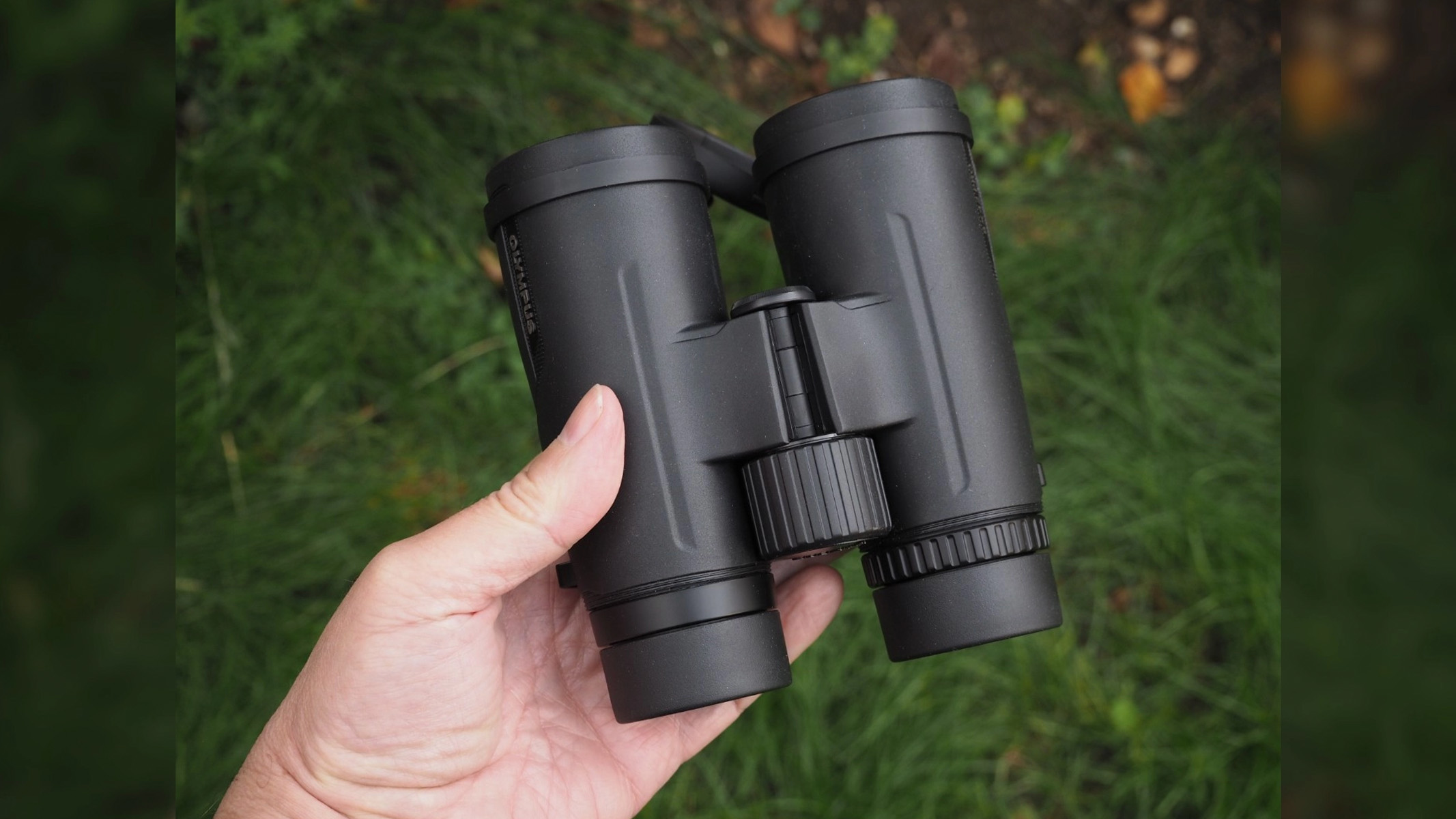
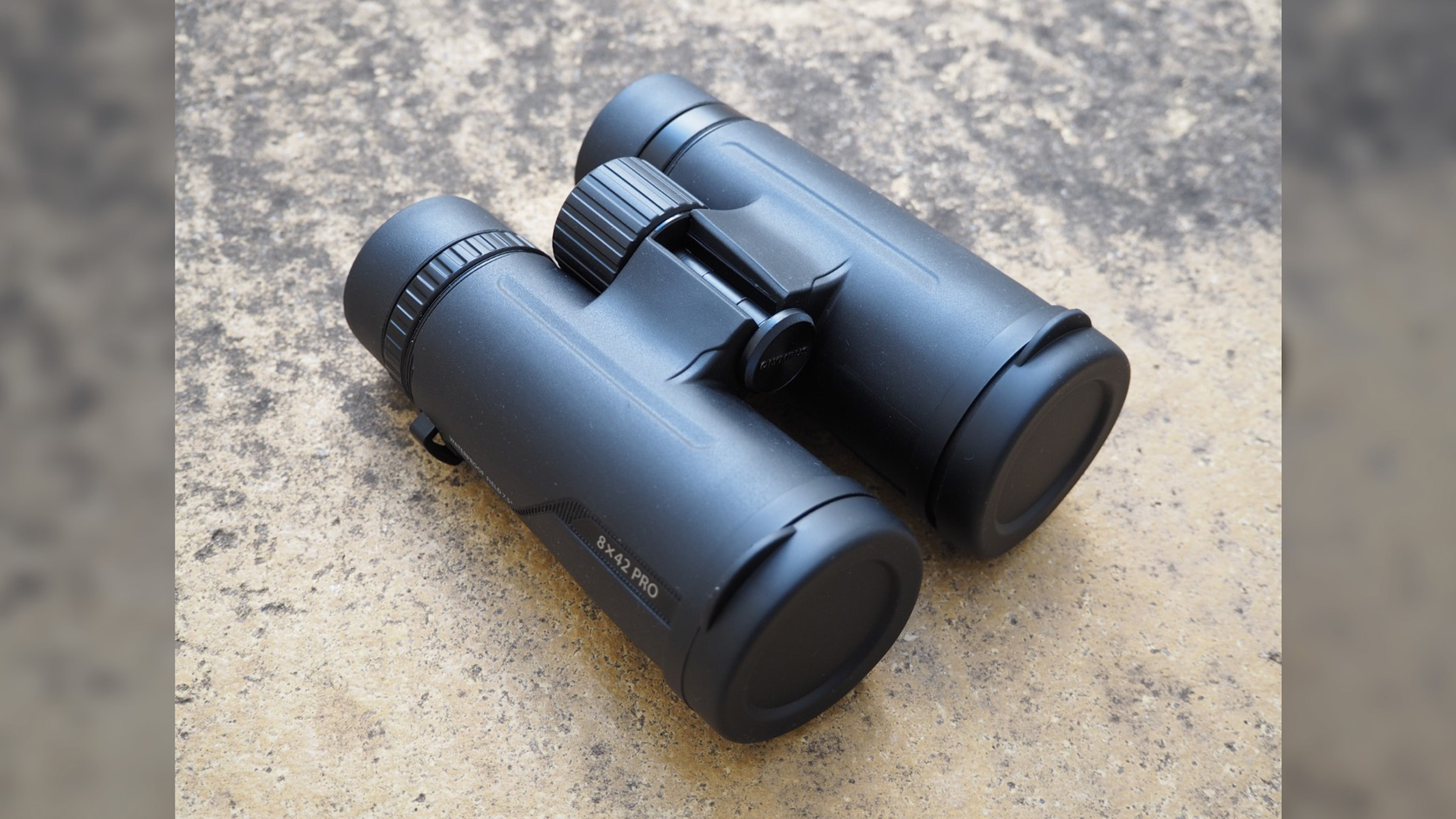
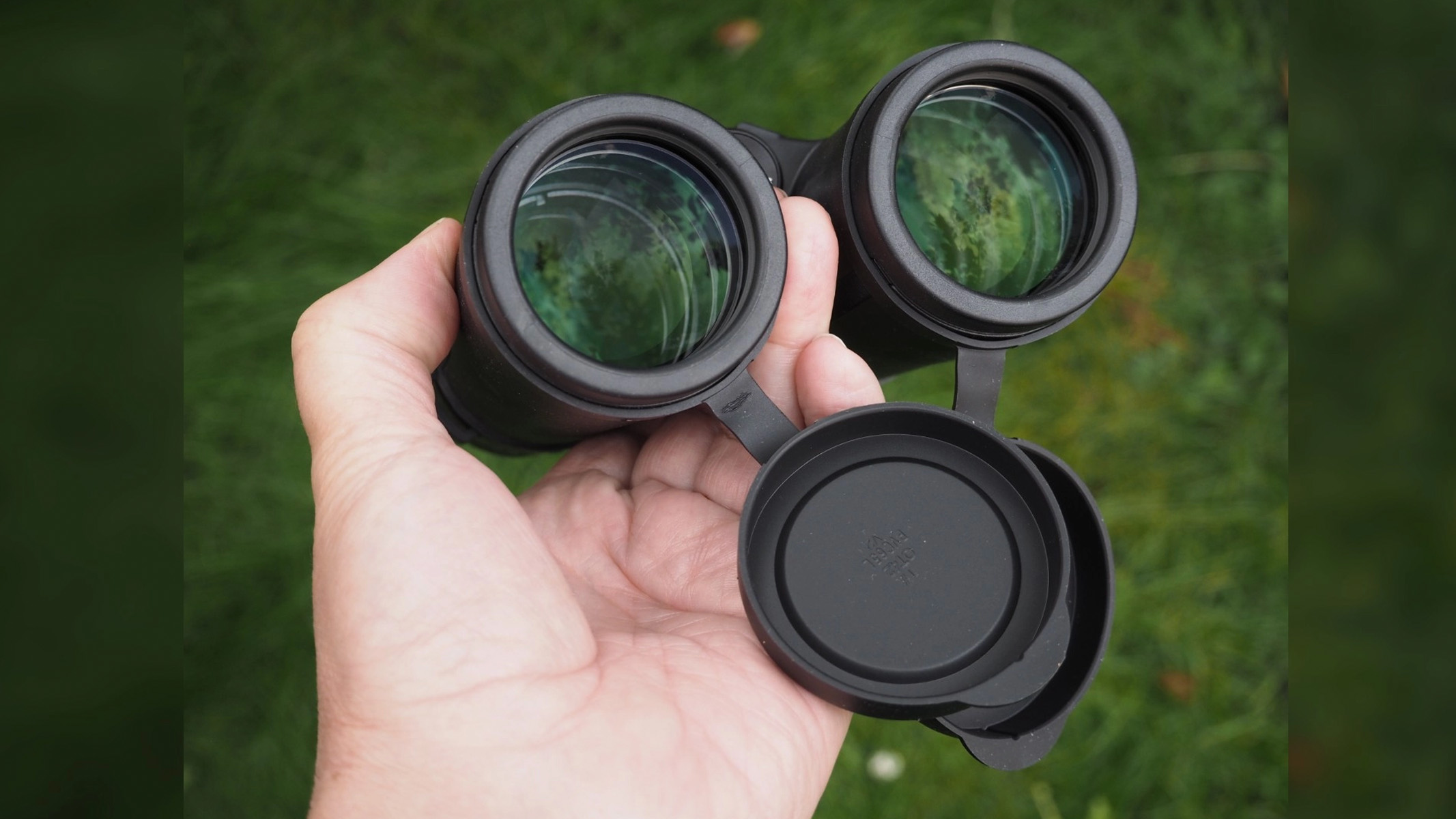
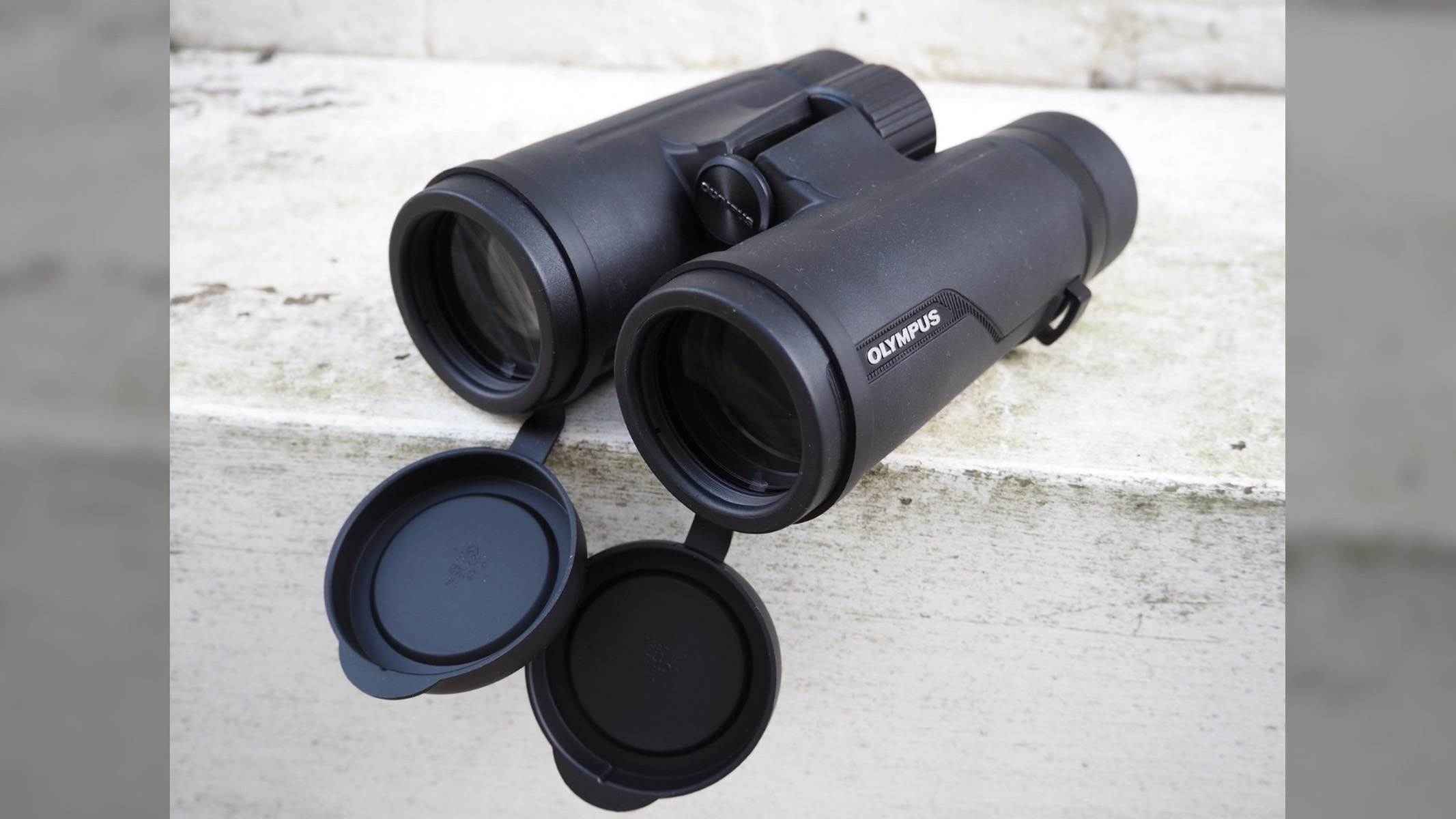
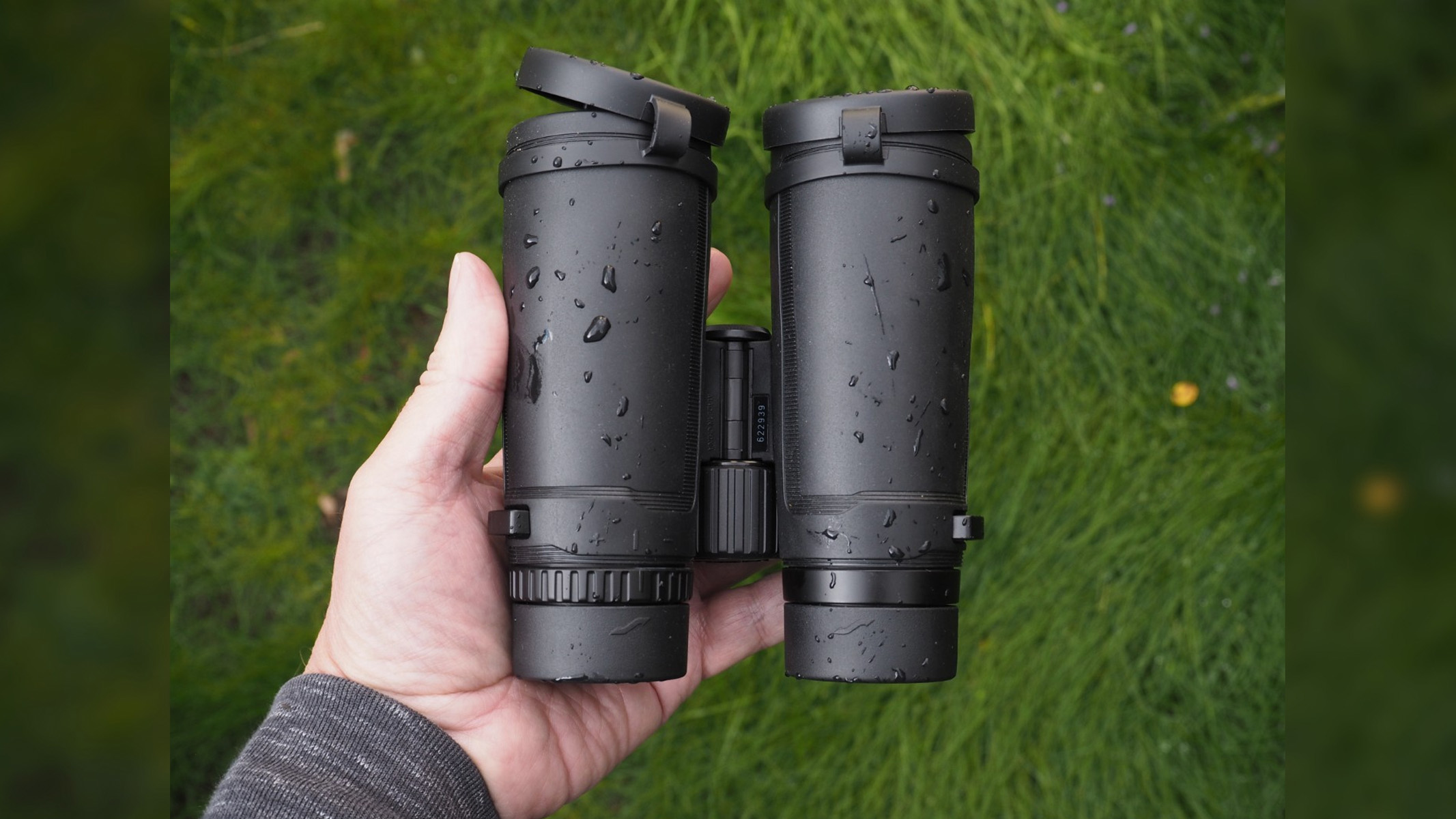
Specifications
Reasons to buy
Reasons to avoid
✅ You don't want anything too heavy: They aren't the lightest option, but they're easy enough to carry around.
✅ You want to use them in all weathers: They're waterproof, and the lens coatings are oil-repellent.
❌ You want image stabilization: These binoculars don't have it — check out the Canon 10x42L IS WP.
❌ You want more magnification: The 8x is fine for wildlife watching, but for other uses, you may want to consider 10x or 12x — we love the Celestron Nature DX 12x56.
🔎 Olympus 8x42 Pro: They're well-built, protect against the elements and offer impressive optics for viewing birds and other wildlife. They're not the most affordable, but we think you get what you pay for in this instance. ★★★★
Wildlife watchers who love being out in nature may want to consider the Olympus 8x42 Pro binoculars from a brand who are renowned for their optics and camera production.
Design: Olympus is all about packing a punch, feature-wise, in an affordable product and is much more affordable than the much more expensive Leica or Zeiss. This pair provides a good balance when it comes to size and weight, especially as they offer peace of mind courtesy of a whopping 15-year warranty. We were impressed when we tested them out during our Olympus 8x42 Pro review.
They feel reassuringly weighty and comfortable to hold thanks to their rubber-feel surface, and we thought the extra weight aided steadiness when looking at distant objects. Although they don't have any image stabilization, we felt they didn't need it.
Performance: Defined as a ‘Pro’ option, they feature the same nano-coated high-performance ‘Zuiko’ optics, complete with ED lenses, as the Olympus camera range. This resulted in unprecedented light transmission for their class, and we were able to achieve extremely sharp and clear images right to the corners of the frame.
Their slender and simple nitrogen-filled construction protects them against the elements, and we get the ability to focus on subjects from as close as 1.5m to 1,000m away. Plus, a dioptric adjustment ring and extendable eye relief provide comfort for those who wear glasses.
Functionality: If you want something even more powerful and are willing to spend a little bit more, we'd recommend the alternative 10x42 model, also from Olympus. The 8x magnification is fine for general-purpose use, but we'd recommend investing in a little extra reach.
- Read our full Olympus 8x42 Pro review
Attributes | Notes |
|---|---|
Design | Well built and reassuringly weighty. |
Performance | Clear and sharp images all across the frame. |
Functionality | Waterproof and fogproof. |
Best mid-range
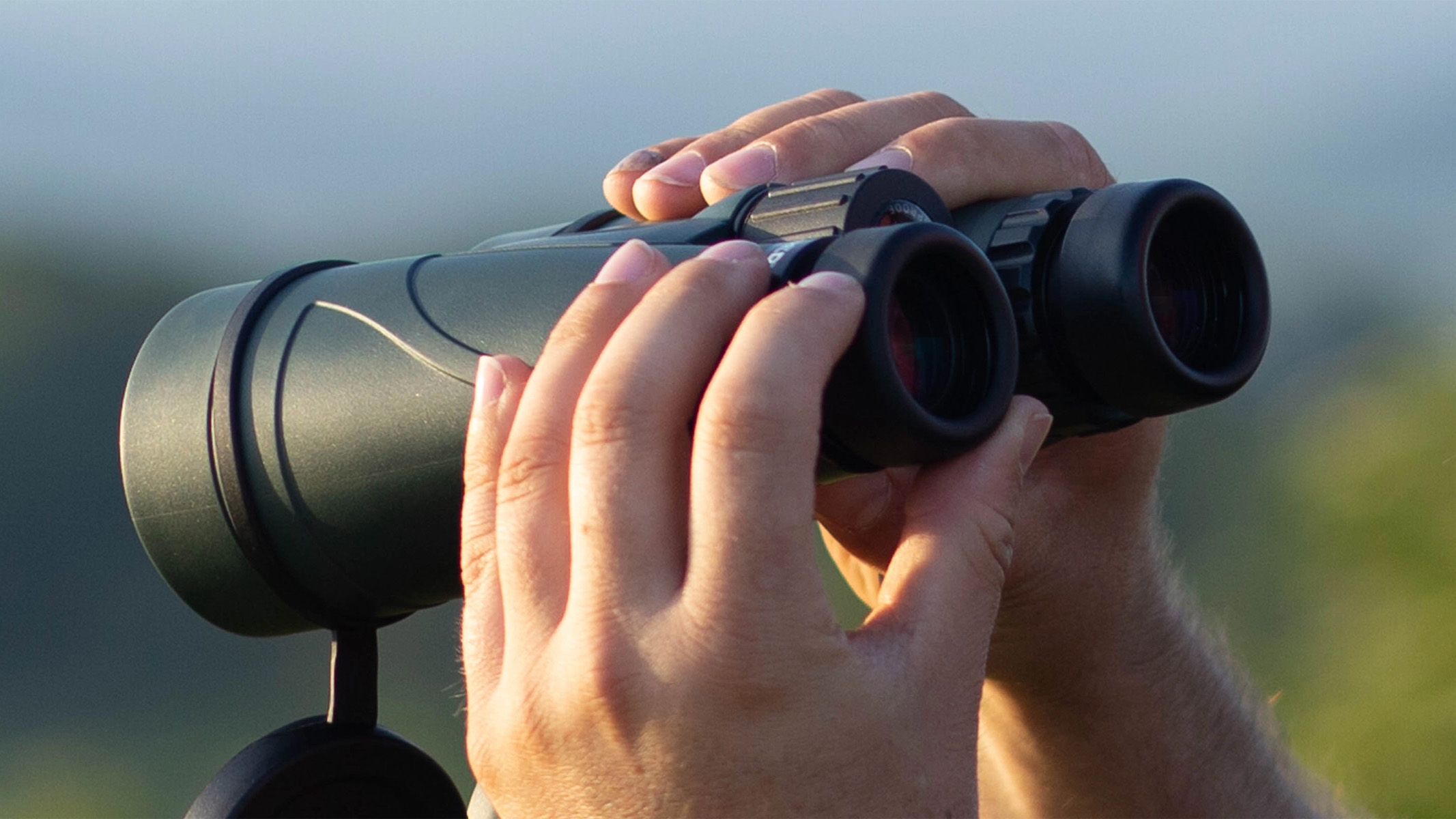
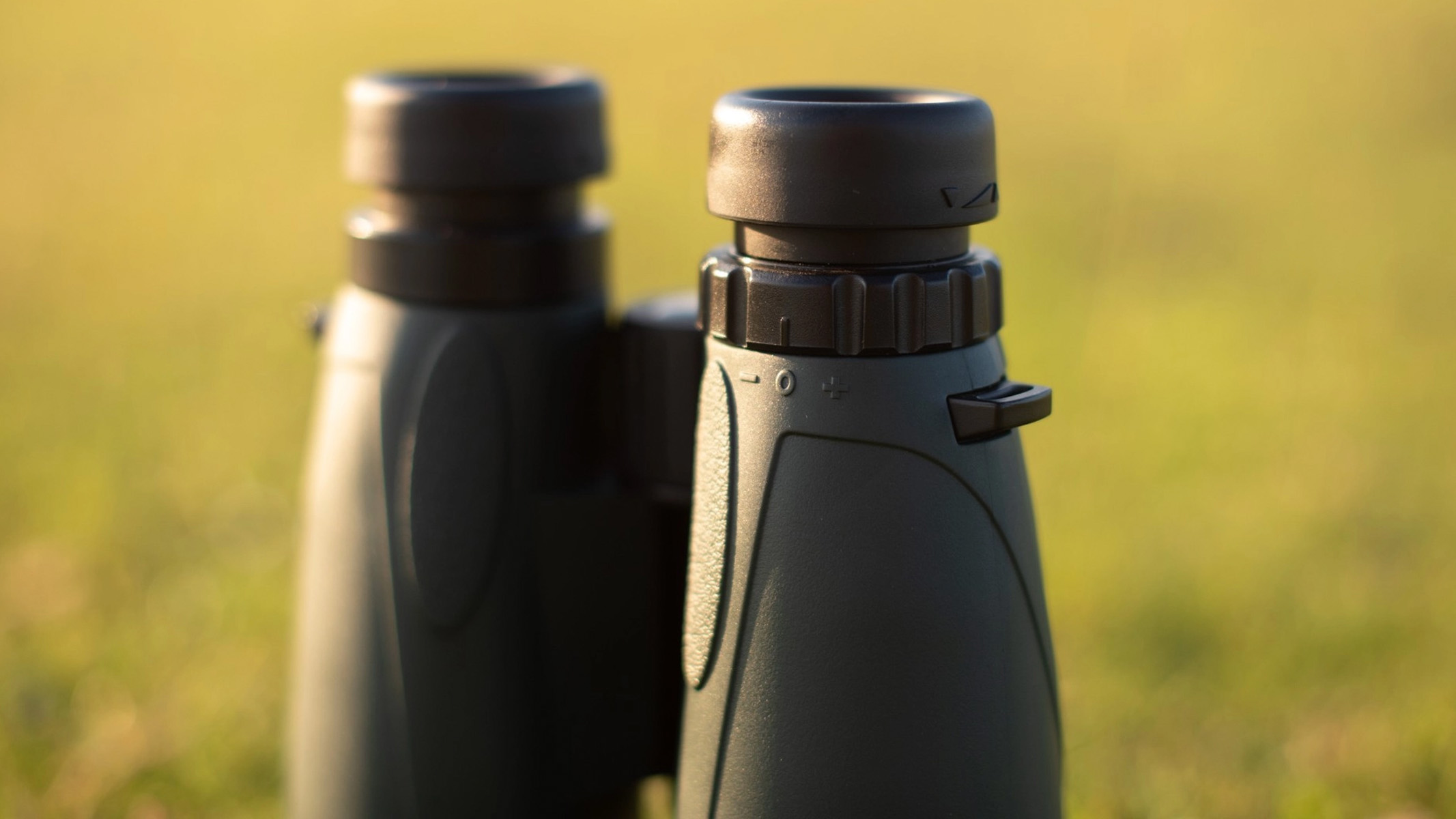
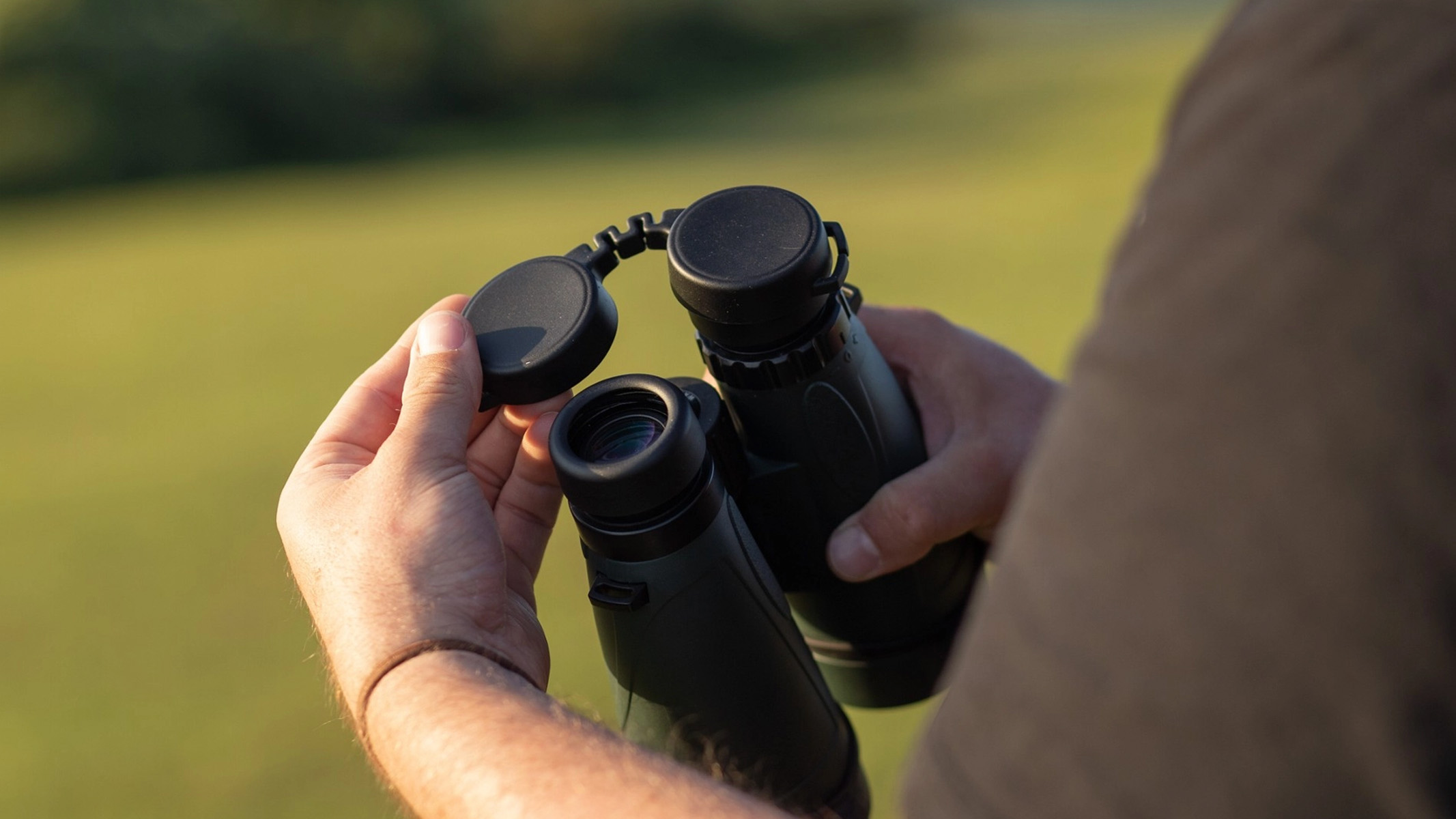
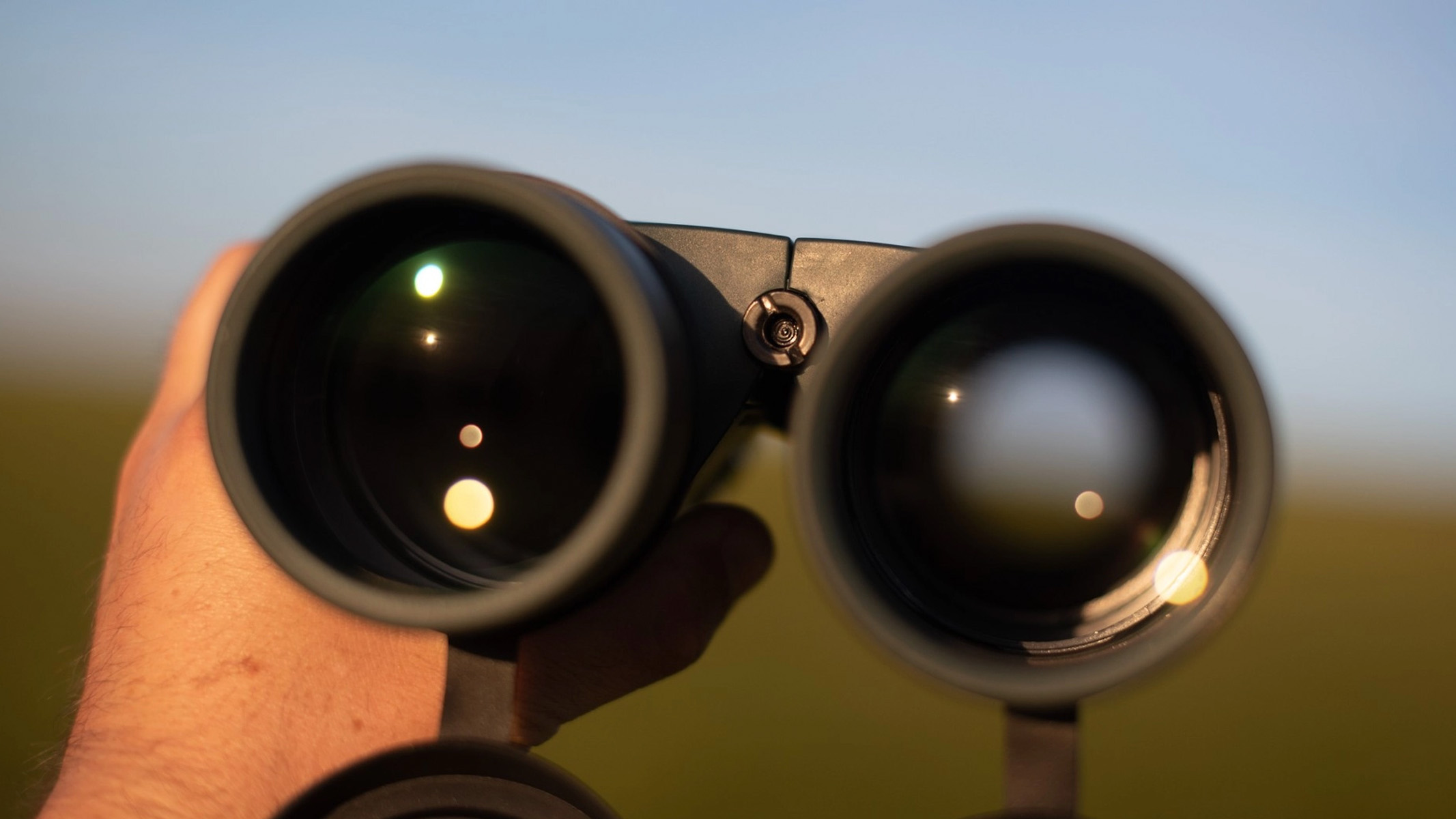
Specifications
Reasons to buy
Reasons to avoid
✅ You enjoy stargazing: They are good for stargazing and wildlife watching alike.
✅ You want to mount them to a tripod: They have a mount to attach them to a tripod for longer sessions.
❌ You want something lightweight: They can become heavy after long periods of handheld use — the Olympus 8x25 WP II are the lightest on this list.
❌ You want the sharpest views possible: They're fine for the price, but anyone wanting sharper views will want to spend more. If money is no object, we love the Leica Noctivid 10x42.
🔎 Celestron Nature DX 12x56: For handheld stargazing, casual birding and wildlife use, their magnification and light weight are ideal. They aren't the sharpest pair, but we think they're good value for money. ★★★★½
Design: Like many other Celestron binoculars, the Nature DX 12x56 have a natural-toned green design — the idea being to blend in with your natural surroundings. They have good rubber grip which would be easy and comfortable to hold while wearing gloves or in wet conditions. They have 16mm of eye relief which is fine for users who wear glasses and don't want to take them off while observing, but we'd have liked to see a little more than 16mm.
Performance: As the binocular lenses get bigger, they perform better in low light and the Nature DX's 56 mm objective lenses on this variant of the line make it a great option for those who want to continue observing nature into the twilight hours, as we mentioned in our Celestron Nature DX 12x56 review. They’re also suitable for any wet and wild adventures due to the binoculars’ housing being nitrogen-purged to avoid fogging in damp conditions, as well as being waterproof.
We noticed a bit of chromatic aberration around areas with high contrast, but this was only noticeable during daytime observations. They delivered full, bright images, although they weren't quite as sharp as we'd have liked, and we found it to be a very useful magnification for stargazing and wildlife watching.
Functionality: To further aid visibility, the lenses are multi-coated to protect against ghosting and flares. The Celestron Nature DX 12x56 has a durable polycarbonate construction and a closest focusing distance of 9.8 ft (2.9m), which is great if you want to view wildlife in your backyard.
However, a large lens does result in a heavy device, with these weighing in at just over a kilo, and this means that extended use may result in weary limbs. Yes, it can be attached to a tripod, but you’ll need to buy an additional adapter to be able to do that. Nevertheless, this is a great value option for those seeking a brighter pair of optics, despite the weight.
- Read our full Celestron Nature DX 12x56 review
Attributes | Notes |
|---|---|
Design | Comfortable to use with good grips. |
Performance | Not the sharpest image. |
Functionality | Close focusing down to 9.8 ft (2.9m). |
Best compact binoculars
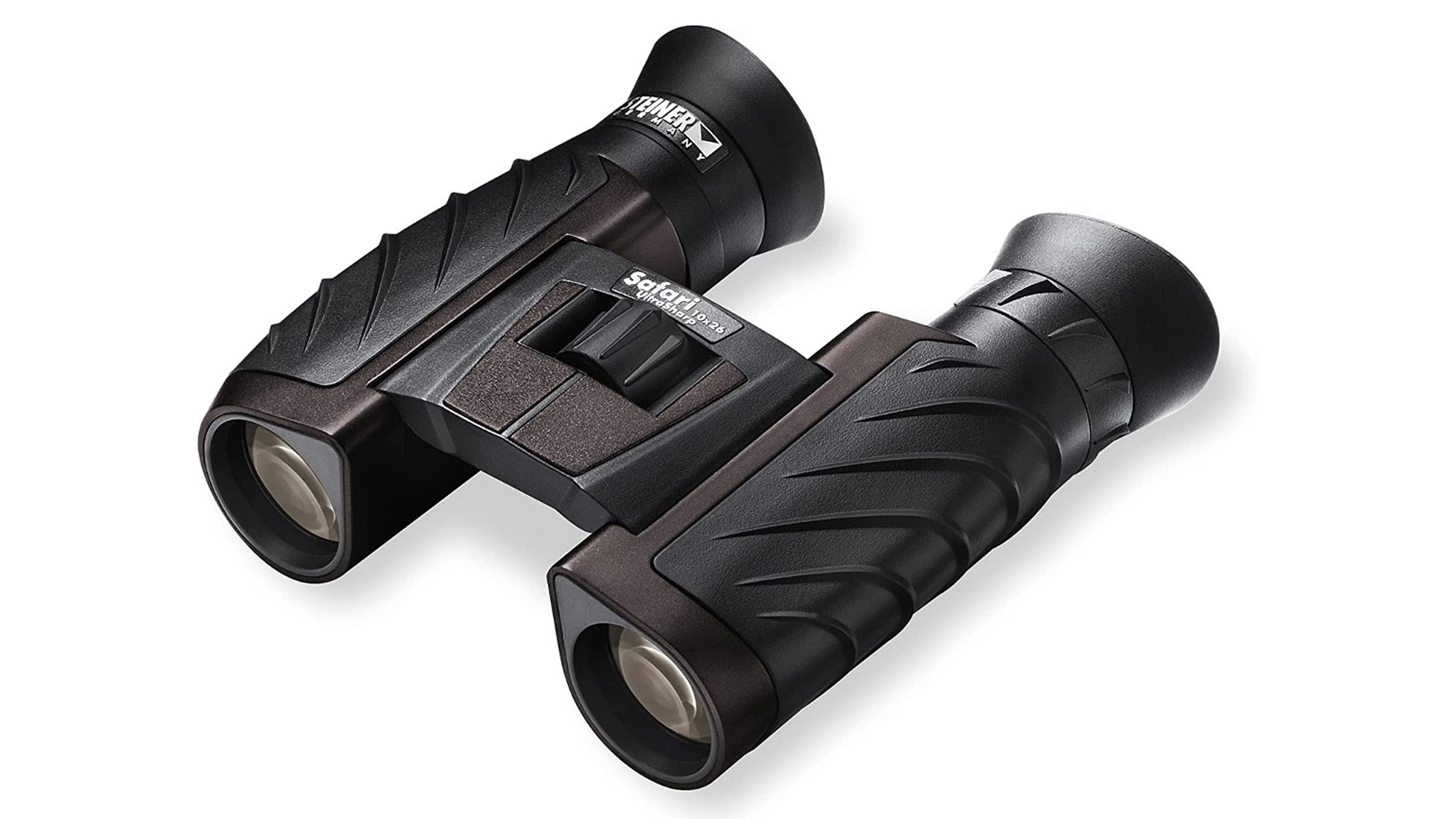
Steiner 10x26 Safari Ultrasharp
Our expert review:
Specifications
Reasons to buy
Reasons to avoid
✅ You're on a budget: These binos are very affordable.
✅ You want small and lightweight: They're very compact and only weigh 10.5 oz / 297g — ideal for travel.
❌ You wear glasses: The 11mm eye relief isn't enough for users who wear glasses. Check out the comparison table at the bottom of the page to see which pairs have the most eye relief.
❌ You want to use them after dark: For stargazing or wildlife watching at night, there are better options — we think the Celestron Nature DX 12x56 are great after dark.
🔎 Steiner 10x26 Safari Ultrasharp: These ultra-portable binos are affordable and can turn their hand to a broad range of uses. They deliver great results for the price, but more experienced users will likely want to invest in a better pair. ★★★★
Design: Steiner is another well-respected binocular brand. This ultra-compact offering is perfect for anyone wanting to watch sports or who just requires a small yet powerful option when traveling. In short, the ‘Safari’ in Steiner 10x26 Safari Ultrasharp doesn’t even begin to convey the broad range of uses these binos offer.
The 26mm objective lens appears modest on paper compared to the alternatives in our buyer’s guide, but these polycarbonate binos make an ideal companion for those seeking an all-in-one device: They’re waterproof, fog-proof and their rubber eyecups are comfortable whether used with or without glasses — although the 11mm eye relief will be disappointing if you do wear glasses. Plus, their rubberized finish, with a ridged and roughened body, feels great to grip.
Performance: The UV glass-coated Steiner 10x26 Safari Ultrasharp binoculars maintain sharpness across the field of view and commendably into the corners. Even when conditions aren’t the best, these deliver accurate colors and reasonable brightness.
Functionality: Due to the lightweight build, it’s tricky to hold the binos completely steady, particularly when viewing objects at greater distances. That said, for operability and an almost pocket-money price, these German-brand binoculars are hard to beat.
Attributes | Notes |
|---|---|
Design | Compact and lightweight build. |
Performance | Sharp images across the whole frame. |
Functionality | Waterproof and fogproof. |
Best binoculars for color reproduction
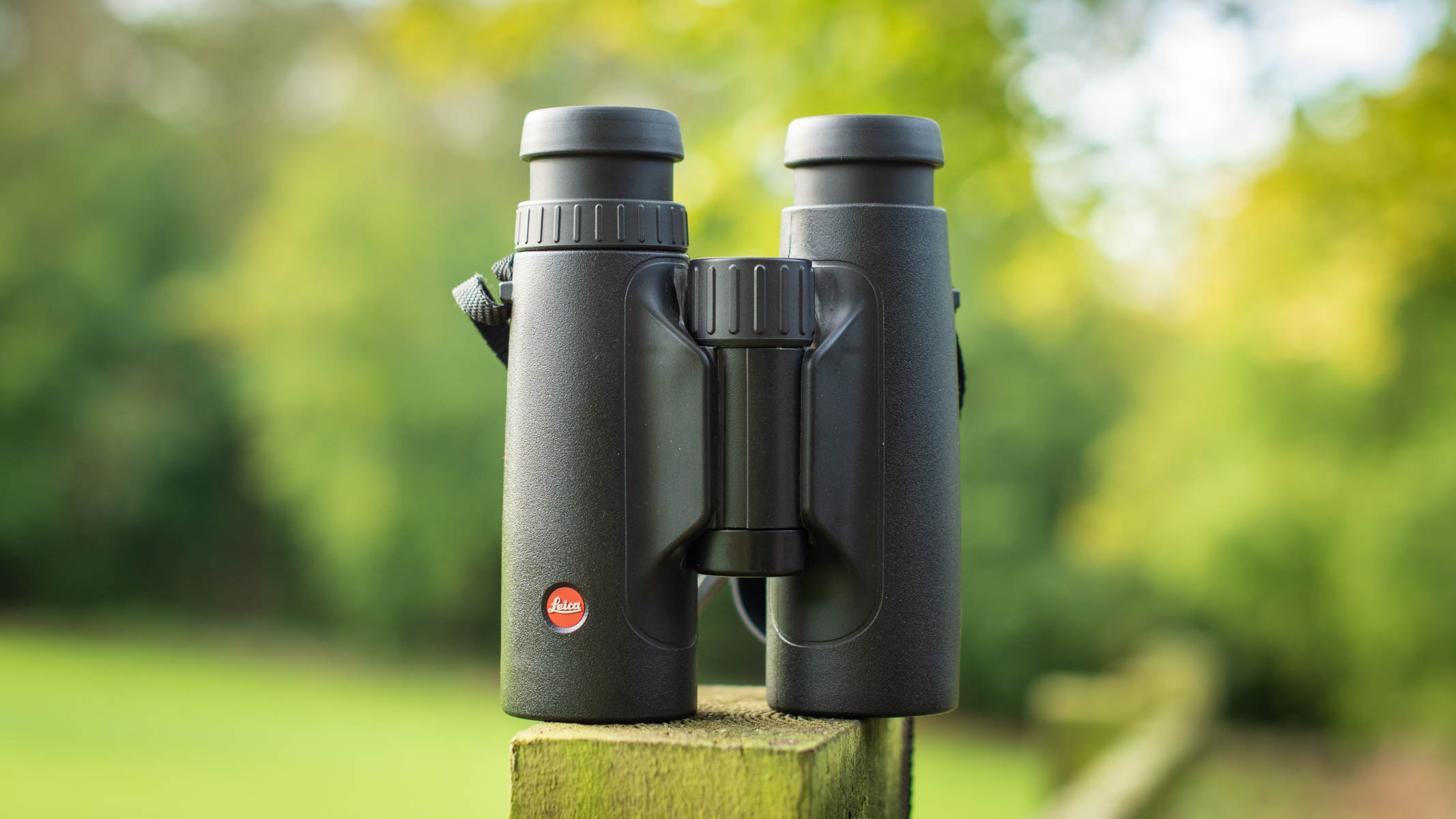
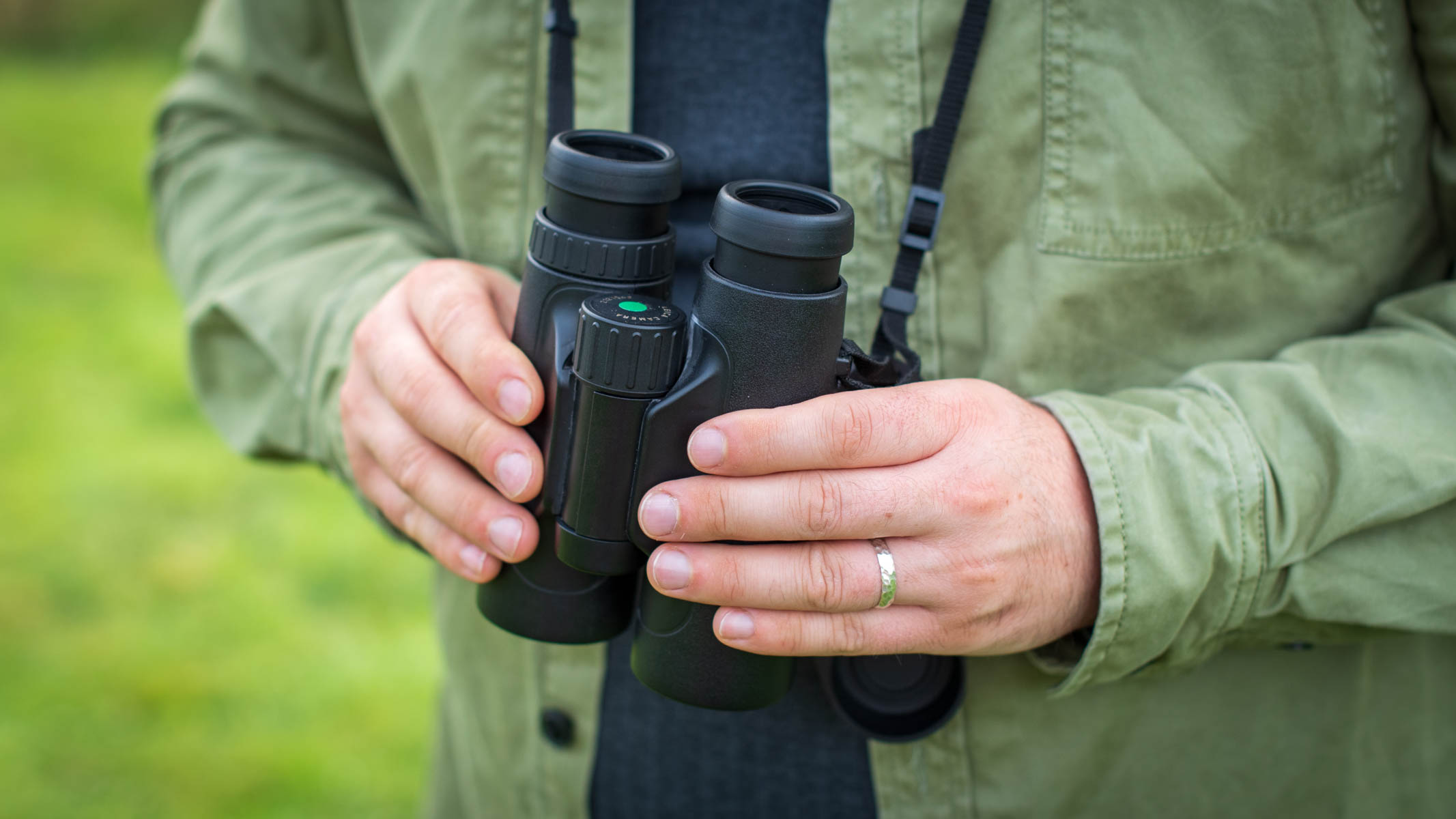
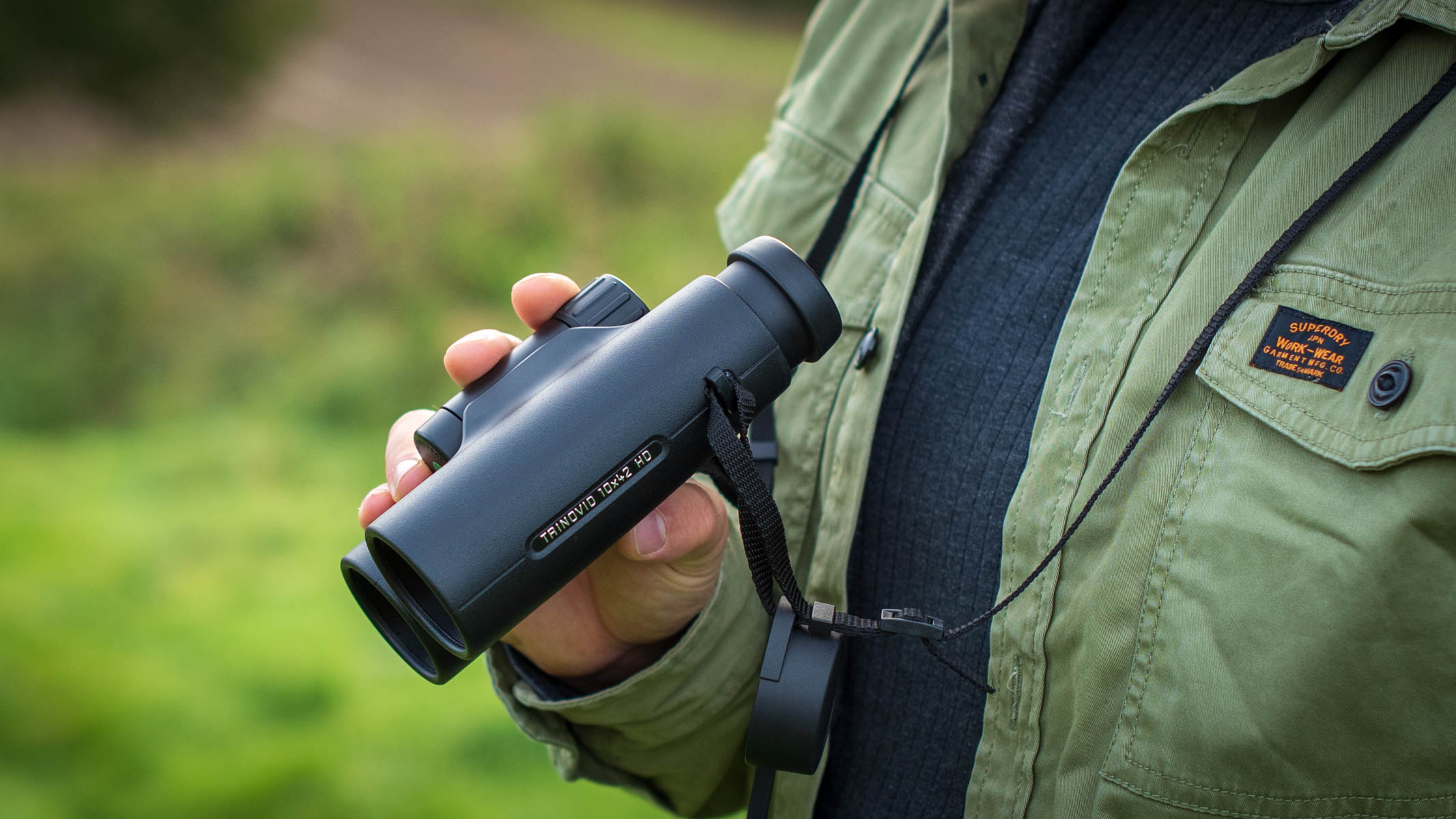
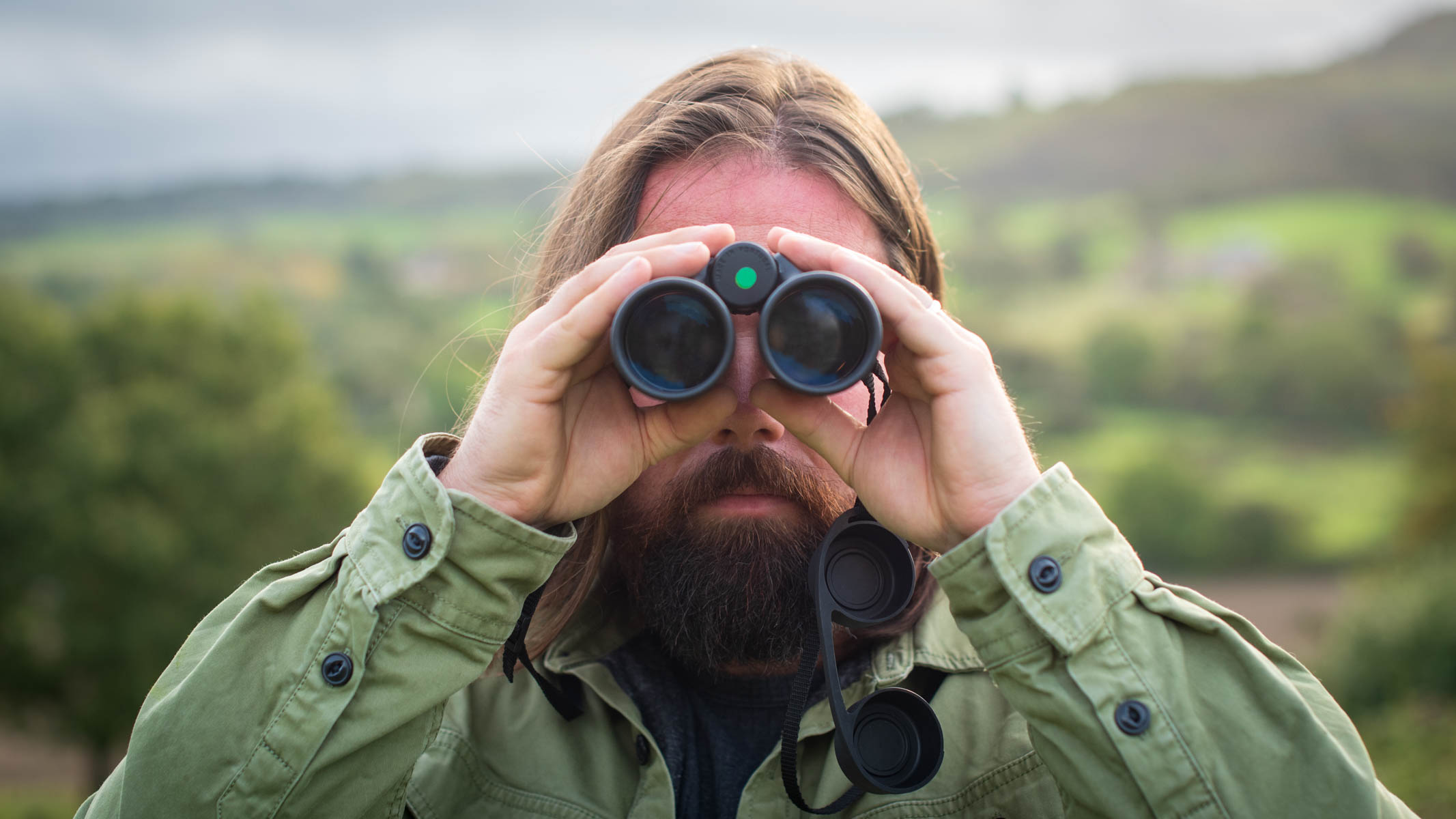

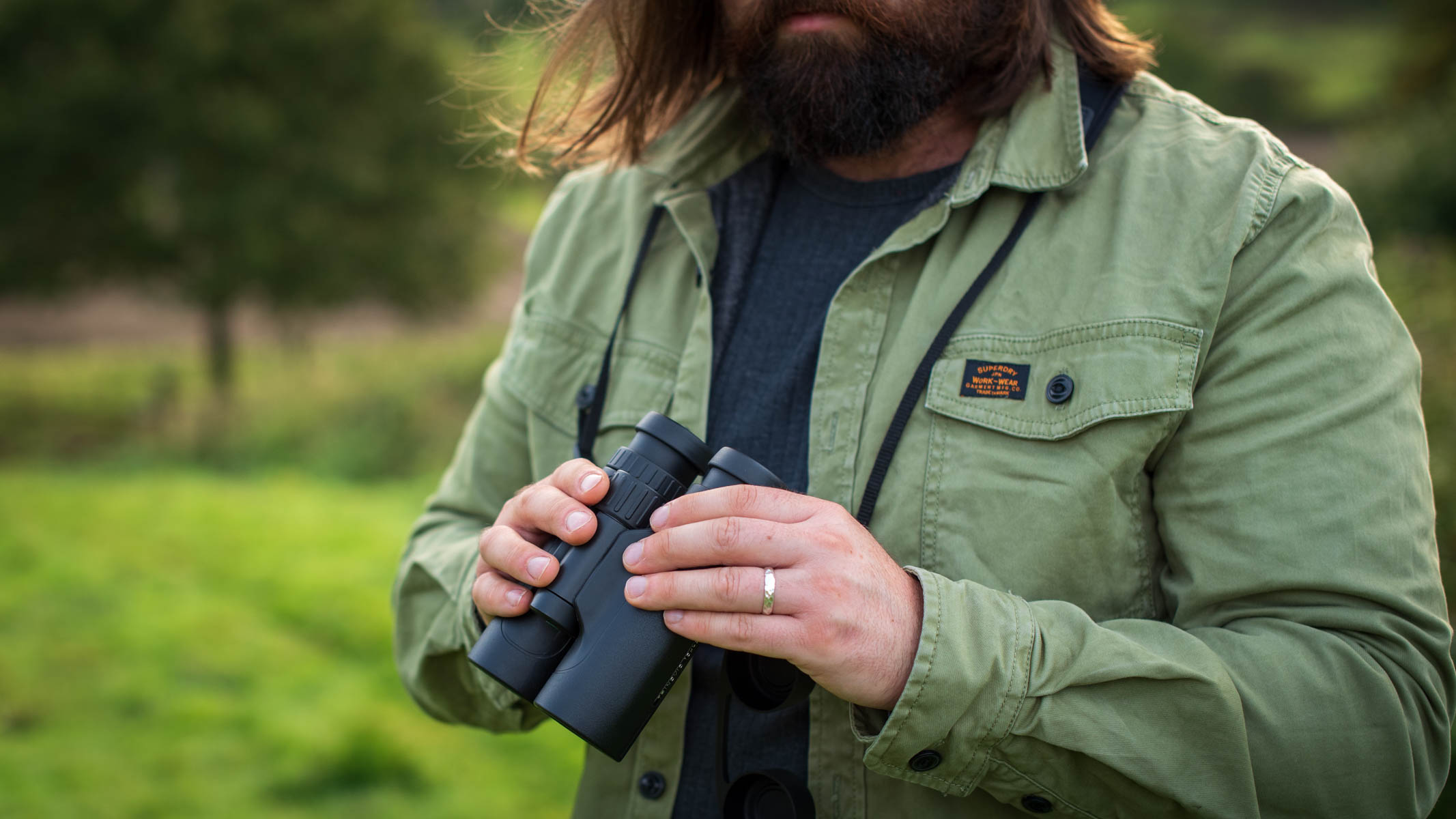
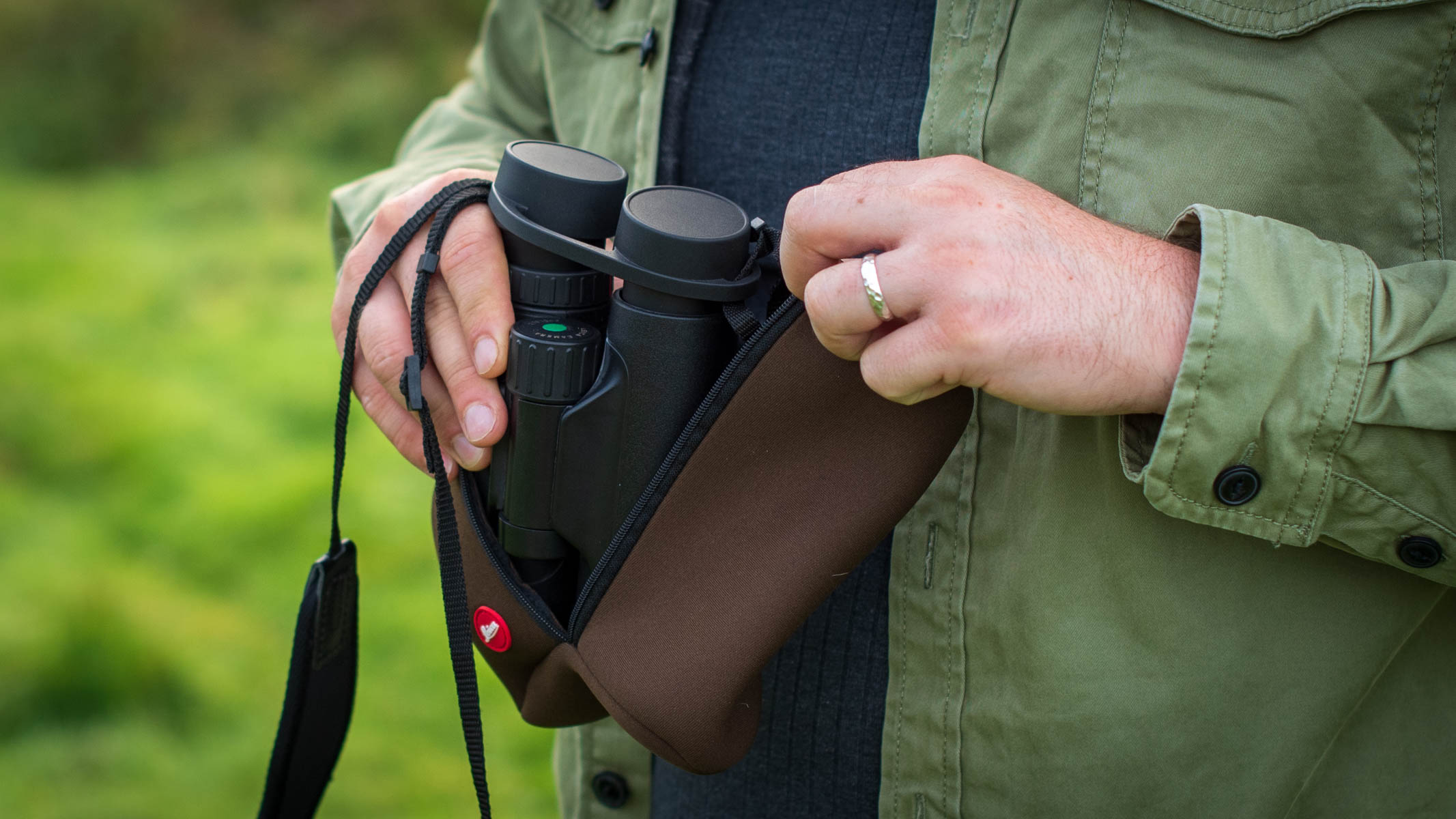
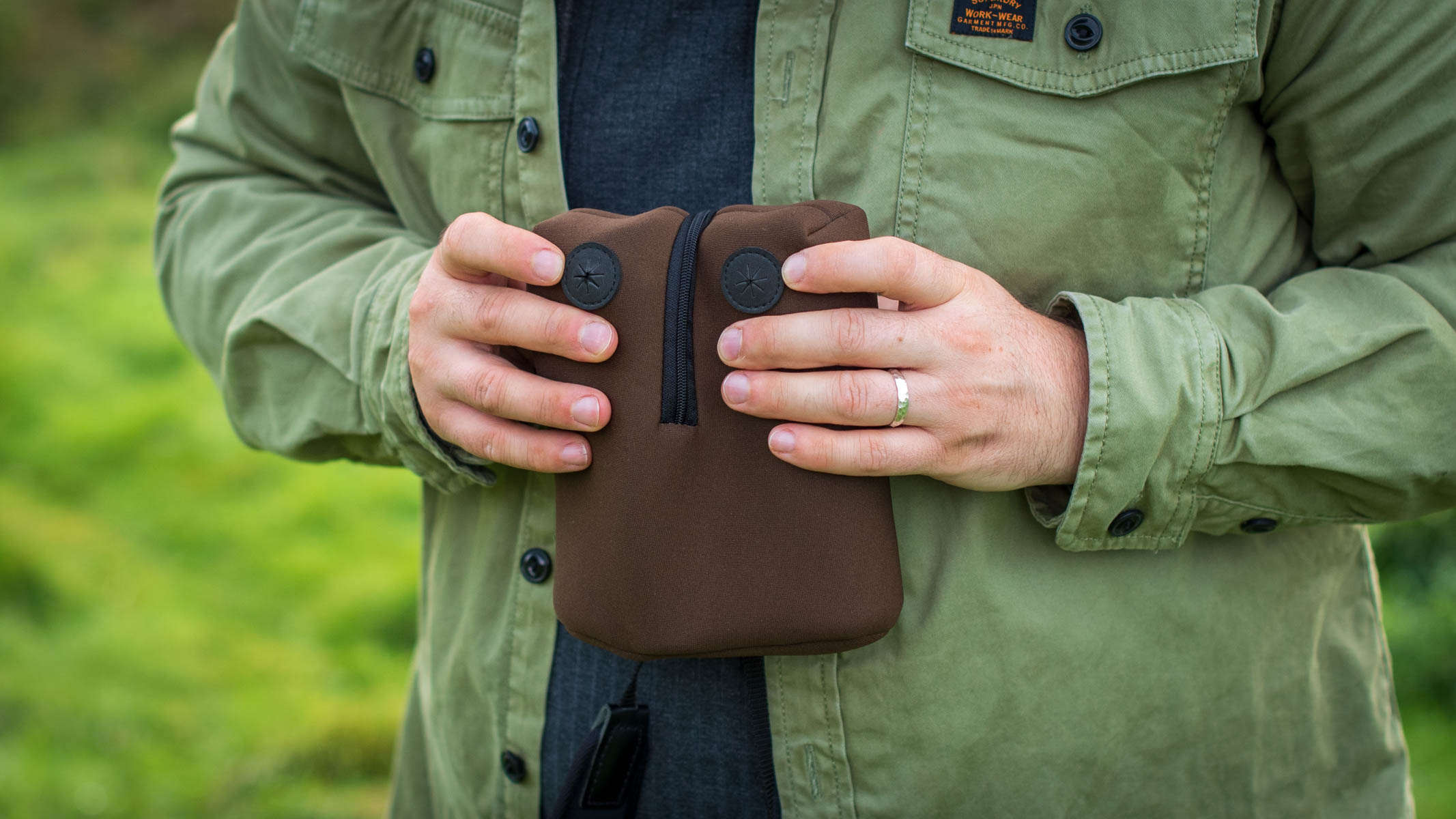
Specifications
Reasons to buy
Reasons to avoid
✅ You want to travel with them: They strike a good balance between power, optical performance and size compared to other 10x42s.
✅ You want durability: They're water resistant and fogproof.
❌ You wear glasses: The 15.7mm might be a little short for users who wear glasses— the 8x42 version has 17mm of eye relief, though.
❌ You want high magnification: 10x magnification is fine for most applications, but for super long-distance viewing, you'll want 15x magnification and up — many of the best binoculars for stargazing have high magnification.
🔎 Leica Trinovid 10x42 HD: If you're looking to drop around $1,000 on a high-quality pair of binoculars, the sleek design and outstanding optical quality of the Trinovids make them a very compelling option. ★★★★½
While they may be pricey when compared with ‘budget’ binoculars, this series is actually Leica’s entry-level option. However, if you’re looking for a well-crafted pair of binoculars that’ll last a lifetime, we believe that the Leica Trinovid 10x42 HD is worth investing in.
Design: German brand Leica’s ‘Trinovid’ comes with an ergonomic construction, true internal focusing, and superior optical performance. These binos are roughly the width of a CD case when unfolded and offer a closest focusing distance of 1.8m.
In our Leica 10x42 Trinovid review, we particularly loved that the central focusing wheel falls directly under the forefinger when gripping the binoculars with both hands. We found them very comfortable to use for long periods during all temperatures and weather conditions.
Performance: We thought that optically, they were superb. Even at the minimum focusing distance, subjects and scenes were spectacularly sharp and there were no signs of coma or ghosting/flaring whatsoever. On the other hand, we did notice a fair amount of color fringing around contrasty subjects, like birds or tree branches against a bright sky, which is a little disappointing with what we'd expected. There wasn't a huge amount, but it was consistent throughout.
Functionality: With this brand, we get durability too, with the claim being that they’re water resistant to a depth of 4m, along with the fact they’re O-ring sealed and nitrogen purged to prevent fogging. We were a little disappointed with the 15.7mm eye relief — it'll just about do for users who wear glasses, but it might not be comfortable for long observations.
In short, if we really are looking for the best binoculars, then this device has most of the boxes that matter ticked. Years of use will reward those brave enough to put up the cash.
- Read our full Leica Trinovid 10x42 HD review
Attributes | Notes |
|---|---|
Design | Extremely well crafted. |
Performance | Accurate color fidelity and braod depth of field. |
Functionality | Waterproof to 4m and fogproof. |
Best budget binoculars
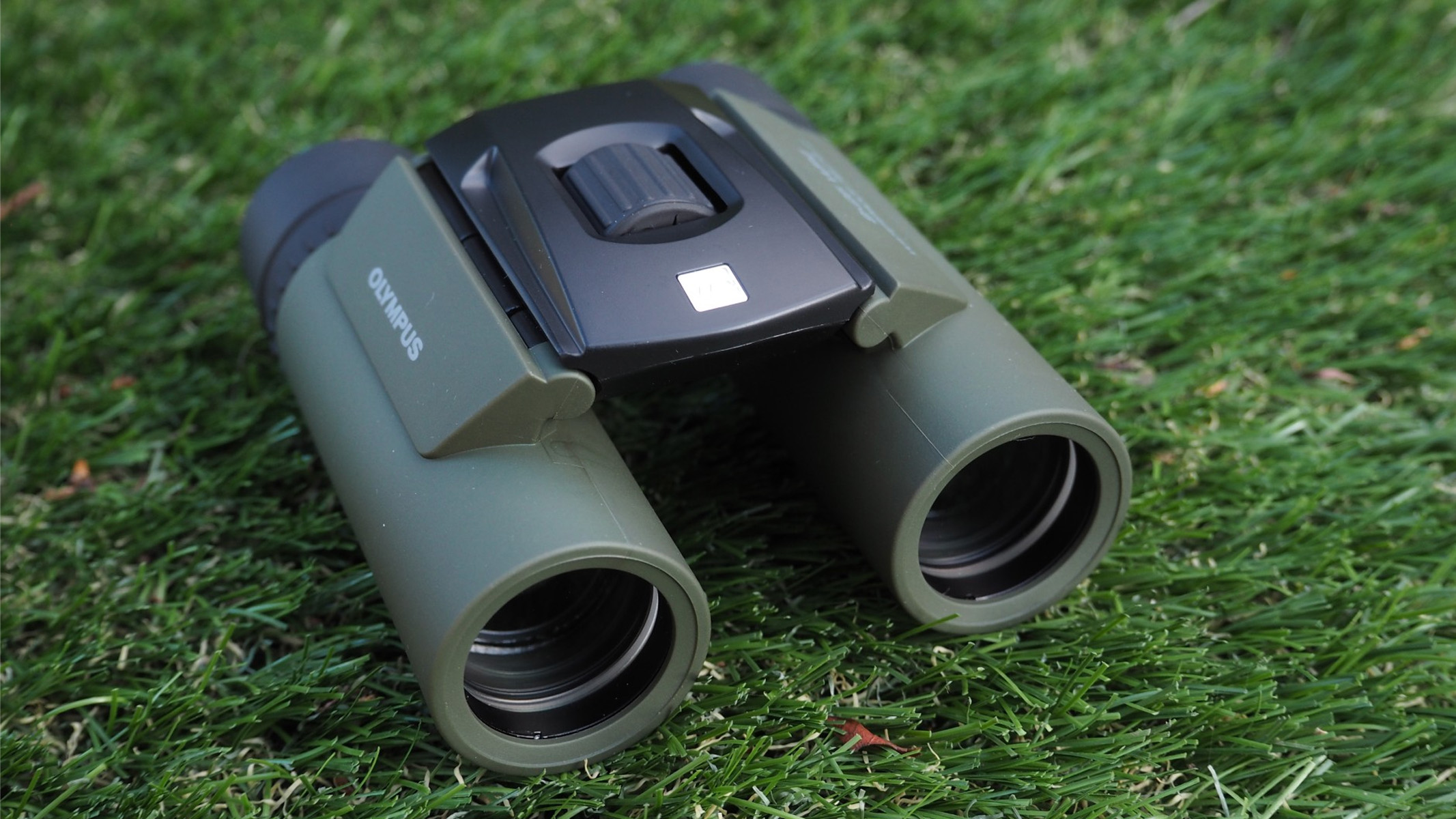
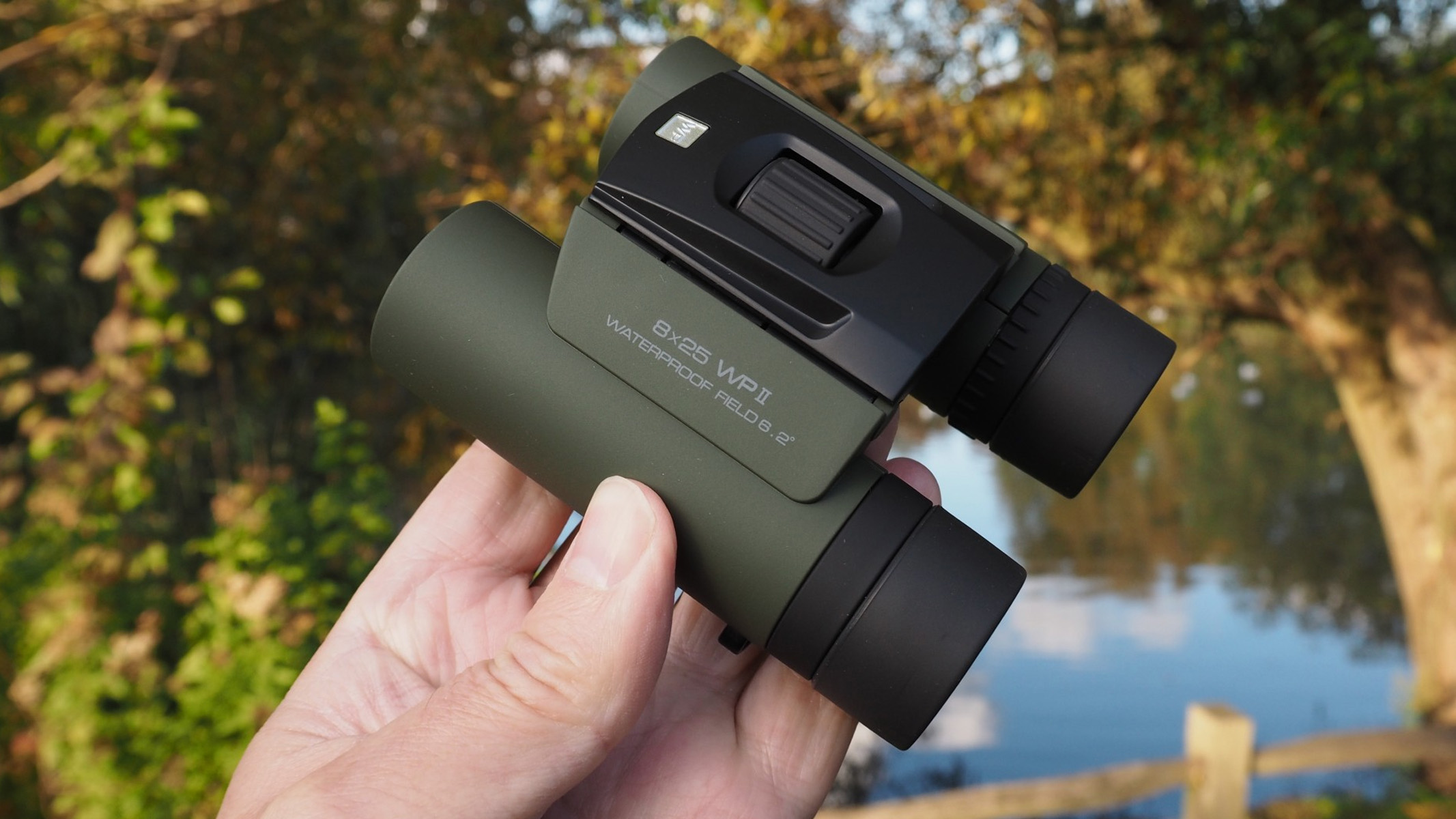
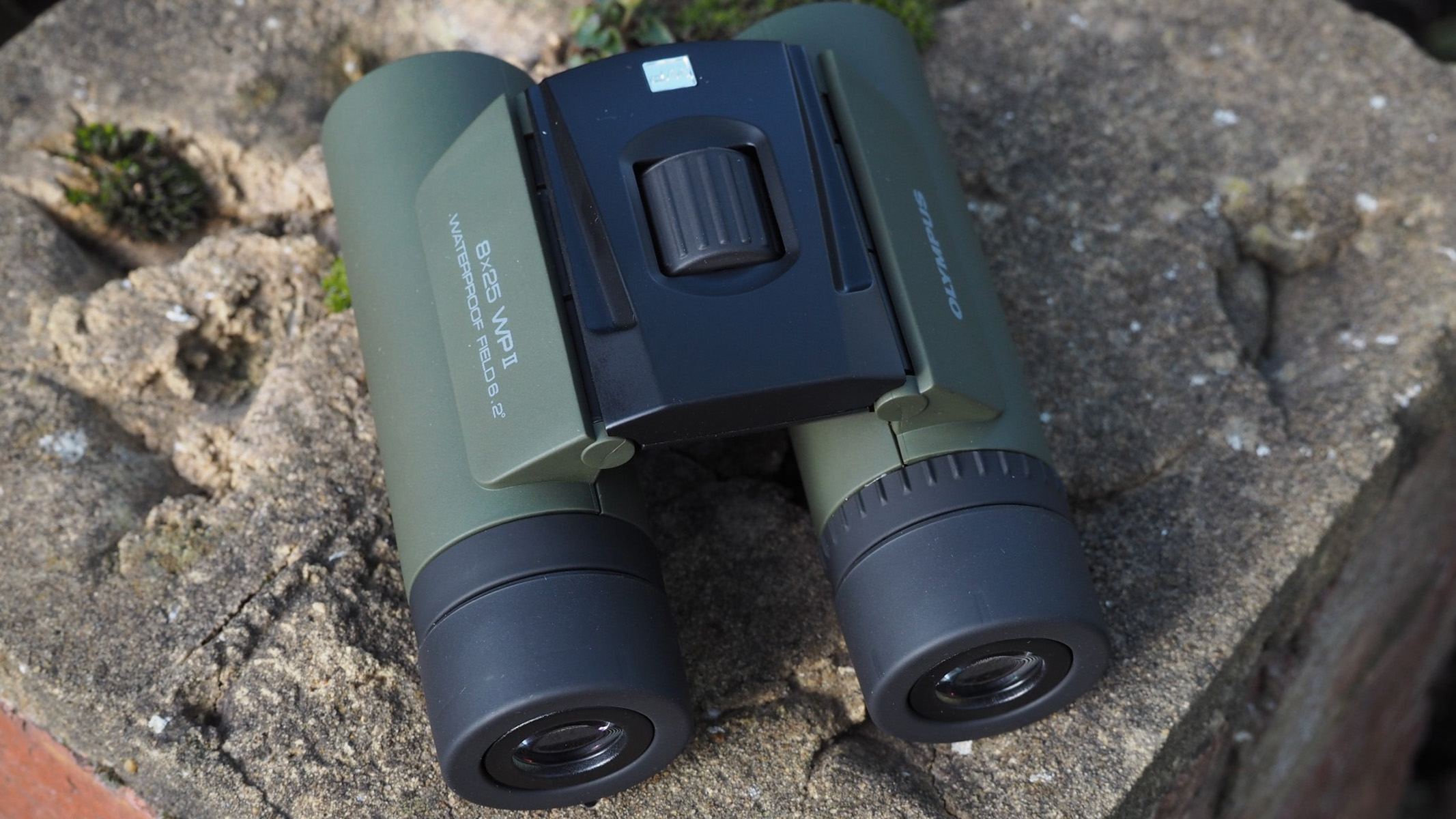
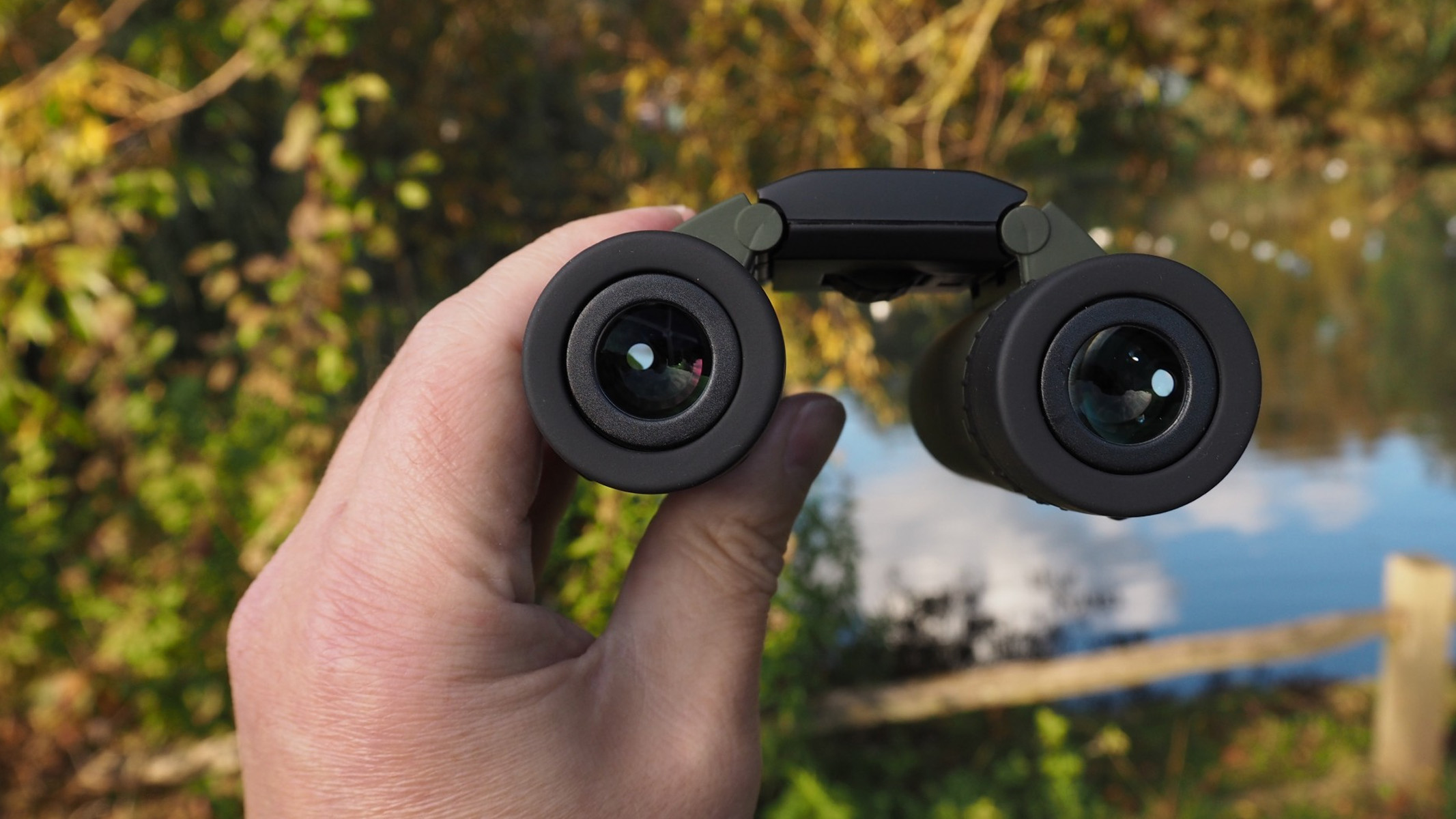
Specifications
Reasons to buy
Reasons to avoid
✅ You want something lightweight: They weigh just 0.63 lbs / 285g — ideal for long sessions.
✅ You're on a budget: They're incredibly affordable at under $100.
❌ You wear glasses: The 15mm of eye relief might be a little short — the comparison table at the bottom of the page compares each model.
❌ You want high magnification: The 8x might not be enough for users who want to see more detail. The Celestron Nature DX 12x56 have the highest magnification on this list.
🔎 Olympus 8x25 WP II: They offer high-quality optics and solid build quality in a waterproof shell, making them ideal for popping into your pocket to take on your adventures. They lack the magnification of other models, but they're a fantastic ultra-portable option. ★★★★
Design: Those looking for one of the best budget binoculars should look no further than the Olympus 8x25 WP II. Suitable for a wide range of scenarios, this foldable option from Olympus is waterproofed and also rubber coated for an improved grip — we never felt as though they were going to slip out of our hands.
Although compact, they fit comfortably in the hand and we found their operation to be similar to larger binoculars.
Performance: Providing fuss-free operation, we were able to pluck these binos from the box and start using them straight away when we tested them during our Olympus 8x25 WP II review.
A centrally positioned focus knob affords easy adjustment and prevents needing to take a step forward or backward. Similarly, the multi-coated lenses ensure sharpness into the corners, for crisp and clear observation, while the on-board dioptric correction can be adjusted to suit individual eyesight – handy for those who wear glasses.
Functionality: While these binos are obviously designed to bring the faraway up close and personal, they also have a close focusing distance of 1.5 meters and BaK-4 porro prims to both boost light transmission and ensure sharp images all across the frame. All this coupled with a whopping 25-year warranty make the Olympus 8x25 WP II one of the best binoculars out there.
- Read our full Olympus 8x25 WP II review
Attributes | Notes |
|---|---|
Design | Compact but incredibly well-built. |
Performance | Better than expected image quality, but not ideal for low-light. |
Functionality | Fully multi-coated lenses along with top tier BaK-4 porro prims. |
Best image-stabilized binoculars
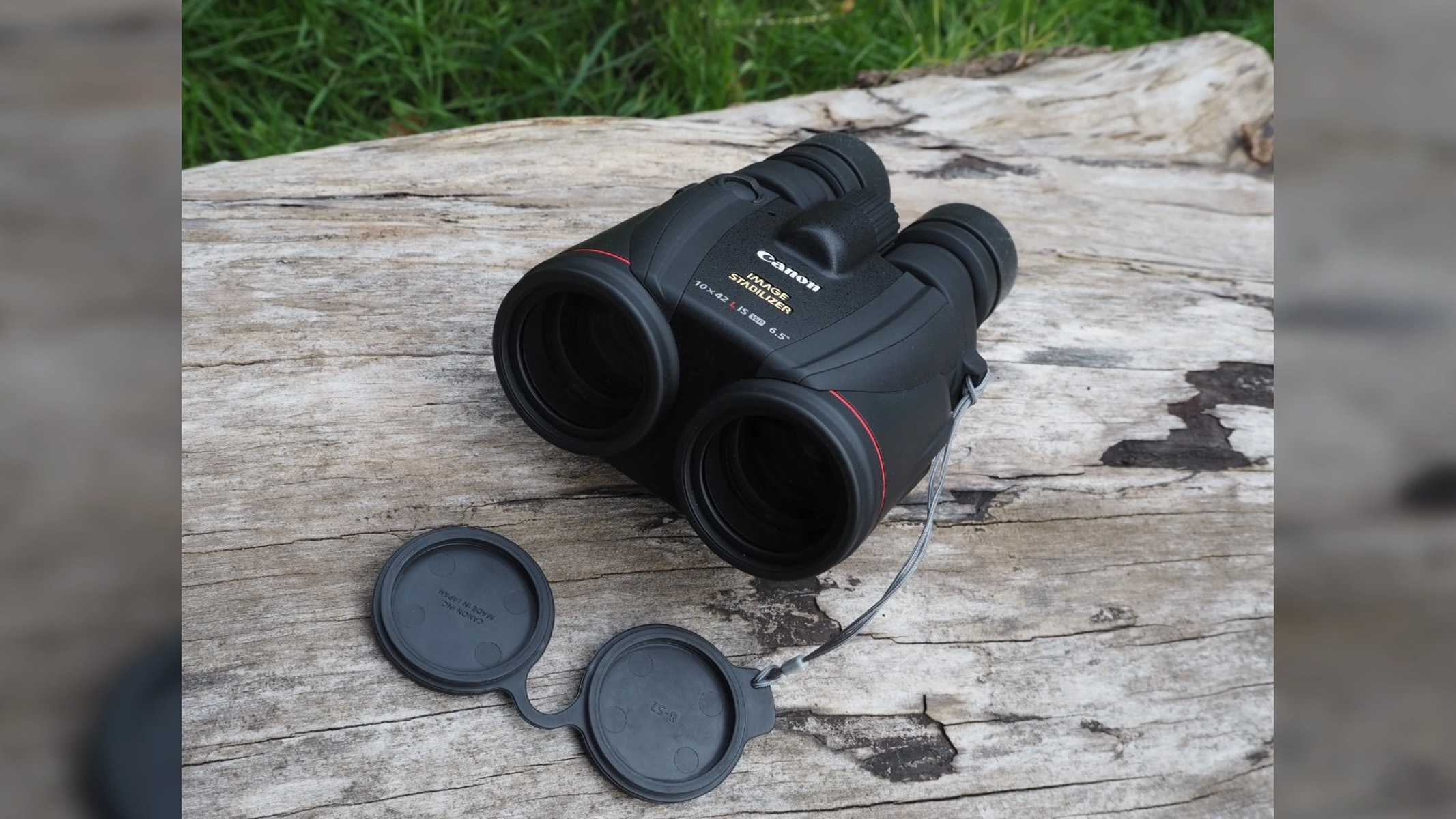
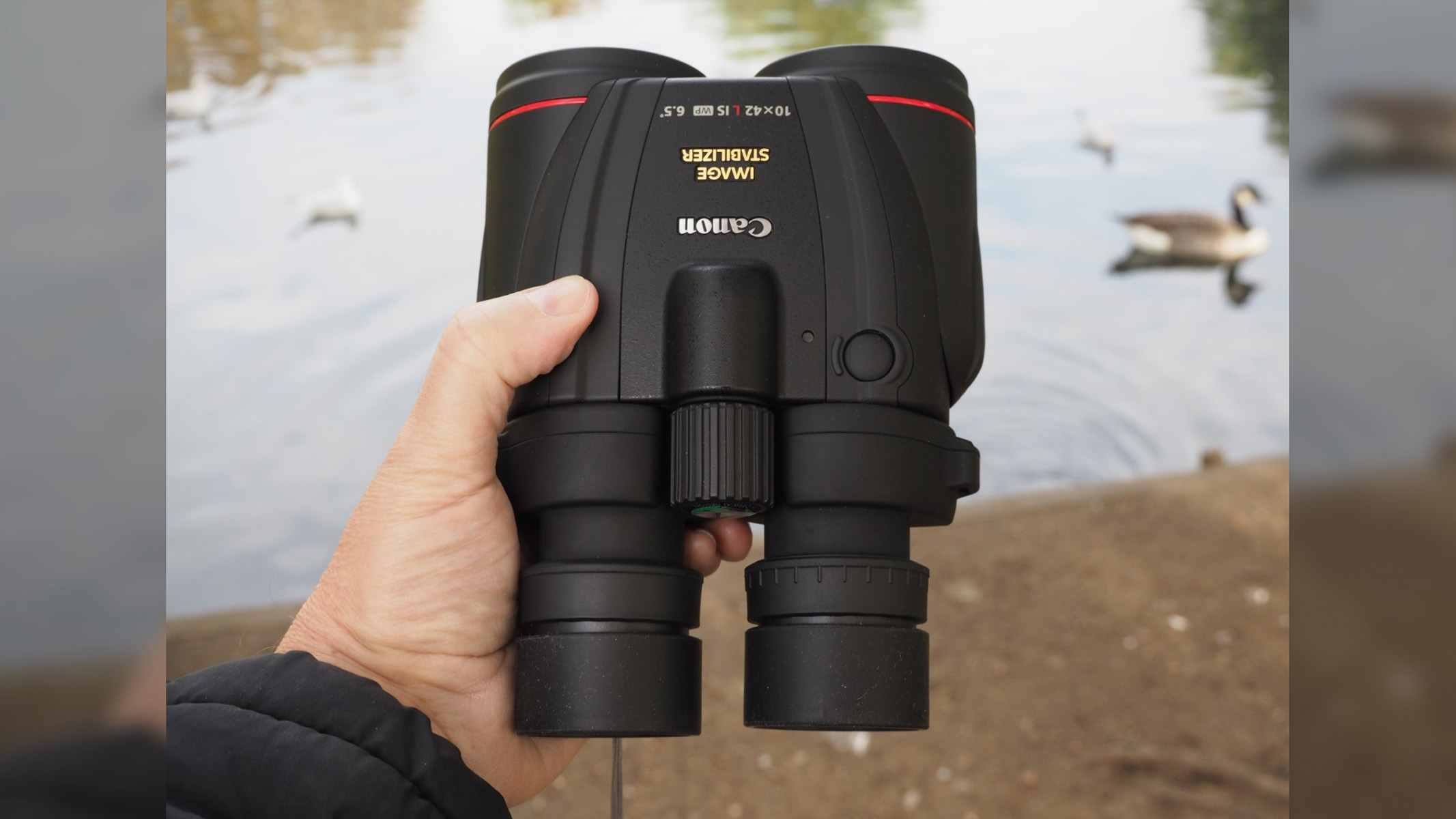
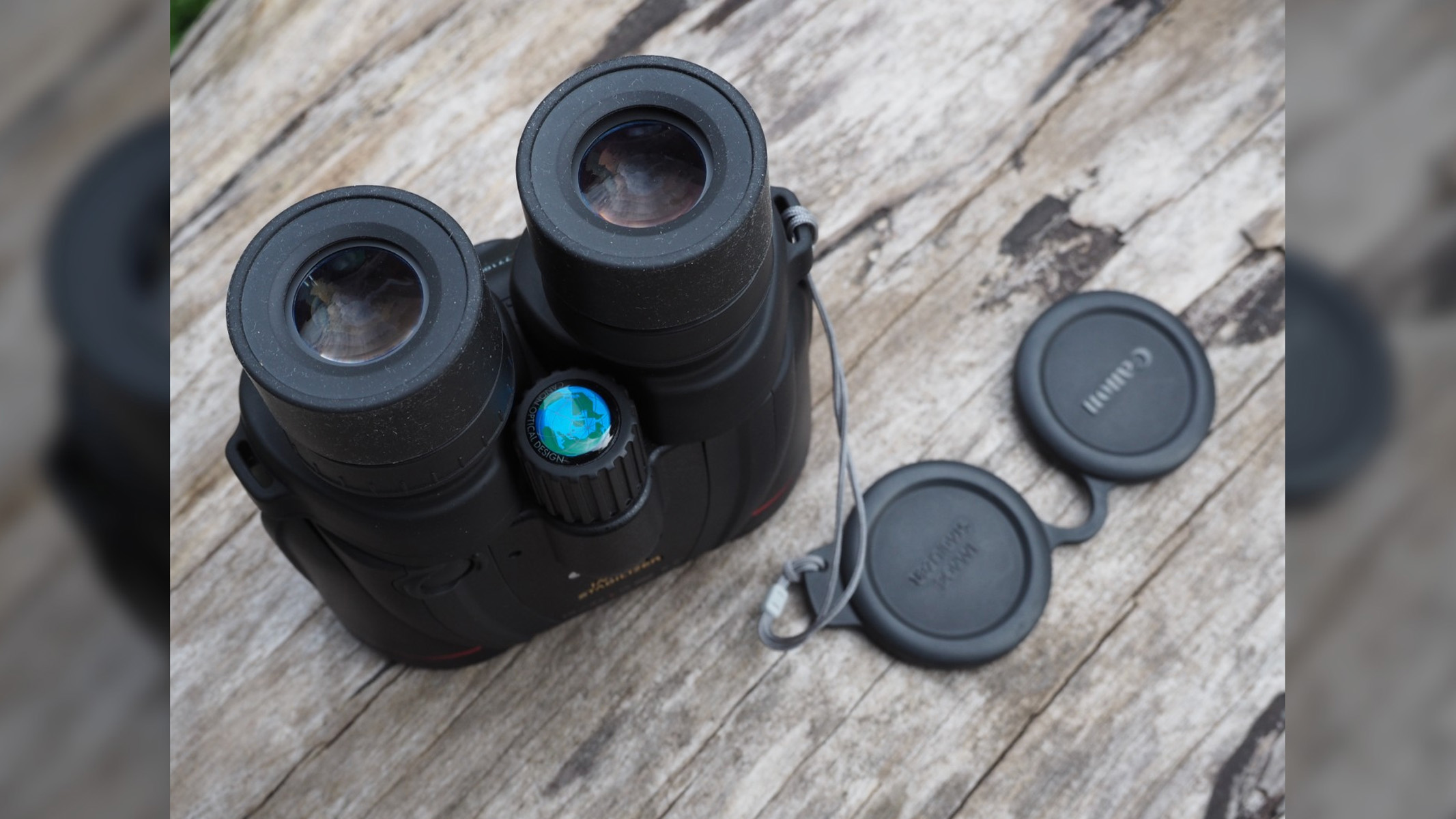
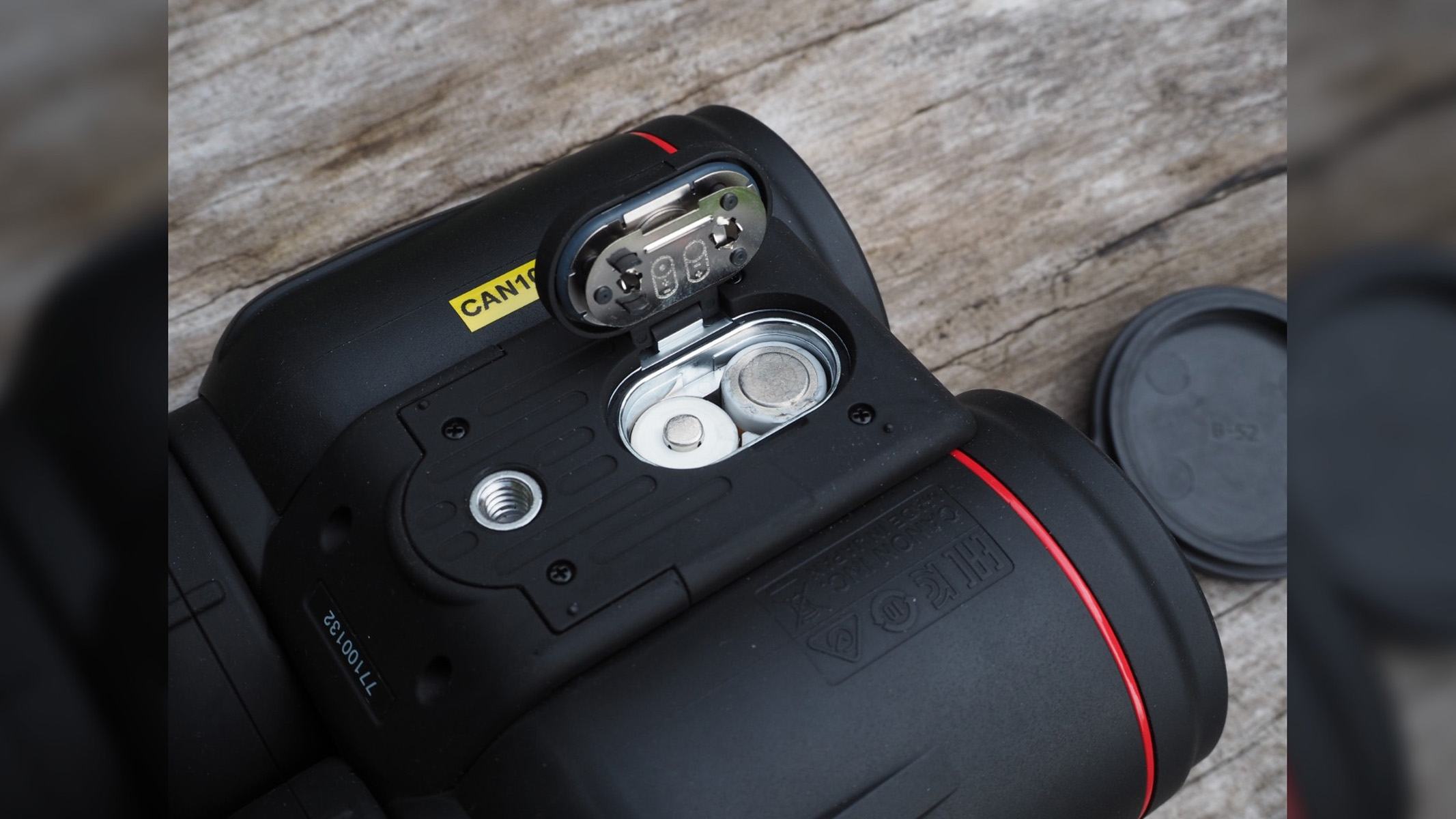
Specifications
Reasons to buy
Reasons to avoid
✅ You need them to be waterproof: They are Canon's first image-stabilized binos to offer waterproofing.
✅ You need good magnification: The powerful 10x magnification and 42mm objectives let a ton of light in for detailed images.
❌ You're on a budget: They're very expensive, so consider whether you need image stabilization. If you do, the Canon 10x20 IS are also image stabilized.
❌ You want something lightweight: They're quite weighty and could be too heavy to hold for long periods — try the Nikon Monarch HG 10x42.
🔎 Canon 10x42L IS WP: The reason for the odd shape — its battery-powered image stabilization — is effective, and will impress most users even if its looks don't impress you. With crystal clear observation and wobble-free views, these binos are a great premium choice. ★★★★
Design: A powerful magnification combined with a relatively large objective lens can often result in bulky, heavy binoculars which can lead to a wobbly handheld view. However, Canon avoids this in the Canon 10x42L IS WP, with the ‘IS’ denoting a built-in image stabilization powered by two AA batteries — the outcome being a judder-free view of faraway subjects. We were very impressed when we tested them out during our Canon 10x42L IS WP review.
Of course, the need for batteries inevitably adds both weight (2.2lbs / 1.1kg) and bulk, but keen birdwatchers who are holding binos for longer periods may well find the tradeoff is worth it.
Performance: However, this pair of binos is not just a one-trick pony. Unlike the 10 x 20s above, these are fully waterproof and have a minimum focusing distance of 2.5m. This gives them a lot more usability as you won't need to worry about getting them wet if you get caught out in the rain.
We found the image stabilization incredibly effective, with any wobble immediately eliminated and instead, a smooth and steady view. Although the image stabilization negates the need for a tripod, there is a tripod screw thread if you want to take the weight off your arms at any point.
Functionality: Equipped with ultra-low dispersion glass elements, we found these binoculars correct distortion and avoid purple fringing between high-contrast elements in an image better than a lot of other pairs we've tested.
In short, this Canon provides a rock-solid combination of wobble-free viewing and image clarity, albeit at a price. They're one of the more expensive models on this list, so it's worth considering whether you really need image stabilization enough to pay $1500 for it.
- Read our full Canon 10x42L IS WP review
Attributes | Notes |
|---|---|
Design | Feels weighty and easy to hold. |
Performance | Powerful magnification and top-tier optical quality. |
Functionality | Canon’s first image-stabilized binos to offer waterproofing. |
Best cheap image-stabilized binoculars
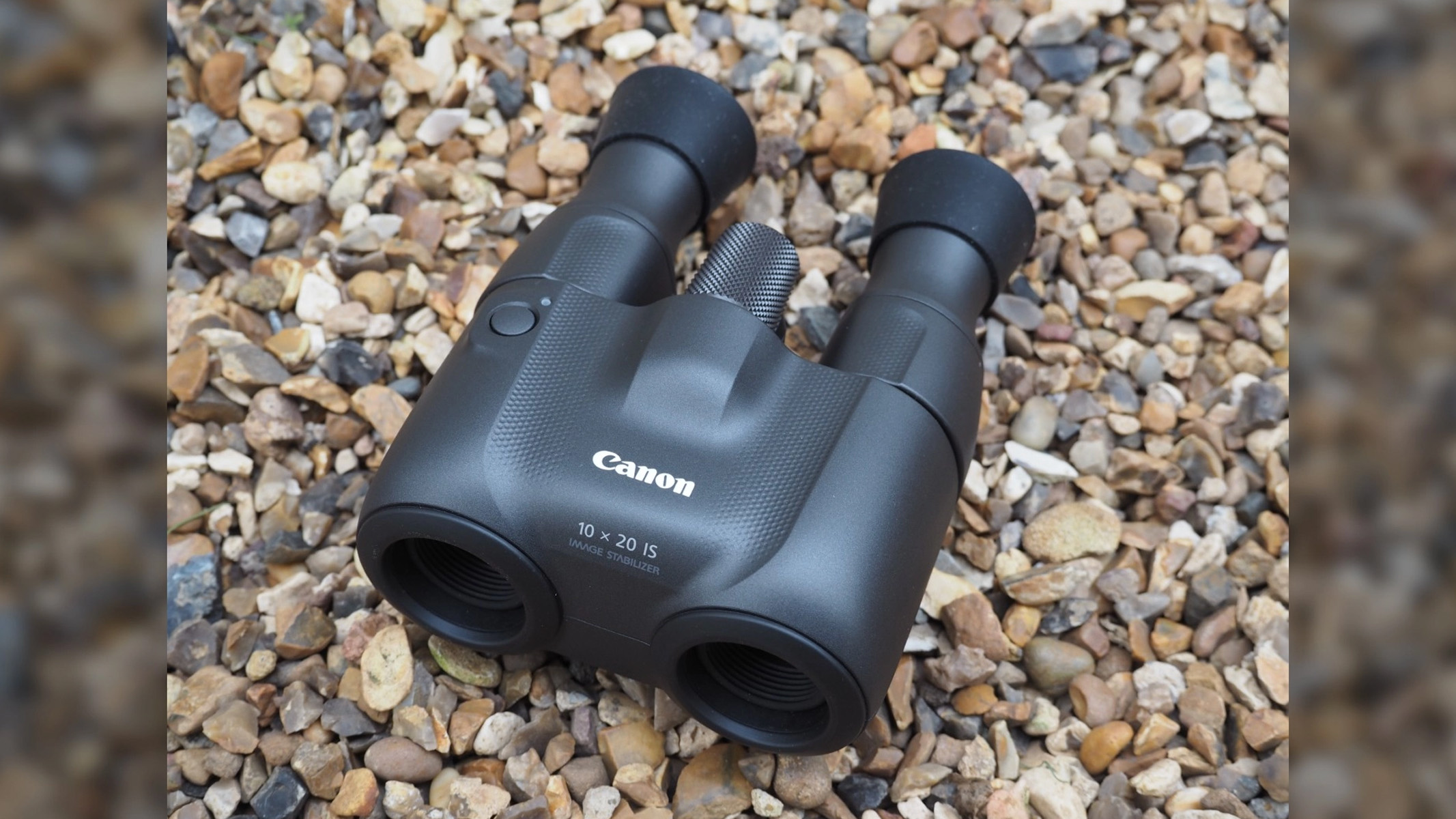
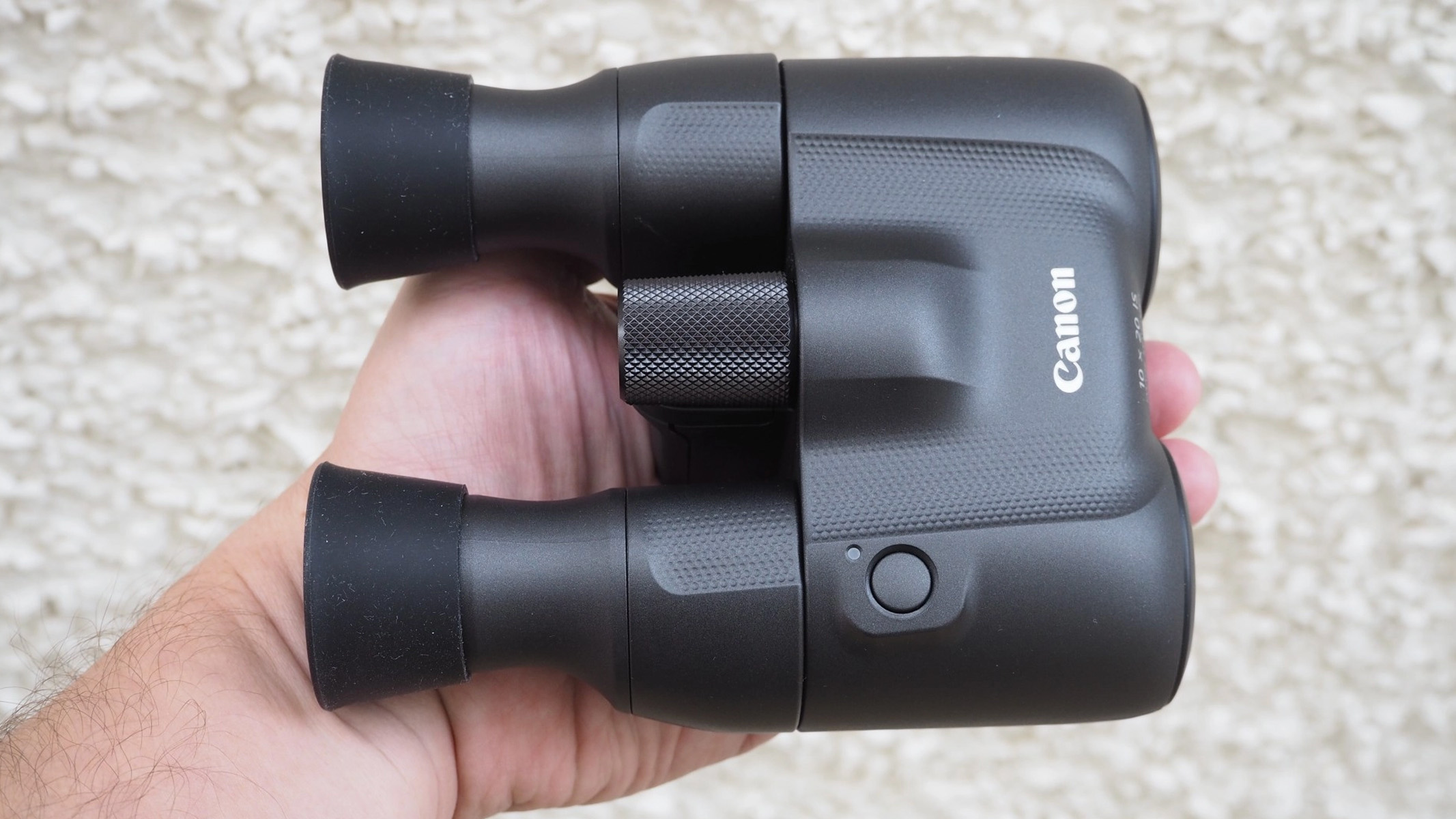
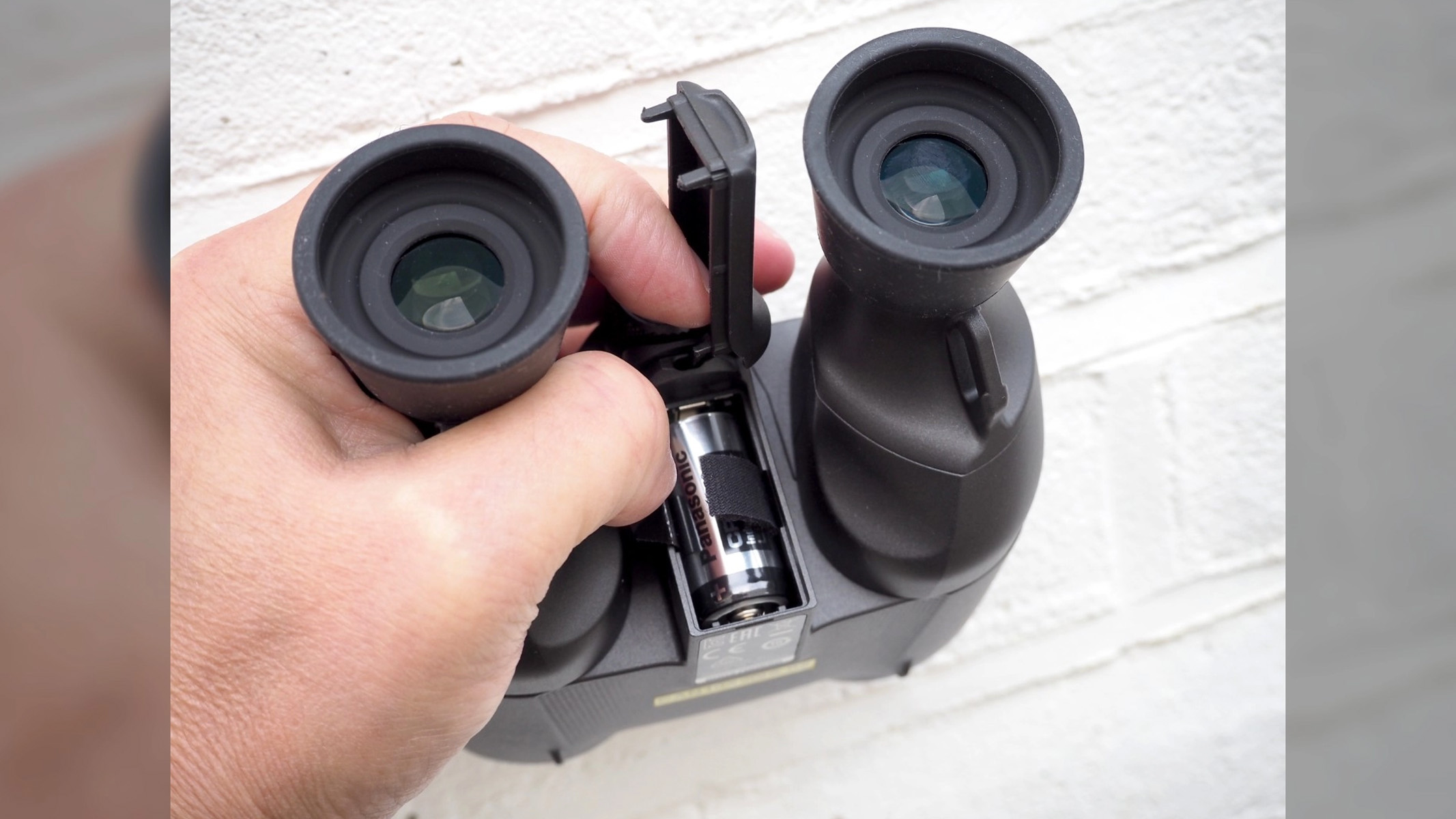
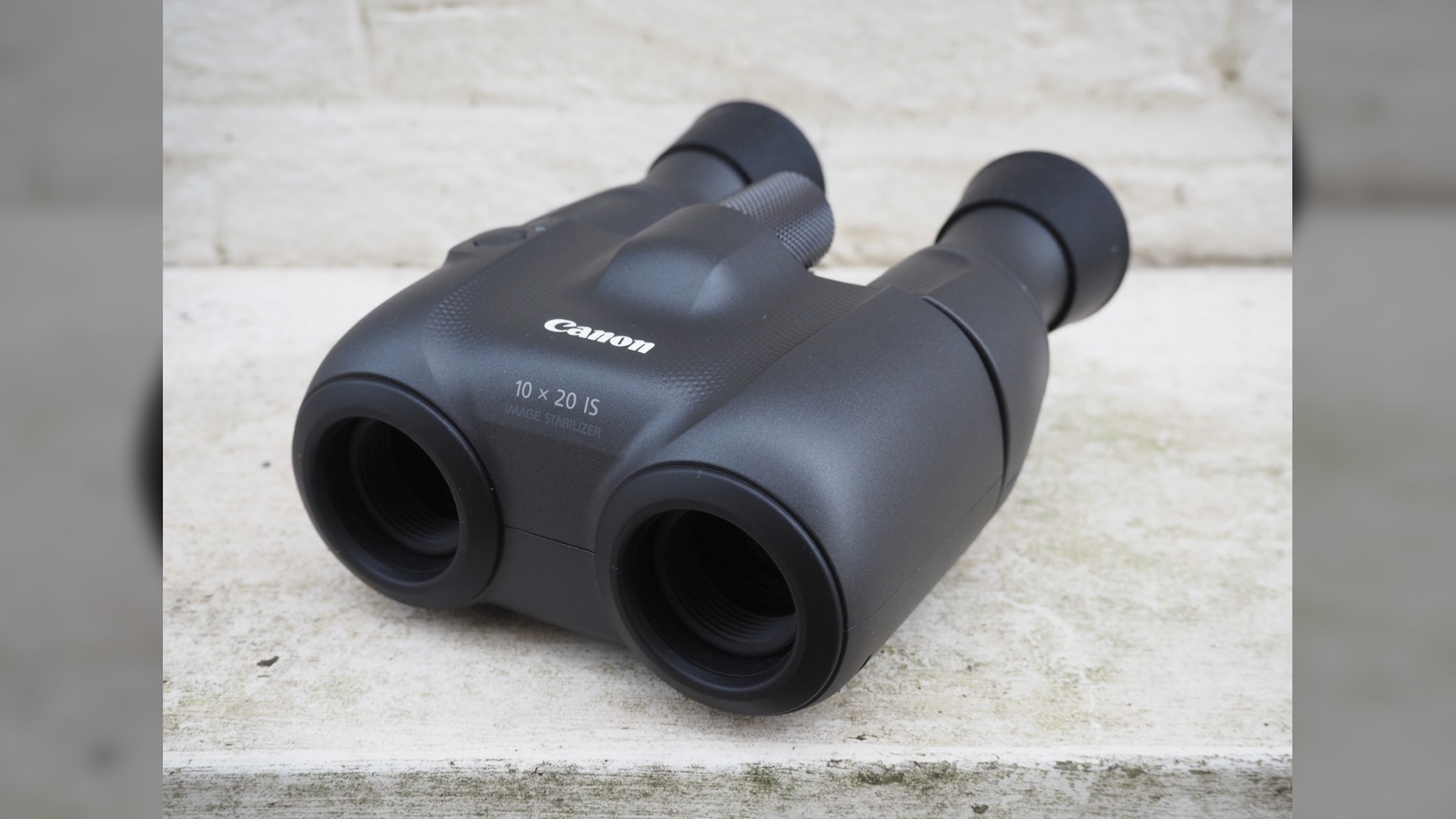
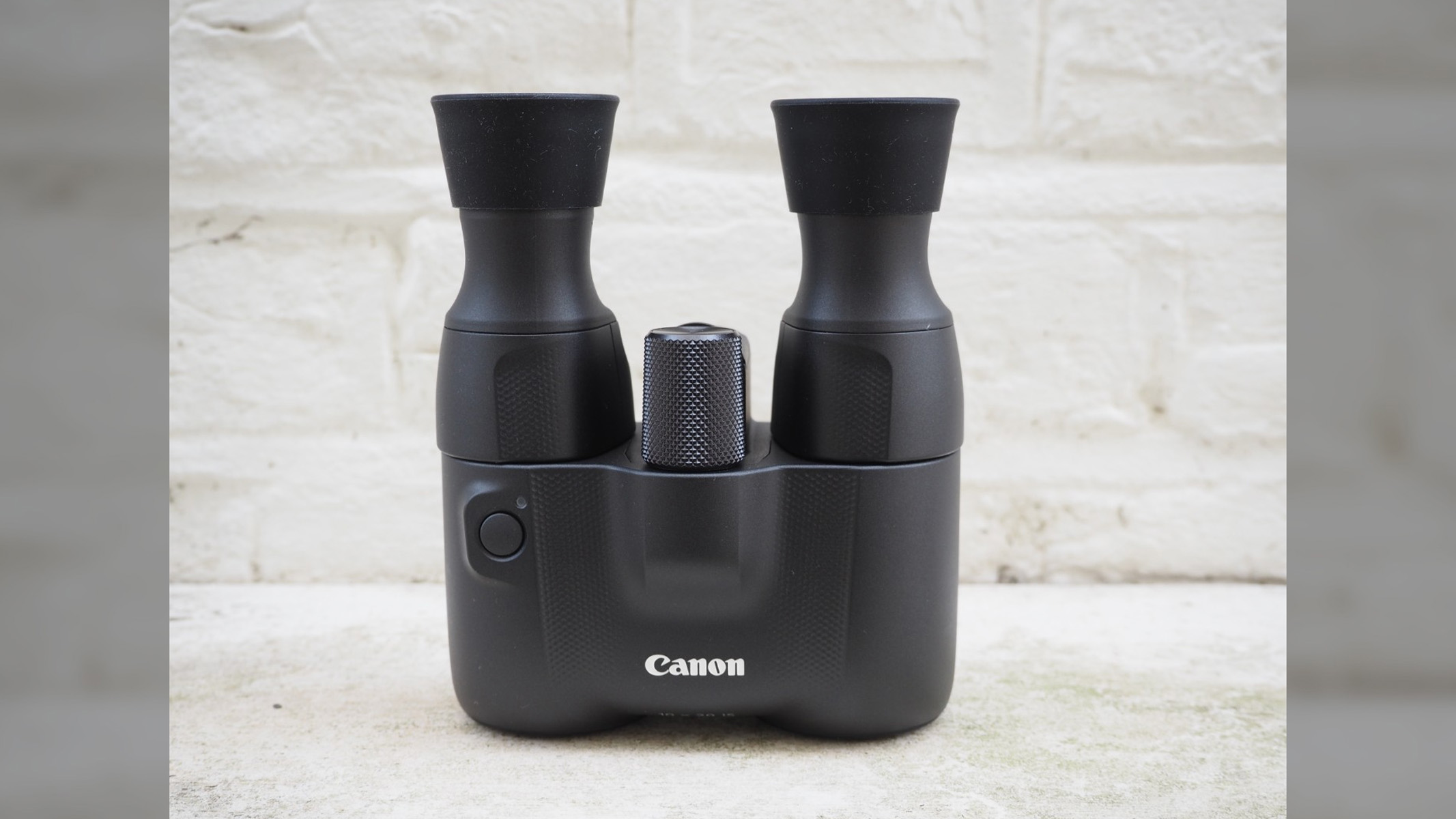
Specifications
Reasons to buy
Reasons to avoid
✅ You want something compact and lightweight: They're small enough to fit in your coat pocket and weigh 15 oz / 430g without batteries.
✅ You want image stabilization: We were impressed with the IS on these binos.
❌ You wear glasses: The 13.5mm of eye relief is a bit short — the Canon 10x42L IS WP have 16mm which will be more comfortable.
❌ You want to use them in low light: The objectives aren't big enough for low-light use — try the Celestron Nature DX 12x56.
🔎 Canon 10x20 IS: The world's lightest image-stabilized binoculars eliminate shaky views with their battery-powered, gyro sensor incorporating image stabilization — but it's up to you whether the sacrifices made to keep them small and portable are worth it. ★★★★
Design: Resembling something out of Star Wars, these bulbous lens-shifting, image-stabilized, porro prism type binos are some of the best out there in terms of ensuring a steady image when held in the hand during testing for our Canon 10x20 IS review. Once again, if we need an integral anti-shake feature powered by a responsive built-in gyro sensor, we look to Canon.
Requiring a single lithium-ion battery lasting up to 12 hours of use to power said anti-shake feature, the weight without is a manageable 430g, making them the world’s lightest of their type.
Performance: So does the image stabilization work? We can happily say that yes, it does. We looked at wildfowl a couple of hundred meters away and saw a noticeable difference after we turned the IS on, going from a fairly obvious wobble to smooth and steady panning. The 20mm objectives are better suited to daytime observations rather than night-time viewing, although when we used them in falling light they weren't a total write-off.
Functionality: Attendant features of the Canon 10x20 IS include a closest focusing distance of 2m, while a neck strap and carry case are included. These would be ideal for wildlife and sports, for which clarity and sharpness are especially essential.
However, be warned if outdoor use is your thing; this particular option does not claim to be water-resistant. Nor does it claim to be fogproof, so moving between warm and cold climes quickly will introduce internal fogging which can take a while to reduce. It's quite surprising for a binocular that costs around $500.
You can also check out the slightly larger Canon 10x32 IS if you need something with a little more zoom.
- Read our full Canon 10x20 IS review
Attributes | Notes |
|---|---|
Design | Good build quality, compact and lightweight. |
Performance | Best suited for daytime use. |
Functionality | Body integral image stabilization. |
Best binoculars for bird watching

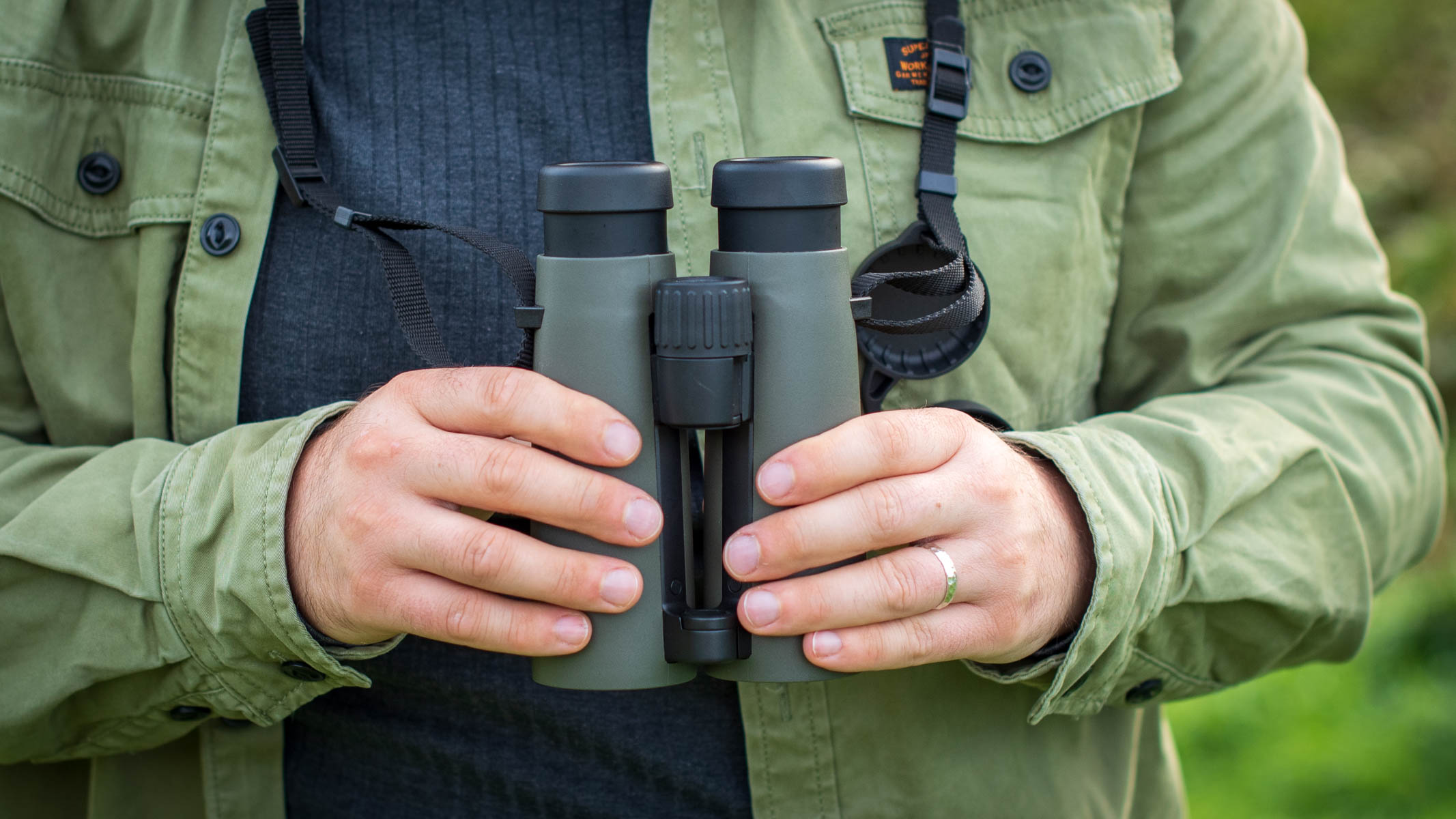
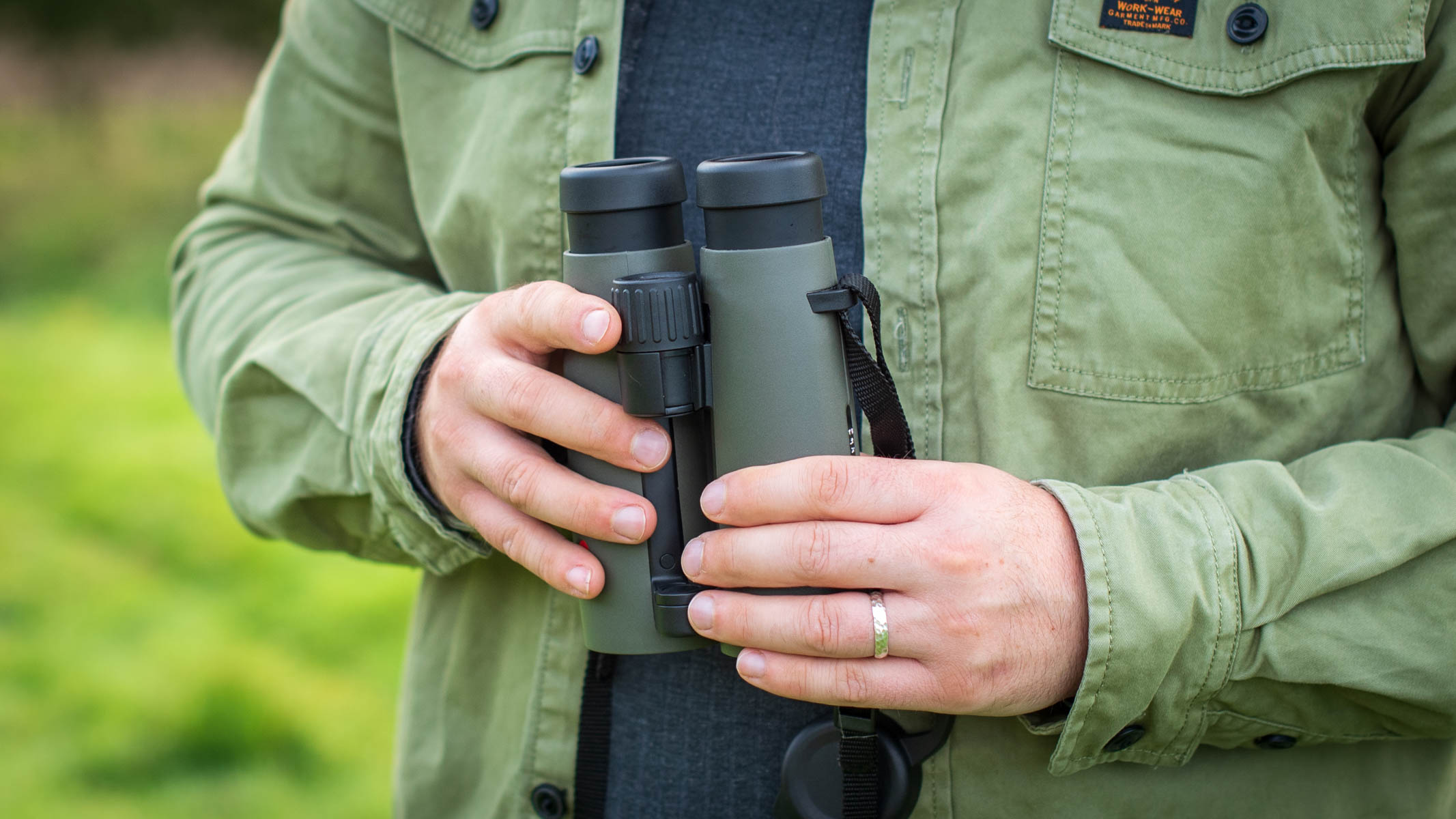
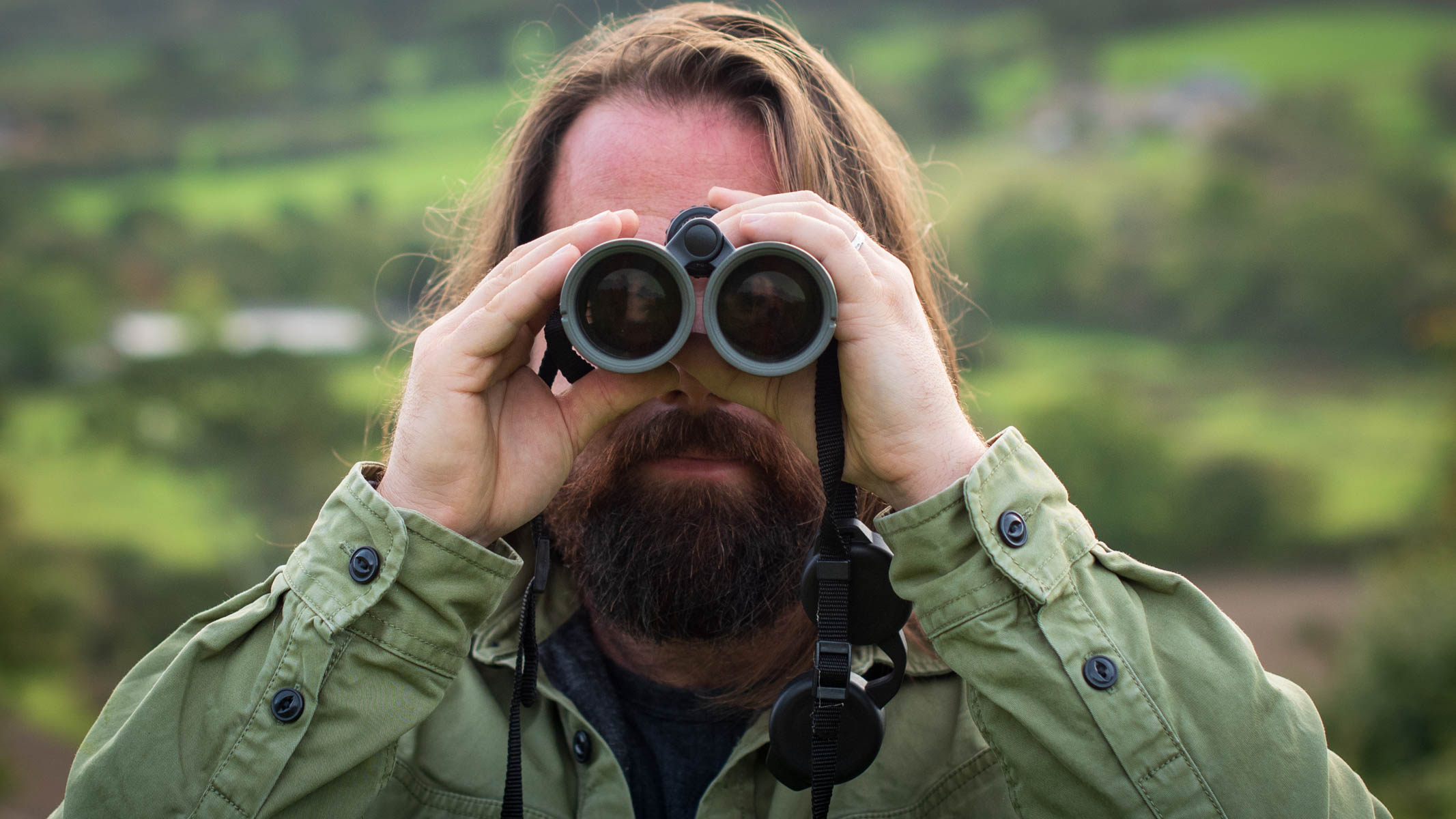
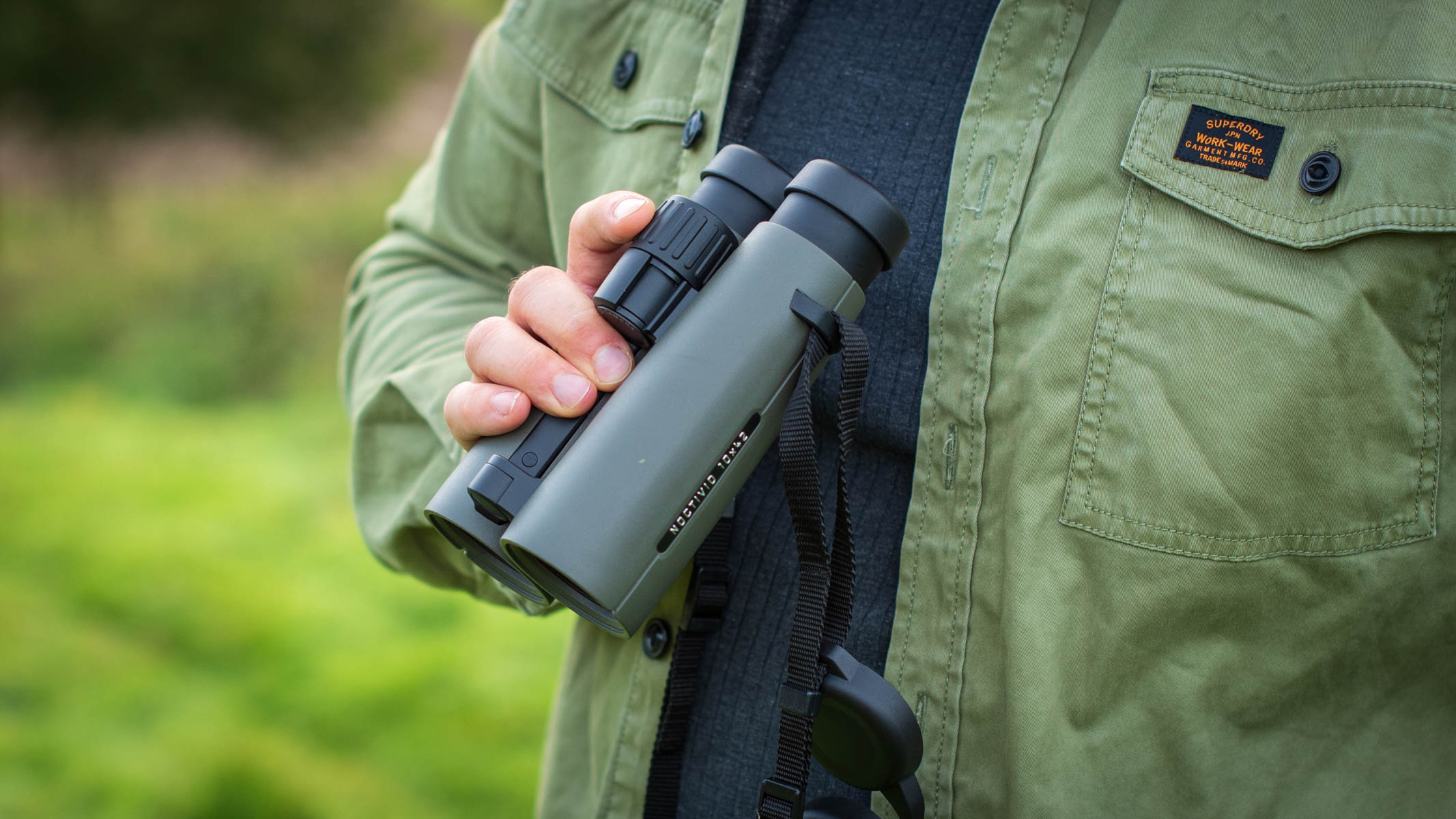
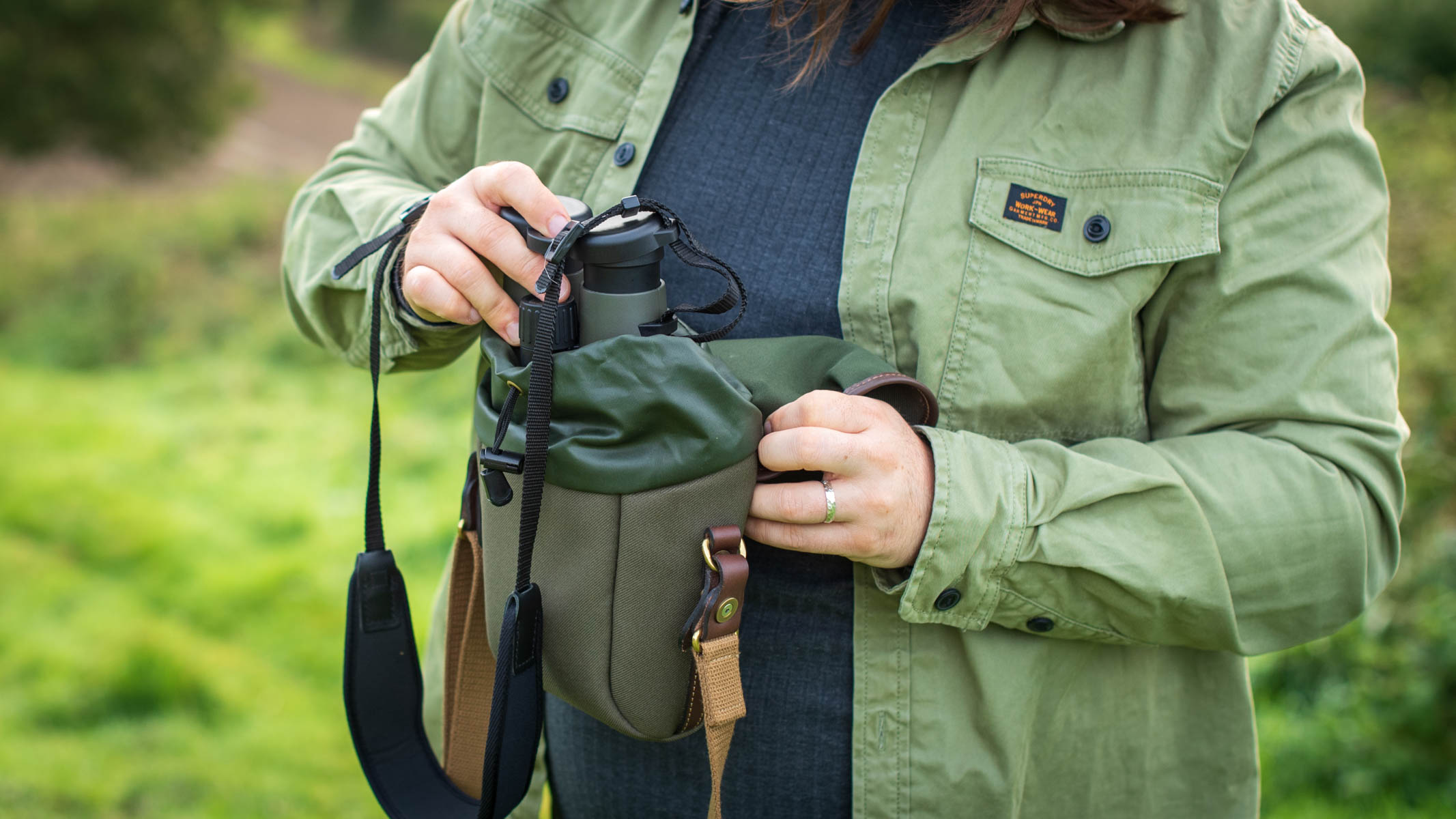
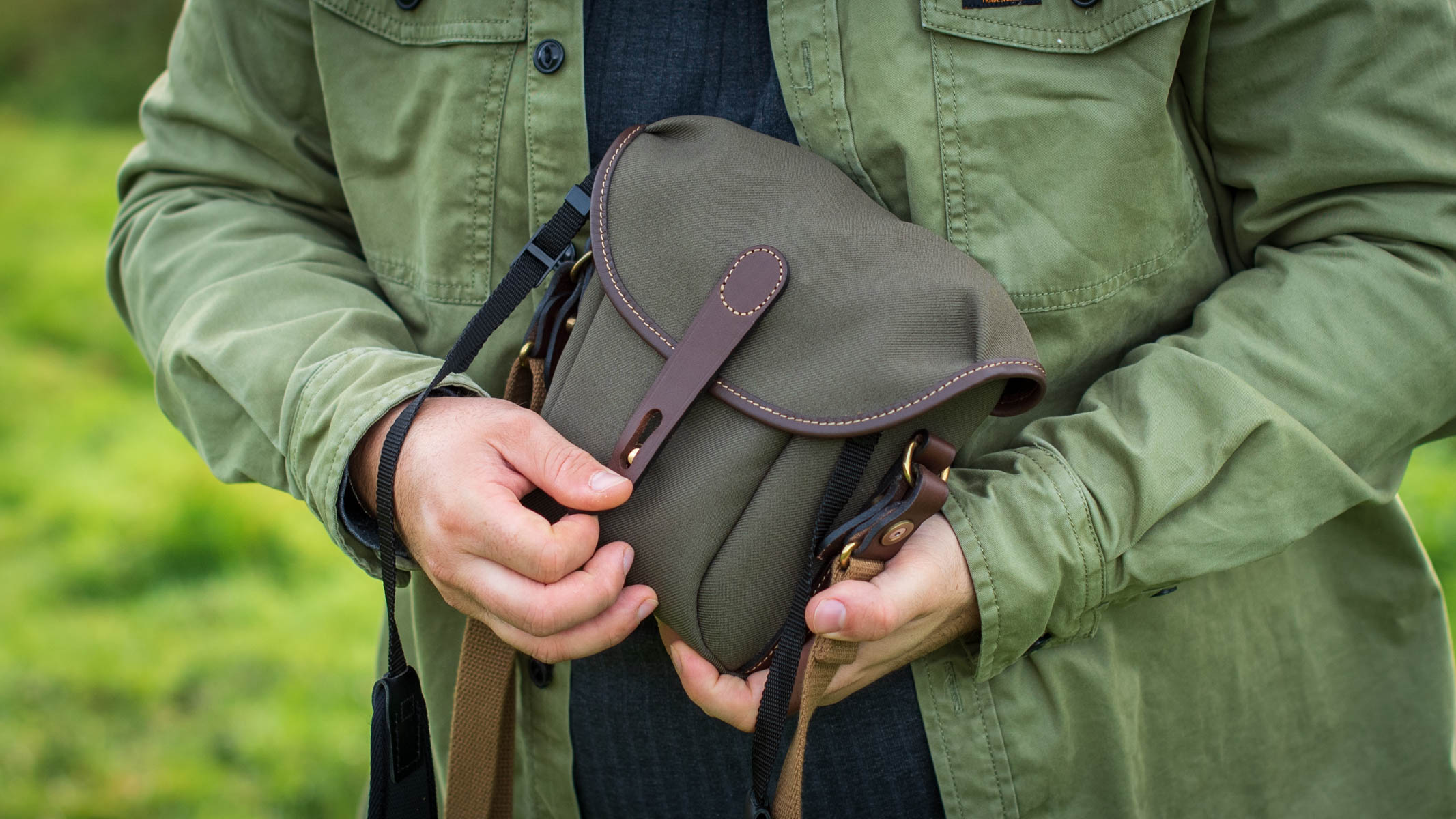
Specifications
Reasons to buy
Reasons to avoid
✅ You wear glasses: They have a generous 19mm of eye relief.
✅ You're a keen wildlife watcher: They're a bird watcher's dream.
❌ You want something lightweight: They're not the heaviest on this list at 1.88 lbs / 853g, but you could certainly find lighter options — check the comparison table to see how much each pair weighs.
❌ You don't want to spend loads: They're very expensive. If you still want a Leica, go for the Trinovid 10x42 HD.
🔎 Leica Noctivid 10x42: The beautiful olive green edition of the Leica Noctivid 10x42 have exceptional optics as well as good looks, and could possibly be our favorite 10x42 binoculars ever. ★★★★★
Design: Leica is another key brand providing some of the best binoculars out there when it comes to optical excellence tied to a durable build. Here the Leica Noctivid 10x42 comes in either 8x42 or 10x42 combinations of magnification and objective lens size.
We loved its compact construction with a rubber-armored exterior to help you keep a tight grip on them, while possible lens reflection is suppressed enough to deliver a detailed view with plenty of contrast.
Performance: In our Leica Noctivid 10x42 review, we absolutely loved their stunning olive green design and during use, couldn't see any visible chromatic aberration or coma distortion whatsoever, which is impressive. Though they're suitable for general-purpose use, these are ideal for viewing nature, sports and outdoor events. The large-ish objective lens is not only great for daytime viewing but also in the early evening when you'll see more wildlife around.
Functionality: They have a nitrogen-filled magnesium housing to help prevent fogging and are watertight to a depth of 5m, making them perfect for use in all weather conditions. They also have a massive 19mm of eye relief, which is super comfortable for anyone who wears glasses.
Possible accessories for the more adventurous include an optional floating strap and an adapter for a tripod. If you’re buying a Leica, you’re buying a tool for life and that feels very much the case here. They're undeniably a substantial investment, but if you can afford them, they'll last you as long as you want them.
- Read our full Leica Noctivid 10x42 review
Attributes | Notes |
|---|---|
Design | Compact yet robust construction. |
Performance | Excellent light transmission. |
Functionality | Watertight to a depth of 5m. |
Best for stargazing
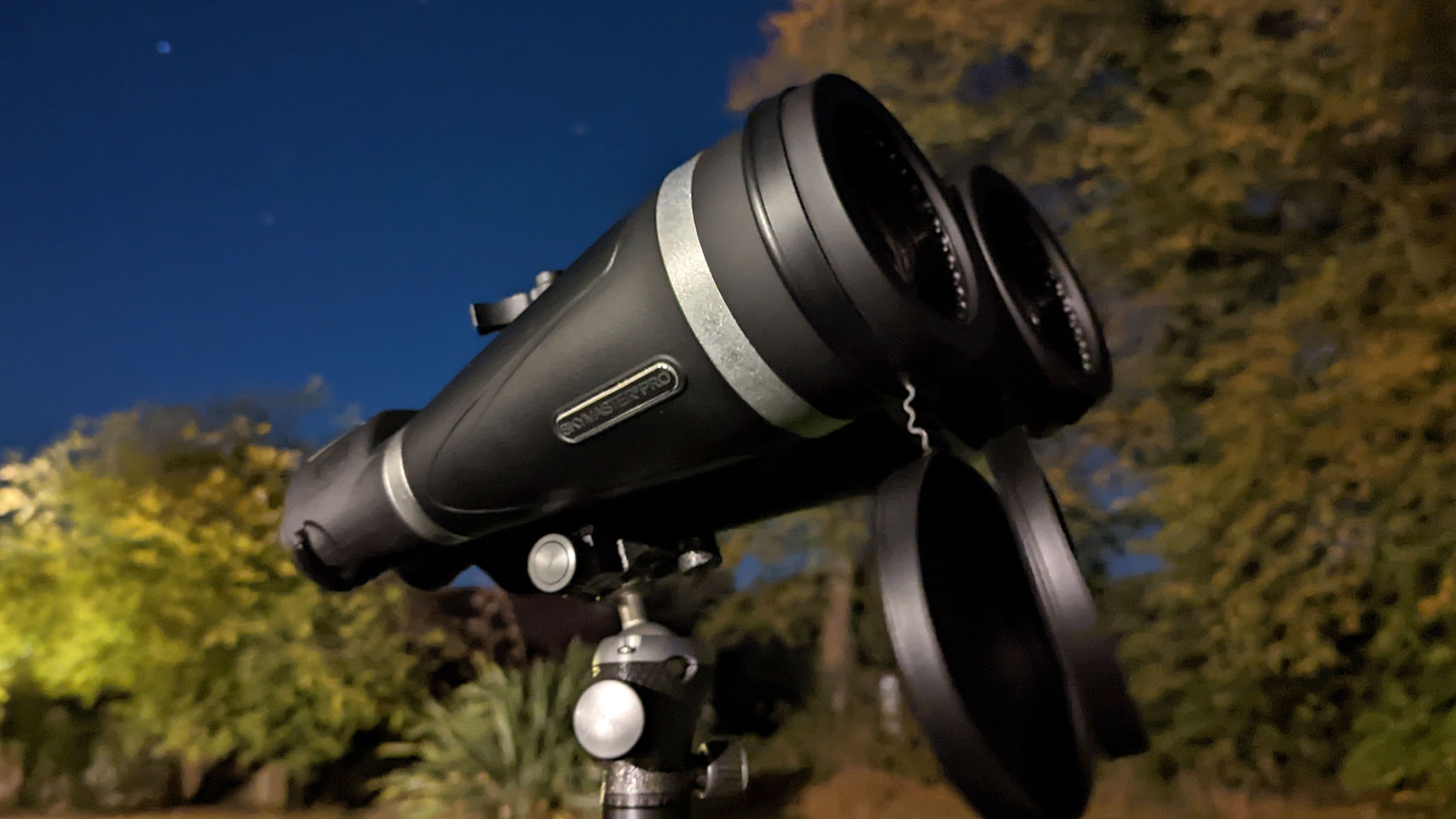
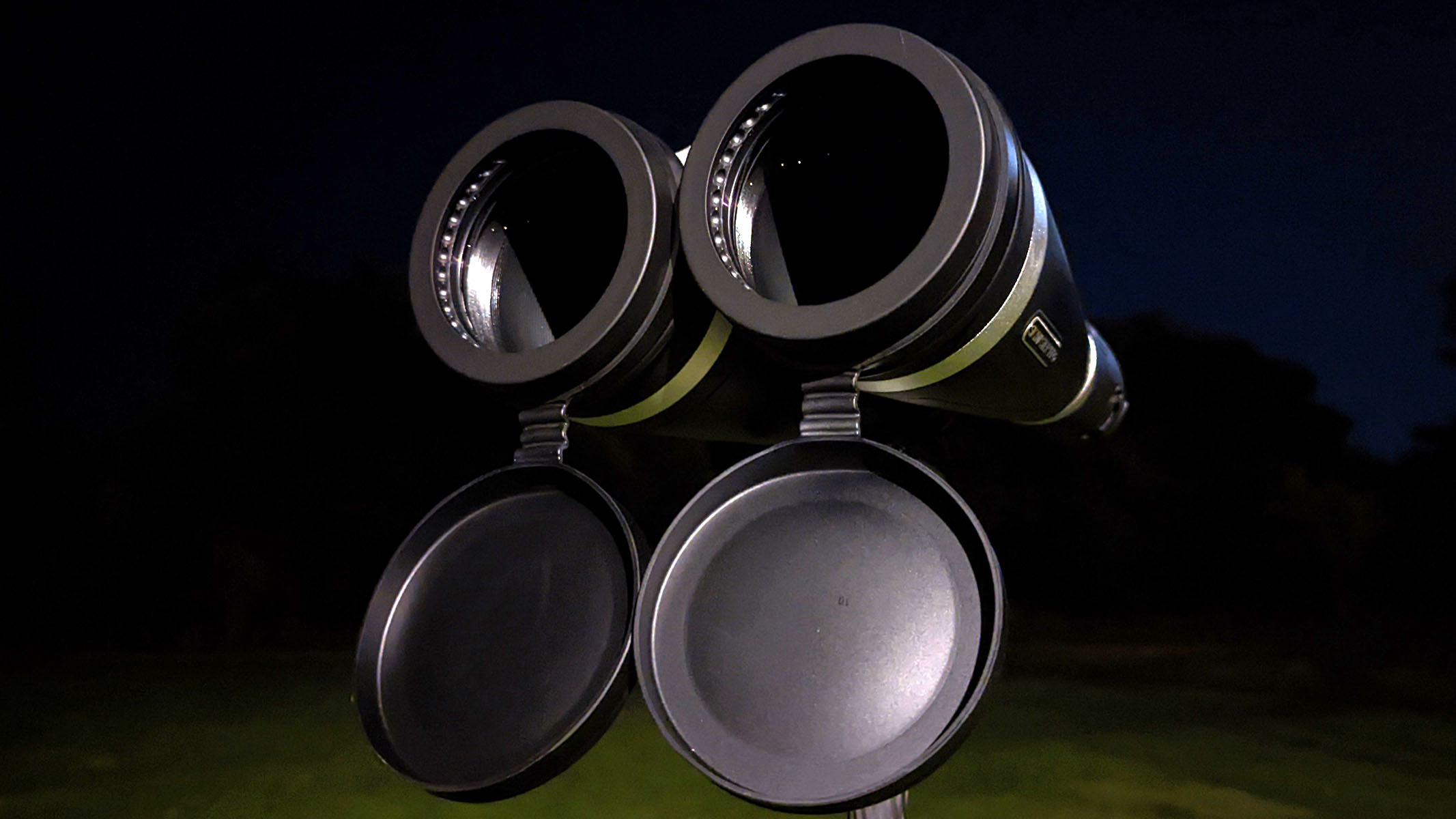
Specifications
Reasons to buy
Reasons to avoid
✅ You want long-distance viewing only: Their 20x magnification isn't suitable for viewing things up close.
✅ You want to use them in all conditions: They're waterproof and fogproof.
❌ You want to do handheld stargazing: They're too heavy and the magnification is too high. Go for a 10x42 instead.
❌ You're on a budget: We loved the standard Celestron SkyMaster 15x70 binoculars when we reviewed them, which are much cheaper.
🔎 Celestron SkyMaster 20x80 Pro: Fantastic optics housed in a weatherproof construction for some impressive deep-sky stargazing. ★★★★
The best binoculars for stargazing are a little different from the more generalist options in this guide. As the stars and planets are much further away than a bird in a tree or athletes at a sports game, you need much higher magnification in order to get any meaningful observations, as well as bigger objective lenses to let as much light in as possible.
If you're looking for a pair of stargazing binoculars with the 'wow' factor — we loved the Celestron SkyMaster 20x80 Pro when we reviewed them. Their 20x magnification allowed us to see all four of Jupiter's Galilean moons and the Andromeda Galaxy, and the lunar surface was stunningly sharp from edge to edge.
We noticed minimal chromatic aberration, and they are waterproof and fogproof so you won't need to worry about using them in inclement weather. It's also worth noting that they're very big and very heavy, so they'll need to be mounted on a tripod in order to get any worthwhile views.
If you want even more magnification, the highest spec in the SkyMaster range is the 25x100 model, or if you want great views but you're on a budget, we loved the Celestron SkyMaster 15x70 pair.
- Read our full Celestron SkyMaster 20x80 Pro review
Attributes | Notes |
|---|---|
Design | Big and heavy. |
Performance | Excellent lunar viewing. |
Functionality | Waterproof and fogproof. |
Best smart binoculars
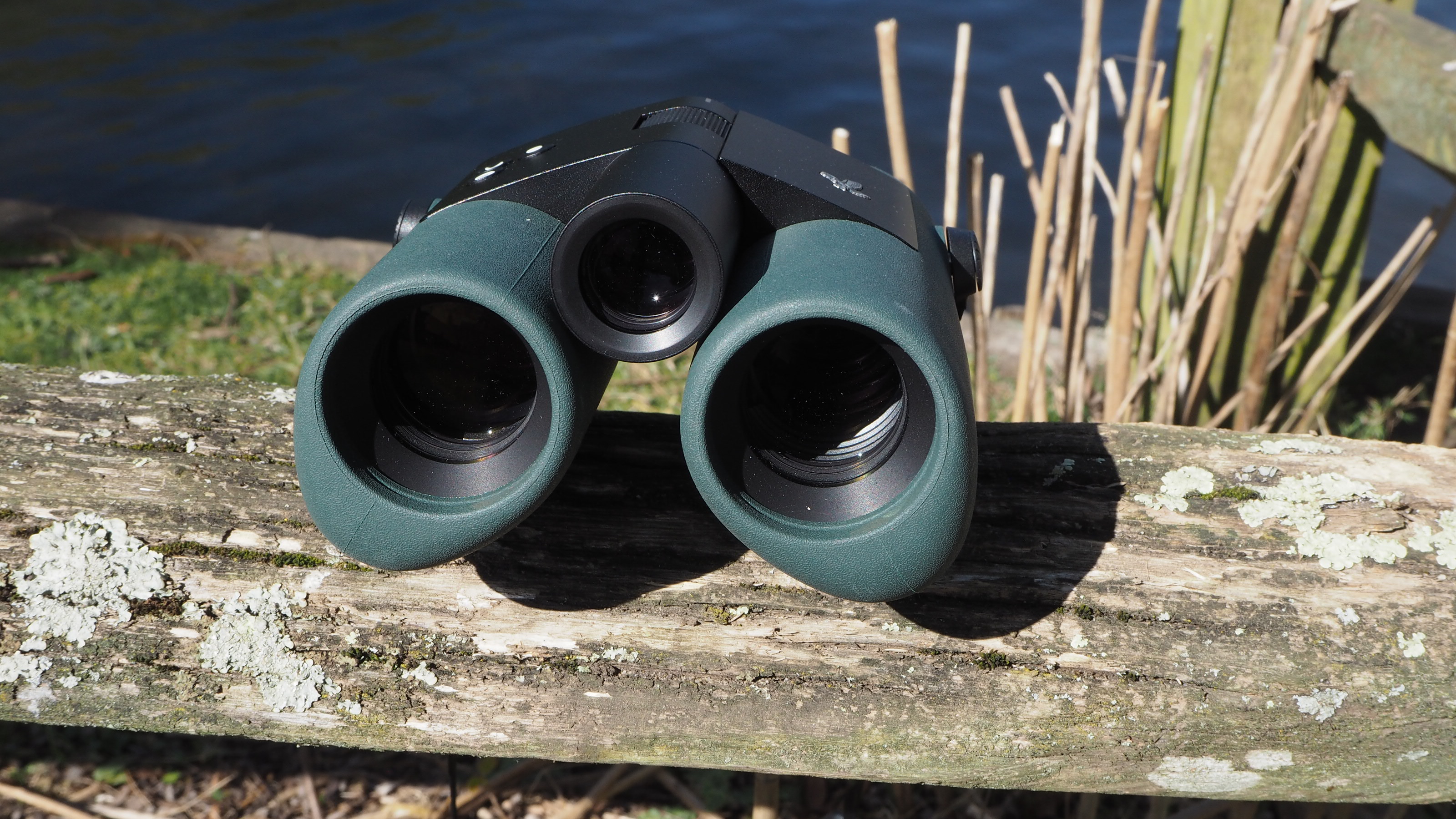
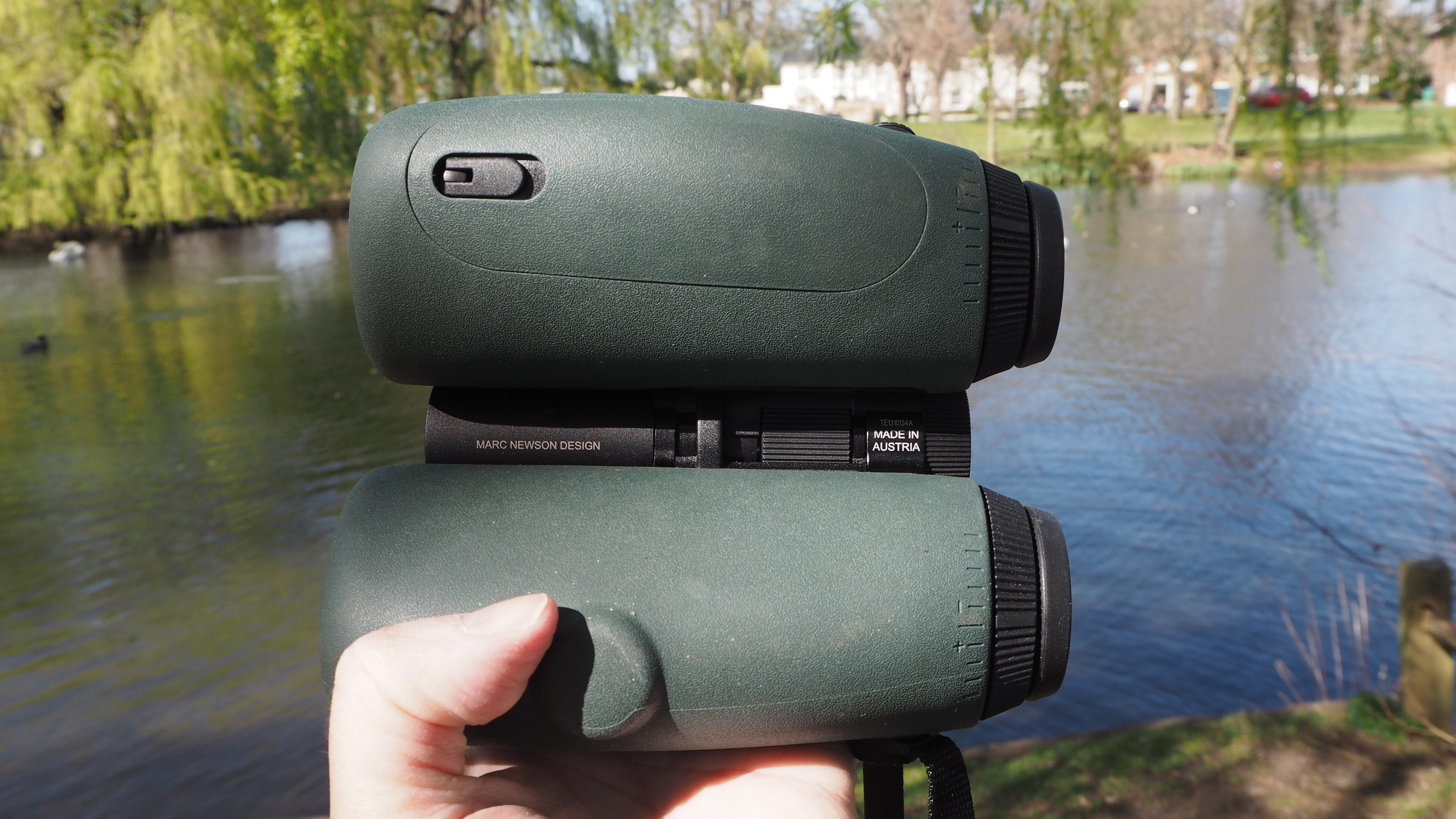
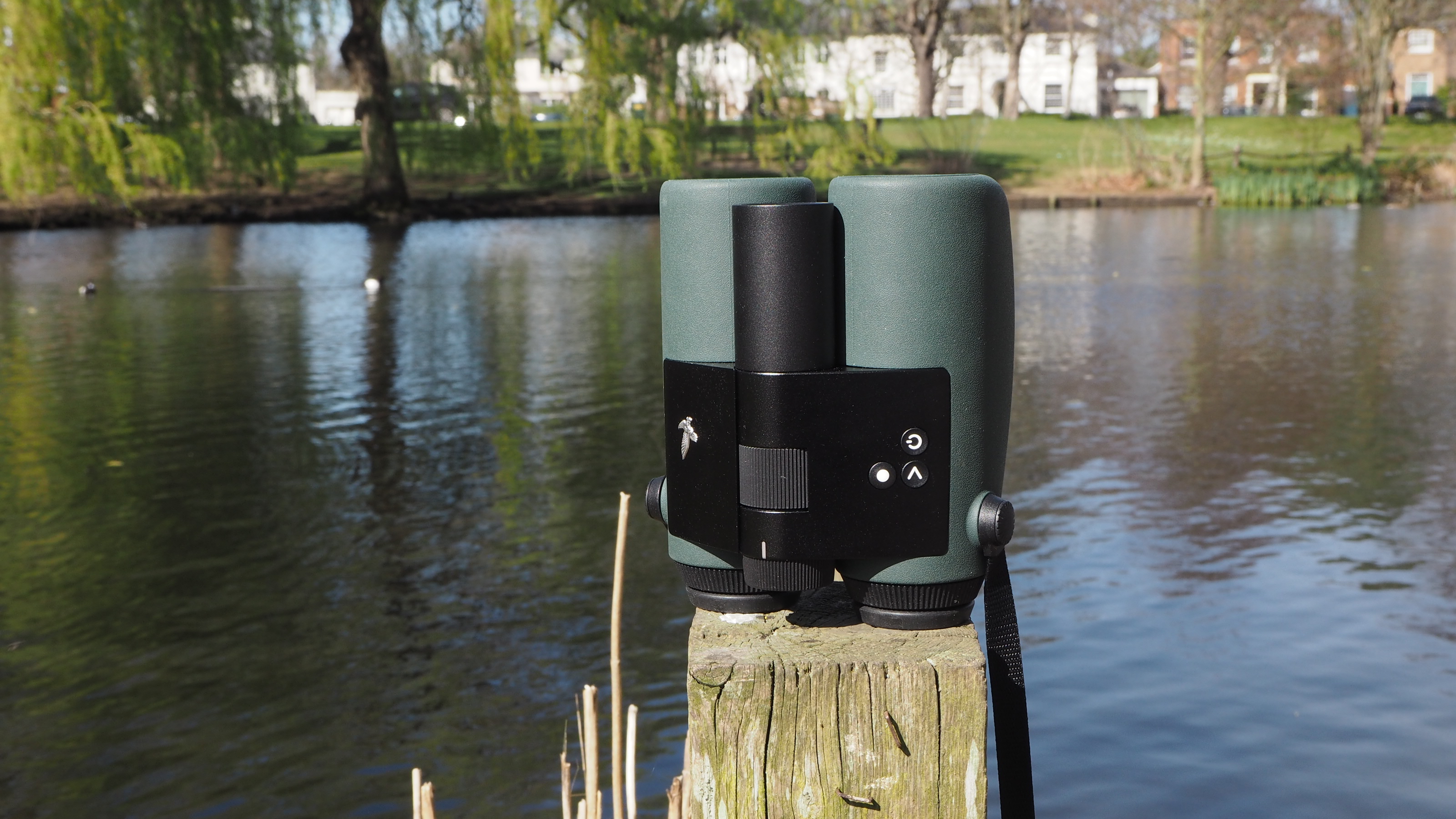
Specifications
Reasons to buy
Reasons to avoid
✅ You want the best optics: The sharpness and clarity offered by these binoculars is unrivalled.
✅ You want to identify unfamiliar wildlife: The AI functions within the binoculars allow you to label unfamiliar animals and critters.
❌ You’re not specifically interested in birds or animals: The smart features will largely be wasted if you're using the binoculars in other fields.
❌ You're on a budget: The Swarovski AX Vision 10x32 are prohibitively expensive, so if you're a casual user, look elsewhere.
🔎 Swarovski AX Visio 10x32: If you can afford it, these are some of the best binoculars you'll ever use. The smart features are fancy and futuristic, though may be wasted on people who can actually afford them. But the best-in-class optics are not to be missed. ★★★★
Design: Weatherproof and hard-wearing, the Swarovski AX Vision 10x32 binoculars feel every bit as premium as you'd expect from a pair of binoculars costing upwards of $4,000. Their body is a mix of sleek metal and rubber coating to make them comfortable in the hand, and the green coloring helps you blend into your surroundings when birdwatching.
They look fantastic, but because of the technology on board they're heavier than most binoculars of this size, so that's something to bear in mind. They aren't too heavy that they're unusable, but since there's no tripod mount you have no option but to use them handheld.
Performance: In our Swarovski AX Vision 10x32 review, we praised the quality of the optics: these binoculars are best-in-class, and you'll struggle to find sharper, more vivid images anywhere else. There's image stabilization built in, so you'll always get clean, judder-free images. You'll of course need to have the rechargable battery powered up and plugged into the binos to make use of IS (and the AX Vision's smart functions), but without it you can use them as standard analog binoculars.
Functionality: The selling point of the Swarovski AX Vision 10x32 is undoubtedly its AI-powered smart functions. These binoculars are capable of labeling and identifying unfamiliar creatures when bird- or nature-watching, acting as an educational tool as well as a premium set of binoculars. We love the idea of it but we're not sure if it's more of a gimmick than something that's going to be very useful — especially this early on in the technology's life. After all, if you can afford to spend $4,900 on binoculars for nature watching, we're going to assume you're already an expert.
- Read our full Swarovski Optik AX Vision 10x32 review for more details.
Attributes | Notes |
|---|---|
Design | Compact and premium. |
Performance | Best-in-class optics. |
Functionality | Smart AI-powered functions can label wildlife targets. |
Best binoculars: comparison
| Row 0 - Cell 0 | Magnification | Objective lens diameter | Prism: | Lens coating: | Field of view at 1,000 meters: | Minimum focusing distance: | Eye relief | Weather sealed: | Weight |
Nikon Monarch HG 10x42 | 10x | 42mm | Roof | Fully multi-coated | 394 ft / 120.2m | 6.6 ft / 2m | 17mm | Waterproof & nitrogen purged | 1.5 lbs / 680g |
Olympus 8x42 Pro | 8x | 42mm | Roof | Fully multi-coated | 43 ft / 13.1m | 4.9 ft / 1.5m | 16mm | Waterproof & nitrogen purged | 1.5 lbs / 670g |
Celestron Nature DX 12x56 | 12x | 56mm | Roof | Fully multi-coated | 315 ft / 96m | 9.84 ft / 3m | 16mm | Water-resistant & nitrogen purged | 2.26 lbs / 1.03kg |
Steiner 10x26 Safari Ultrasharp | 10x | 26mm | Roof | Steiner High-Contrast coatings on every lens | 331 ft / 101m | 11 ft / 3.35m | 11mm | Waterproof | 10.5 oz / 297g |
Leica Trinovid 10x42 HD | 10x | 42mm | Roof | Fully multi-coated | 371ft / 113m | 5.3 ft / 1.62m | 15.7mm | Water resistant & nitrogen purged | 25.75 oz / 730g |
Olympus 8x25 WP II | 8x | 25mm | Roof | Fully milti-coated | 354 ft / 108m | 31.5 ft / 9.6m | 15mm | Waterproof & nitrogen filled | 0.63 lbs / 285g |
Canon 10x20 IS | 10x | 20mm | Porro | Broadband Super Spectra Coating system | 305 ft / 93m | 6.56 ft / 2m | 13.5mm | Not waterproof | 15 oz / 430g without batteries |
Canon 10x42L IS WP | 10x | 42mm | Porro | Fully Super Spectra Coatings | 342 ft / 104m | 8.2 ft / 2.5m | 17mm | Waterproof & fog proof | 2.43 lbs / 1.1kg |
Leica Noctivid 10x42 | 10x | 42mm | Roof | Anti-Reflection Fully Multi-Coated | 443 ft / 135m | 6.2 ft / 1.9m | 19mm | Water resistant & fog proof | 1.88 lbs / 853g |
Celestron SkyMaster 20x80 Pro | 20x | 80mm | Porro | Proprietary XLT and Multi-coated | 168 ft / 51.2m | 66.3 ft / 20.21m | 15.5mm | Waterproof & fog proof | 86.4 oz / 2.4kg |
Swarovski Optik AX Visio 10x32 | 10x | 32mm | Roof | Fully multi-coated | 369ft / 112m | 3m / 9.8 feet | 17.8mm | Waterproof & fog proof | 38.4 oz / 1,090g without battery |
Contributing experts & product testers

Moose has dedicated his life to the education and protection of our wild heritage through his photography for over 40 years. He is a Nikon USA ambassador, recipient of the John Muir Conservation Award and research associate with the Endangered Species Recovery Project, to name a few. He has written 29 books and been published in over 143 magazines worldwide.
Moose has contributed to our FAQs.
Our product testers
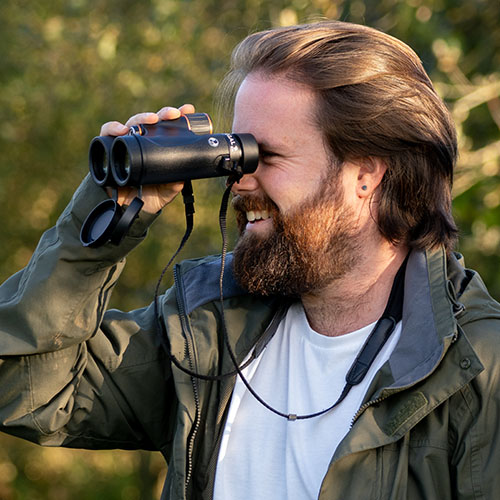
Jase Parnell-Brookes is the Managing Editor for e-commerce for Live Science and Space. Previously the Channel Editor for Cameras and Skywatching at Space, Jase has been an editor and contributing expert across a wide range of publications since 2010. Based in the UK, they are also an award-winning photographer and educator, winning the Gold Prize award in the Nikon Photo Contest 2018/19 and named Digital Photographer of the Year in 2014. After completing their Master's degree in 2011 and qualifying as a teacher in 2012, Jase has spent the last two decades studying and working in photography and publishing in multiple areas, and specializes in low light optics and camera systems.
Jase has reviewed the Nikon Monarch HG 10x42, Celestron Nature DX 12x56, Leica Trinovid 10x42 HD, Leica Noctivid 10x42 and the Celestron SkyMaster 20x80 Pro in this guide.

Gavin has over 30 year experience of writing about photography and television. He is currently the editor of British Photographic Industry News, and previously served as editor of Which Digital Camera and deputy editor of Total Digital Photography.
He also writes on a number of specialist subjects including binoculars and monoculars, spotting scopes, microscopes, trail cameras, action cameras, body cameras, filters, cameras straps and more.
Gavin has reviewed the Olympus 8x42 Pro, Olympus 8x42 WP II, Canon 10x42 IS WP and Canon 10x20 IS in this guide.
Best Binoculars FAQ
What are the best binoculars to buy?
We rated the Nikon Monarch HG 10x42 as the best binoculars to buy, but it largely depends on what you want to use them for. "I think 'best' is up to the user as we all have different eyesight. My binoculars of choice are the Nikon Prostaff P3 because of their lightweight power." Moose Peterson told Live Science. For high-magnification viewing, you'll want a pair with 15x magnification or more, and the larger the objective lenses, the more light they'll let through. The best binoculars also have various lens coatings and weatherproof qualities to prolong their lifespan.
Are 10x42 or 10x50 binoculars better?
Both 10x42 and 10x50 binoculars are ideal for general-purpose viewing, however, the 10x50 have superior light-gathering ability thanks to their larger objective lens diameter (50mm vs 42mm) and are therefore better for low light observation.
What size binoculars do I need for long distance viewing?
For long-distance viewing, the higher the magnification, the better. We'd recommend 12x and above, like the Celestron Nature DX 12x56, although some of the best binoculars for stargazing have a magnification of 15x, 20x or even 25x. But it's worth keeping in mind that higher magnification binoculars may require a tripod to maintain steady, wobble-free views.
What magnification binoculars are best for bird watching?
Most birders prefer binoculars with magnification between 7x-10x. If you do your wildlife watching in woodlands, you may prefer 8x for the slightly wider field of view, but if you observe birds across open stretches of land or water, you may want to opt for a pair with 10x magnification. We named the Leica Noctivid 10x42 as the best binoculars for bird watching, and gave them an impressive 5/5 stars in our full Leica Noctivid 10x42 review.
What strength of binoculars is best for stargazing?
The best binoculars for stargazing should have a magnification of 10x and above (the higher the better), and large objective lenses (ideally 50mm+) to let in as much light as possible. We think the best binoculars for stargazing are the Celestron SkyMaster Pro 20x80.
What to look out for when buying binoculars?
The best binoculars typically offer that sweet spot between good magnification, large-ish objective lens, size, weight and cost.
Which of these factors is most important to you will depend on what you're planning to use your binoculars for. We asked our contributing expert, Moose Peterson, and he said "Personally, I think physical weight and spread to fit comfortably in your eyes."
We've gone over each of these specs below to help you figure out which you should prioritize when choosing a pair of binoculars.
Lens size and magnification: The stronger the magnification and the bigger the objective lens, the closer we can bring faraway subjects and the sharper the overall image. While that sounds great, there is a trade-off, however: a chunkier pair of binoculars and a higher price tag. Additionally, the stronger the magnification, the trickier it can be to achieve a steady, judder-free view when using the binocular handheld.
Portability and stability: Not all models offer a workaround via a screw thread for tripod mounting, and of course not all of us want to be karting around a tripod anyway. So, in some circumstances – for example, if our key purchase requirement is a device compact enough to fit in a pocket or purse – then less can actually be more.
If we want a binocular to take to the sports stadium, theatre, music festival, or even for that weekend city break, portability is as important as power. If our chief concern is wildlife watching and identifying rare breeds from a fairly static viewpoint, however, then bigger binos all around are going to be the better option.
Other features to look out for: Further features to look out for if we’re going to be primarily using them outdoors include a degree of weather resistance. This typically involves nitrogen-purged housing to avoid lens fogging, while various lens coatings are applied to both offer improved light transmission and also cause any droplets to simply run off and avoid obscuring our view.
How much do decent binoculars cost?
This all depends on the materials used, specs and features, plus the quality of the glass and any coatings on the lenses. Some of the best premium models can cost thousands, but alternatively, you can get some decent all-purpose binoculars for under $200.
What do binocular numbers mean?
Each pair of binoculars displays two numbers, such as 8x42 or 10x50. The first number is the magnification power — how far you can see — and the second number is the size of the objective lenses in millimeters — this affects how much light enters the binoculars.
What is the difference between roof prism and porro prism binoculars?
The purpose of a prism is to show an upright image — without a prism, you'd see a reversed, upside-down image, so the prism's job is to correct that. There are two types of prism: Roof and Porro.
Porro prism binoculars tend to be the larger of the two to accommodate the internal layout of the prisms (the binoculars are often described as being 'broad-shouldered', where the eyepieces don't line up with the objective lenses). Due to this internal layout, each turn of light throughout the optical path is 90 degrees to avoid dispersing the light rays, resulting in a brighter, true-to-color three-dimensional image. Porro binoculars have an external focus wheel, whereas roof prism binos feature an internal focus worm.
Roof prisms are considerably more compact, and typically more popular than porro prism designs — to help you tell them apart, porro prism binoculars look like the letter M, and roof prism binos look like the letter H. Their light path looks more triangular, like the roof of a house, hence the name. Roof prism binoculars are also easier to seal, making for better waterproofing qualities.
What do lens coatings do?
Optical lens coatings provide a sharper and more contastful image by reducing glare and internal light loss, eliminating reflections and ensuring an even light transmission. There are different levels and qualities of coatings, but almost all modern consumer optics have some type of optical coating. You tend to see either multi-coated, which means at least one of the major optical elements has coatings, or fully coated, where all glass surfaces have a layer of coating.
Latest updates
June 10, 2025: Added Swarovski AX Vision 10x32 as 'Best smart binoculars' option. Refreshed introduction with up-to-date information.
Also tested
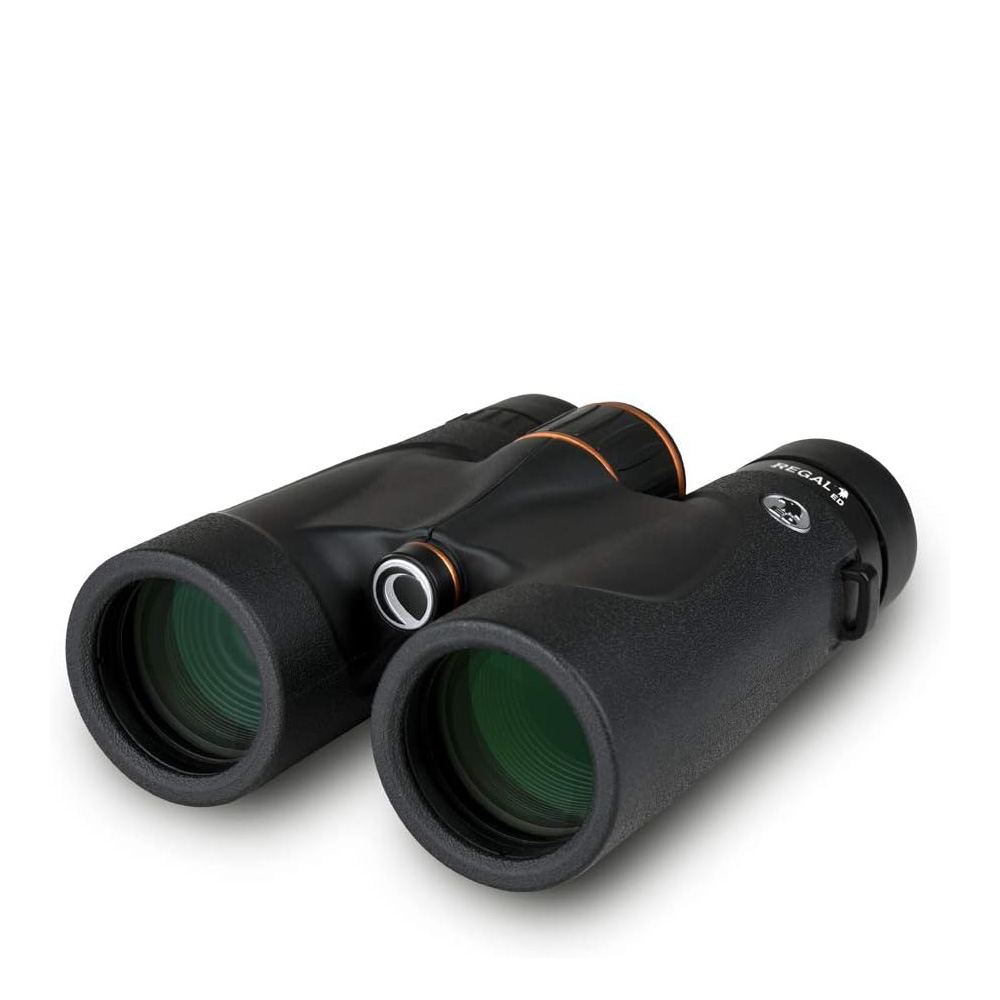
Excellent quality glass and perfect for the generalist observer, these 10x42s from Celestron are reliable and versatile.
Read our full Celestron Regal ED 10x42 review
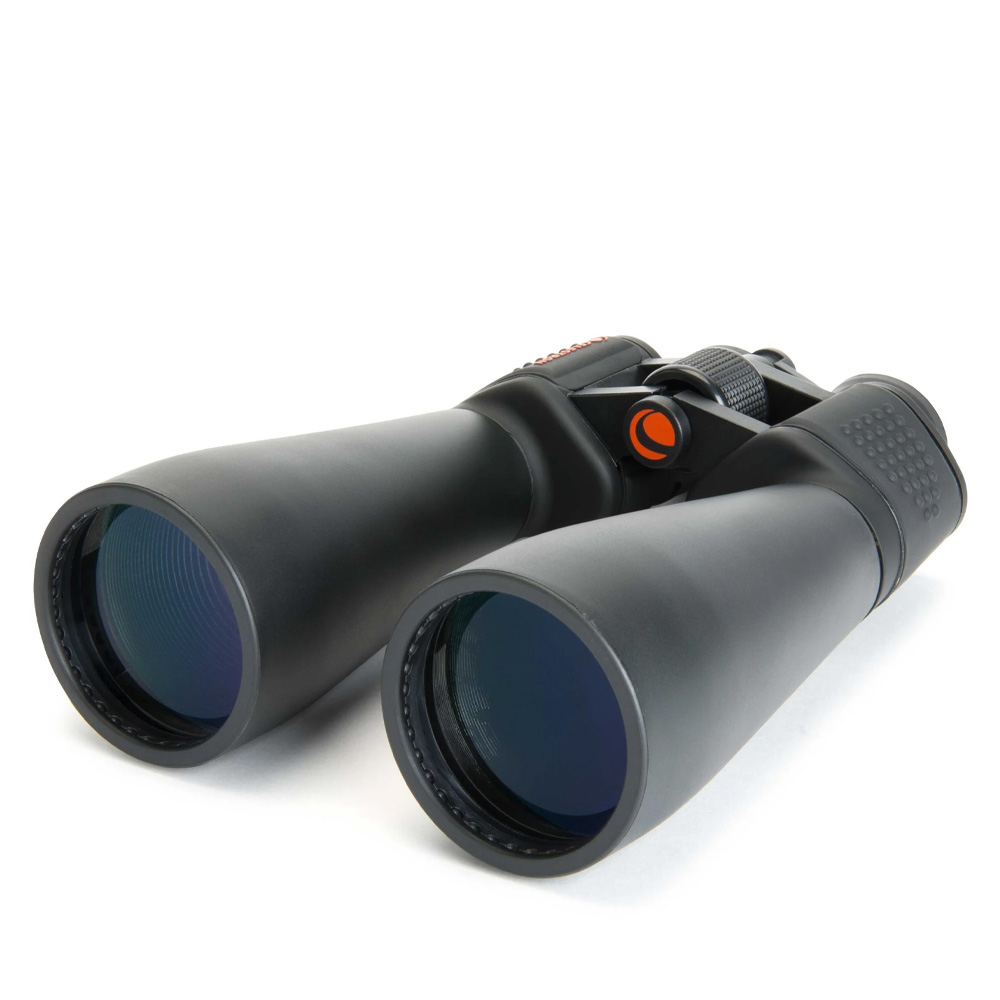
Impressive views of the night sky on a budget, we were able to spot the Orion nebula, the Andromeda Galaxy and all four Galilean moons of Jupiter.
Read our full Celestron SkyMaster 15x70 review
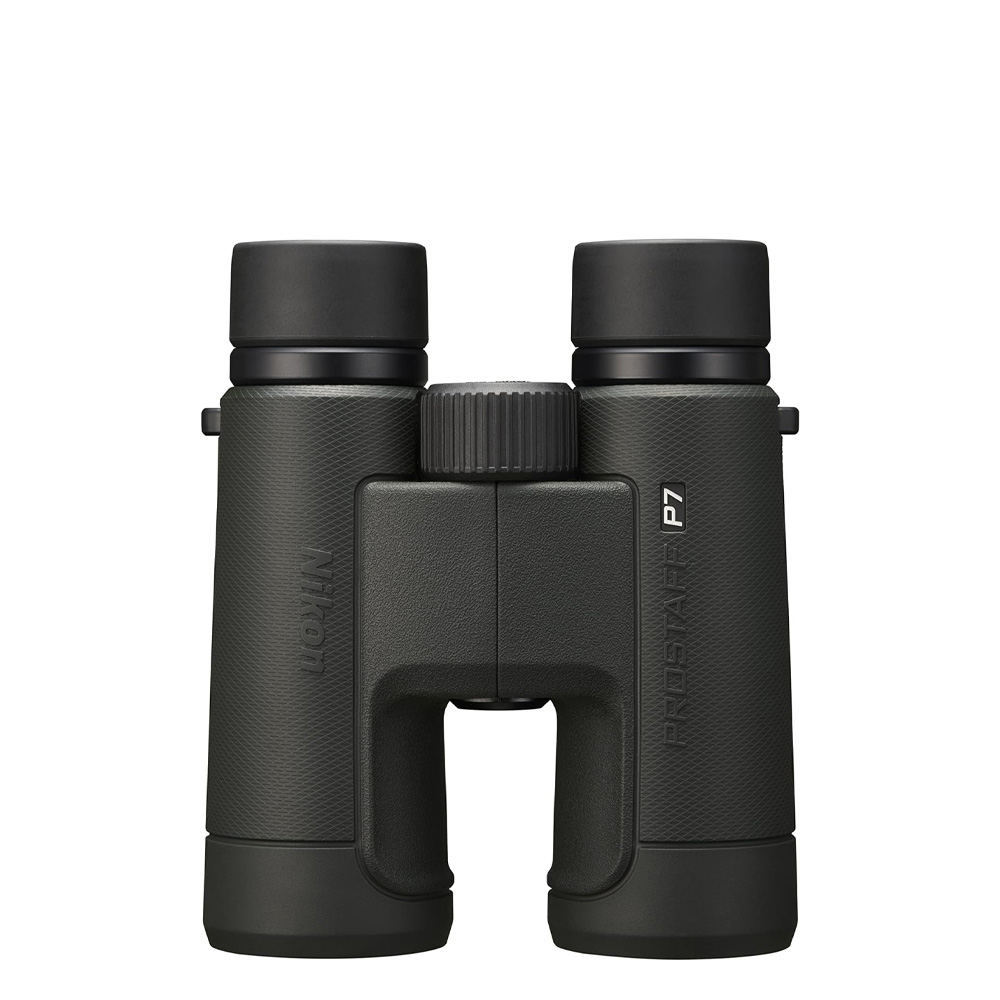
These pocket-friendly binoculars from Nikon are small and lightweight with impressive optics for the price. Ideal for hiking or camping trips.
Read our full Celestron Prostaff P7 8x42 review
How we test the best binoculars





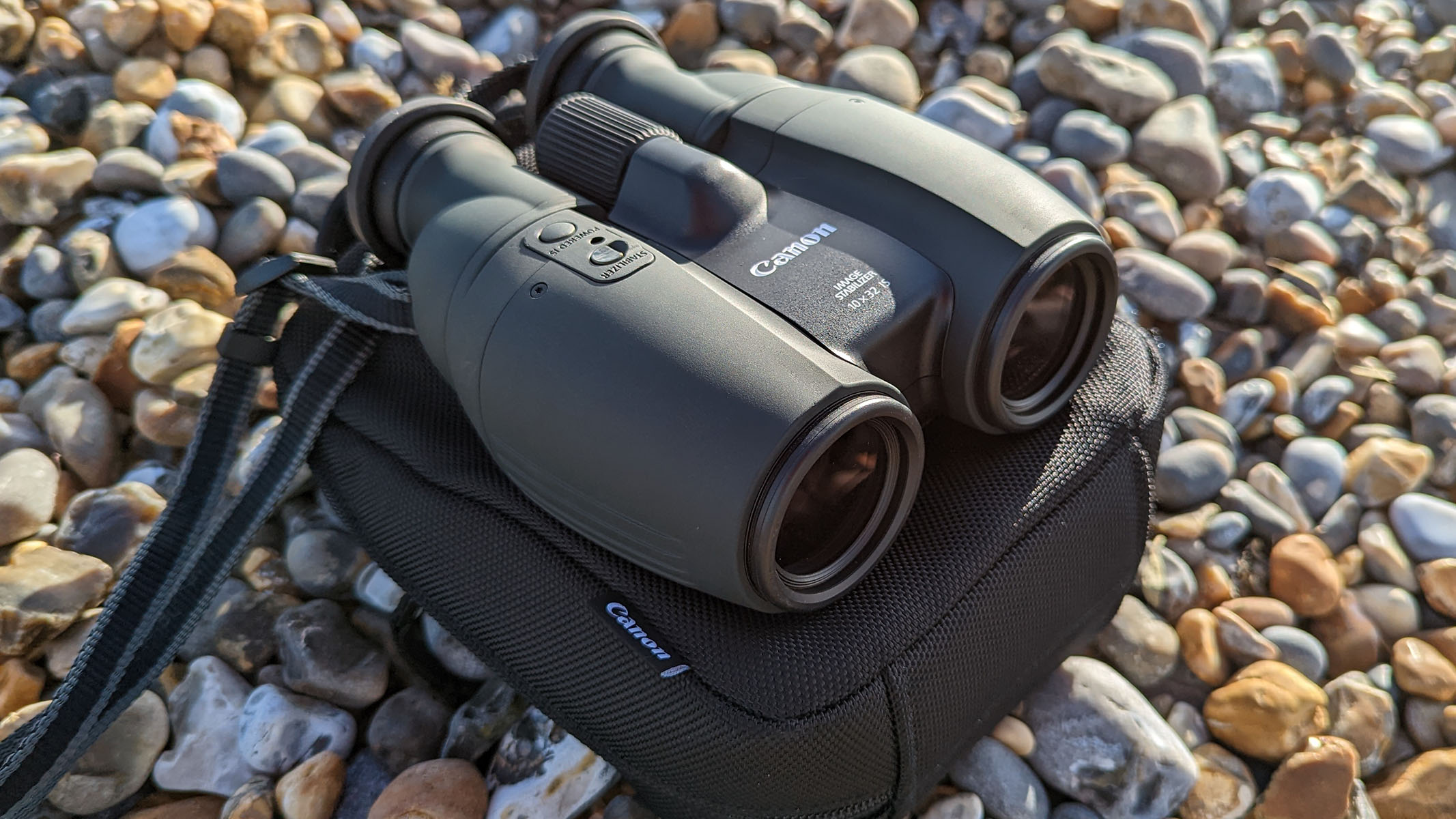


Each pair of binoculars is tested by our expert reviewers in real-world conditions, from their backyard to remote locations out in the field, determining how their design and optics affect their use for various pursuits. For example, stargazing binoculars will likely be mounted on a tripod and will need to let more light in than most, whereas a pair of wildlife binoculars will need to be lightweight enough to use handheld and track birds in flight.
We assess the performance of each binocular by the sharpness and brightness of the image, and we look for any image defects like chromatic aberration around bright objects. We also look at whether the eye relief is suitable for users who wear glasses and evaluate the quality of any included accessories.
With our expert reviewer's extensive knowledge, we assess where each pair of binoculars sits in the market and what type of user they will suit best. Two different pairs of binoculars may have been given the same rating, but one might be a premium Leica model and the other a more affordable beginner pair — both great optical instruments for their price and what they offer, but not comparable side by side.
Get the world’s most fascinating discoveries delivered straight to your inbox.
Gavin has over 30 year experience of writing about photography and television. He is currently the editor of British Photographic Industry News, and previously served as editor of Which Digital Camera and deputy editor of Total Digital Photography.
He has also written for a wide range of publications including T3, BBC Focus, Empire, NME, Radio Times, MacWorld, Computer Active, What Digital Camera and Rough Guide books.
He also writes on a number of specialist subjects including binoculars and monoculars, spotting scopes, microscopes, trail cameras, action cameras, body cameras, filters, cameras straps and more.
- Jase Parnell-BrookesManaging Editor, e-commerce
- Kimberley LaneE-commerce writer
